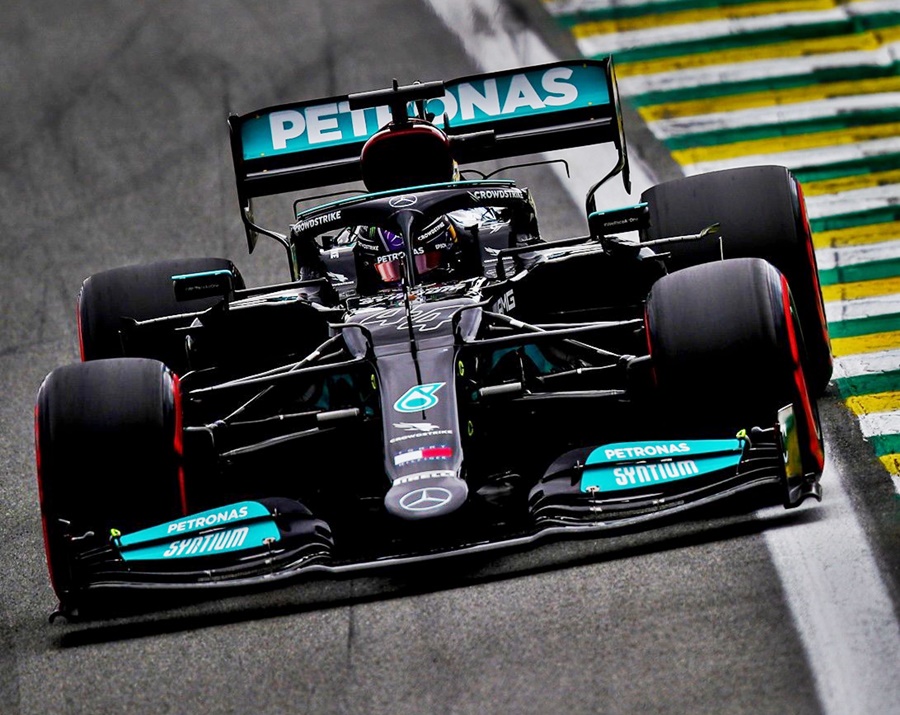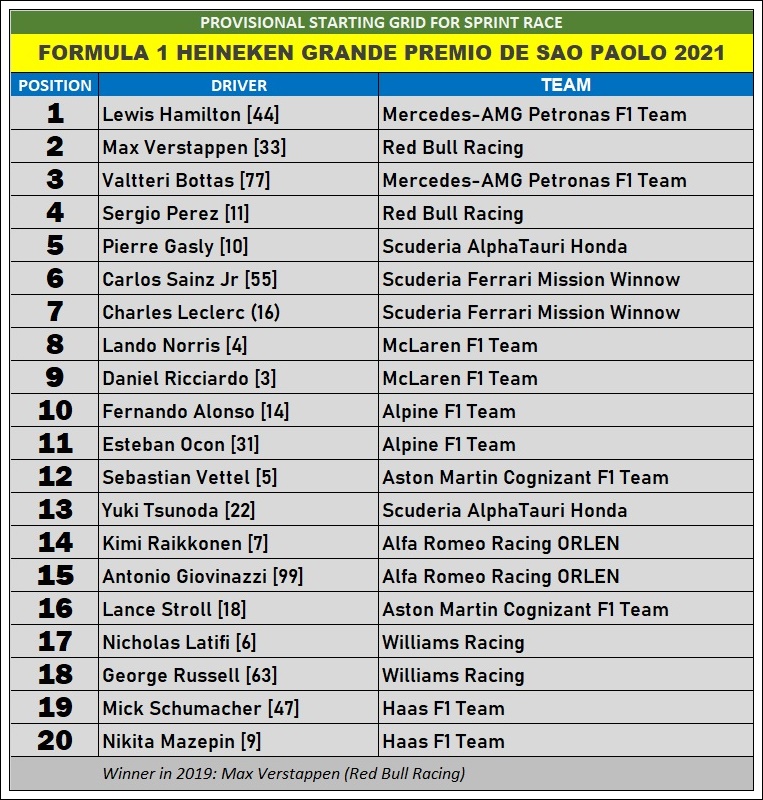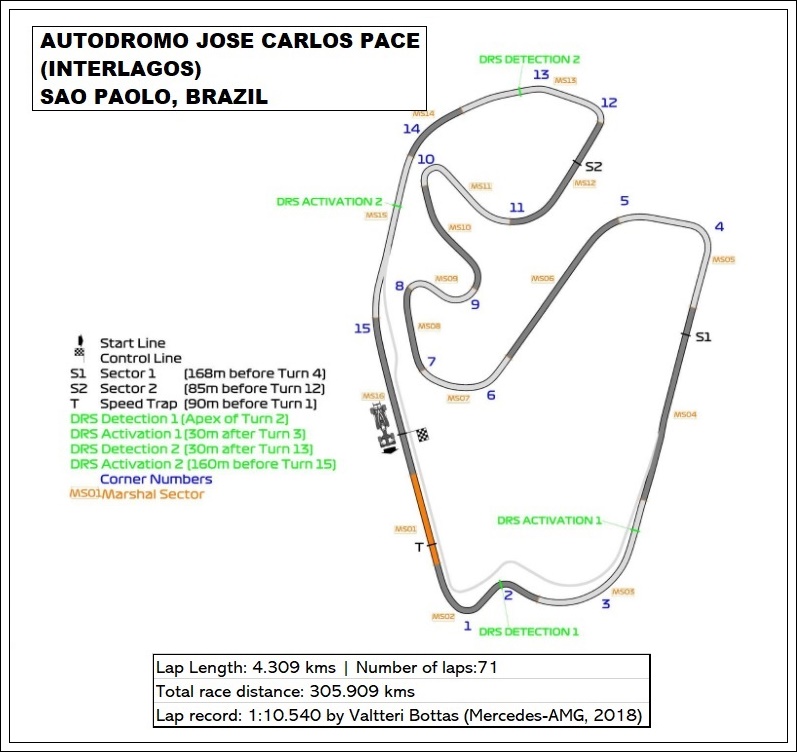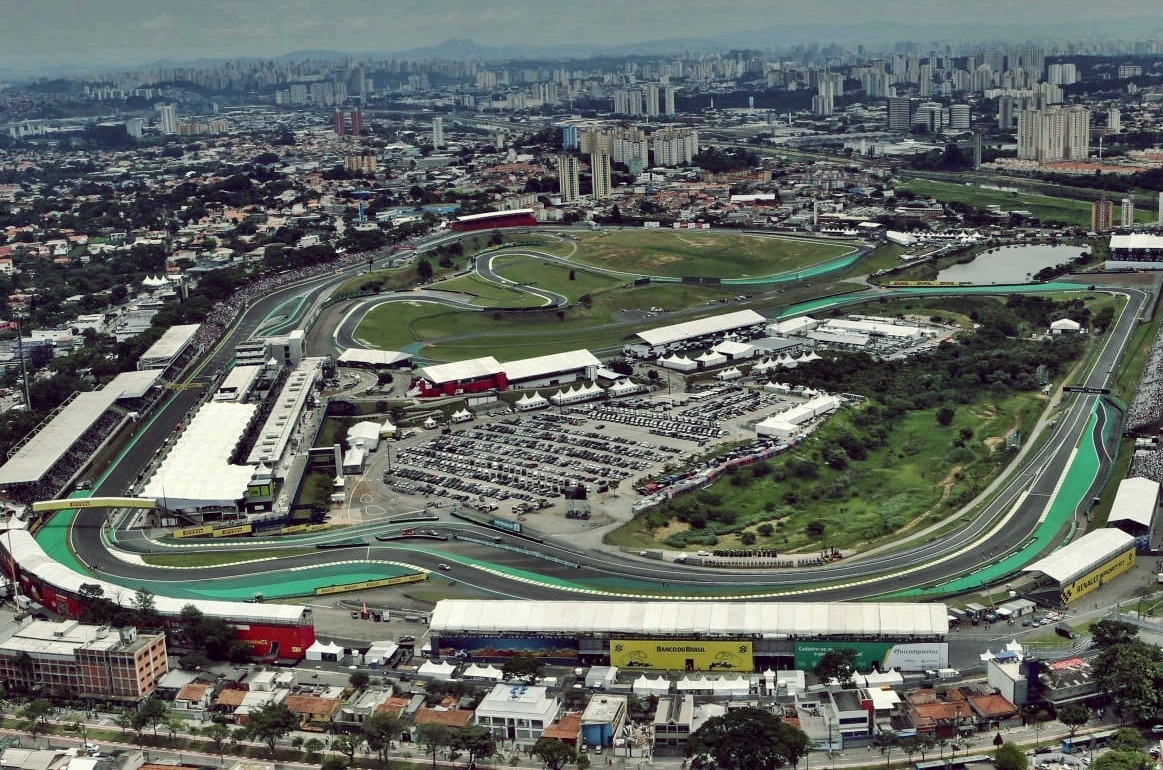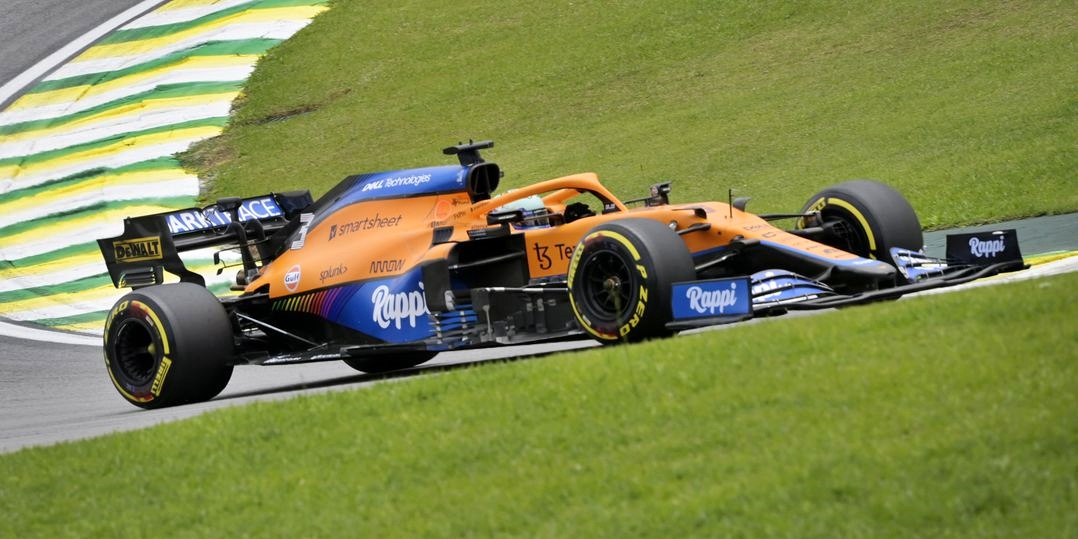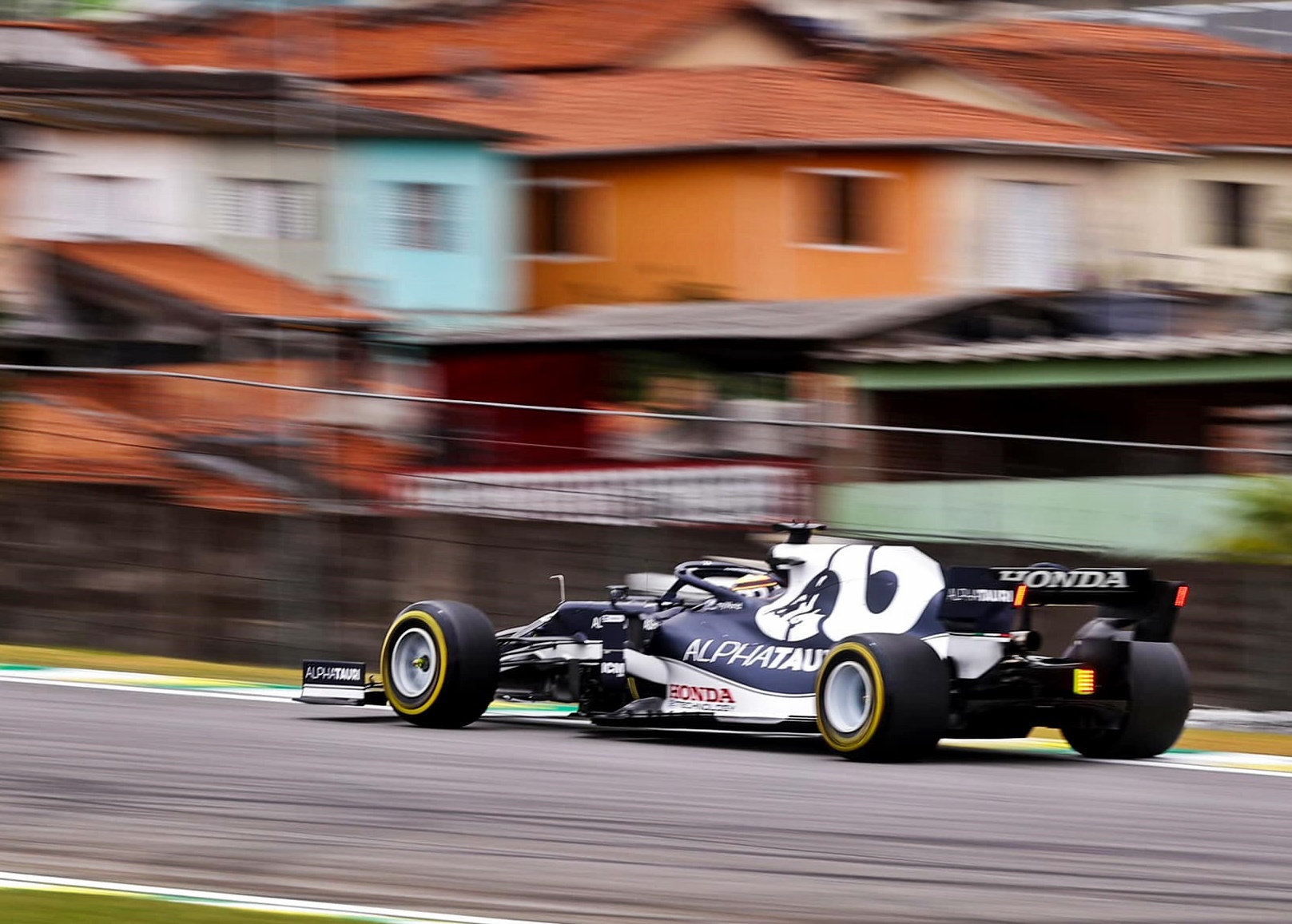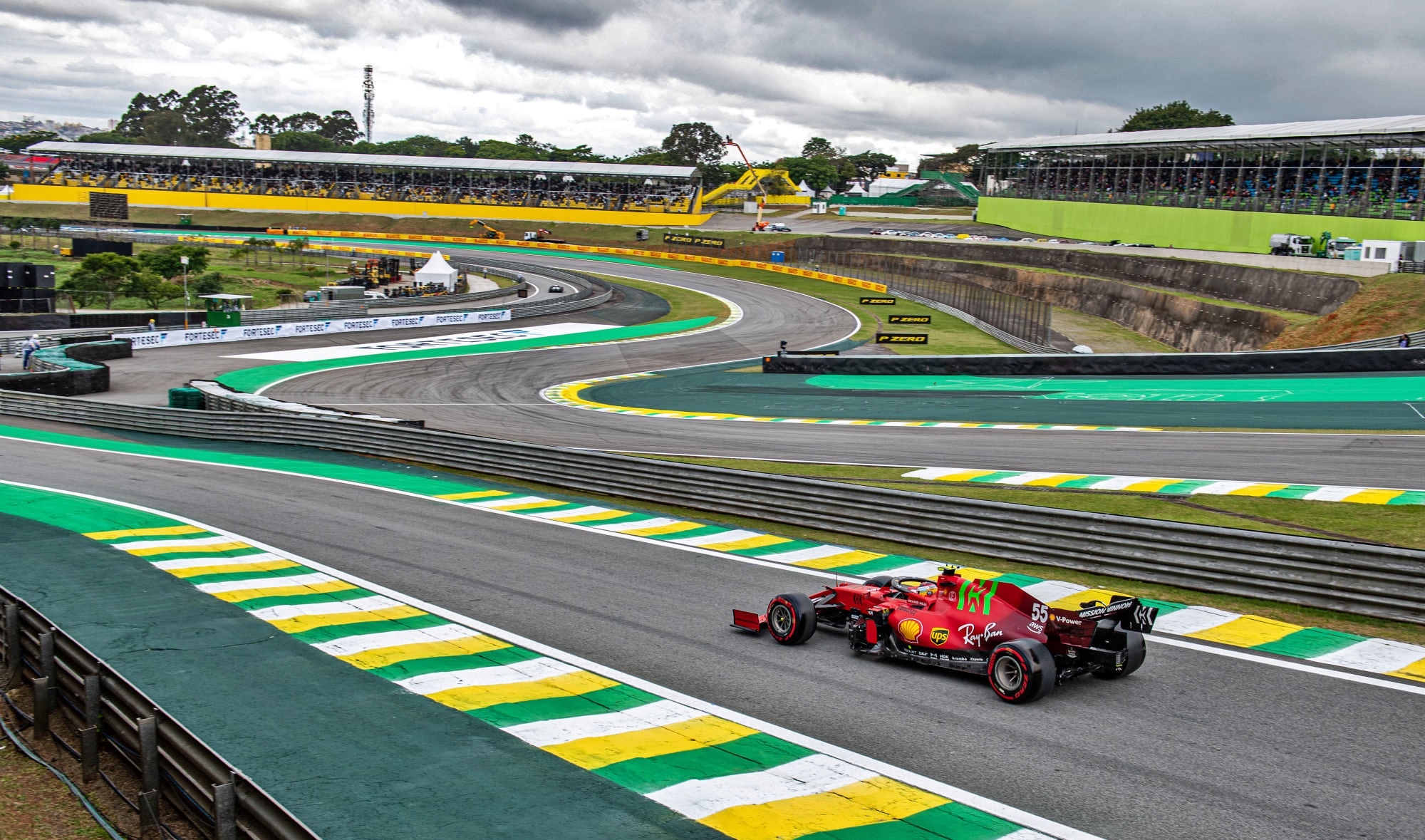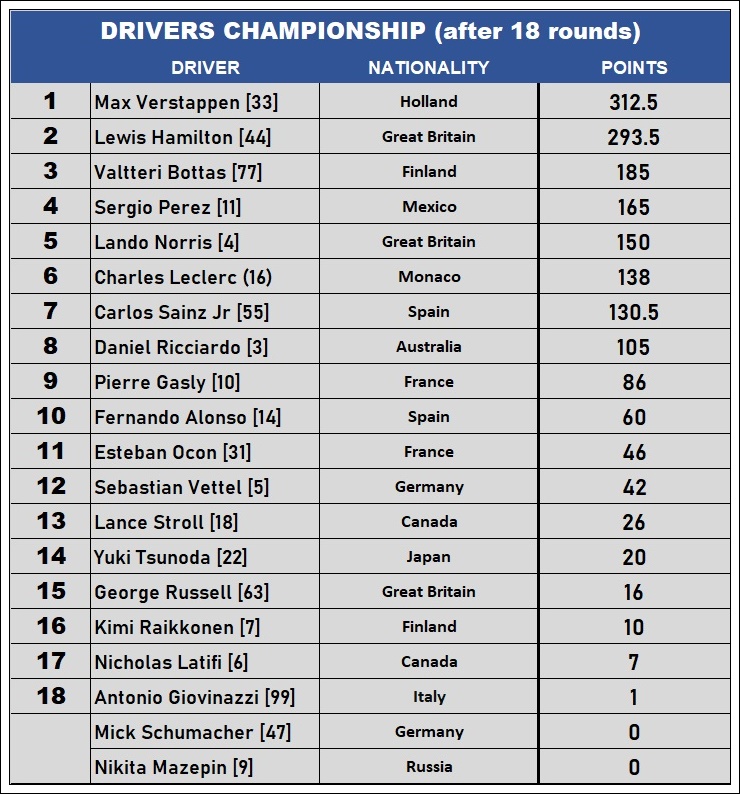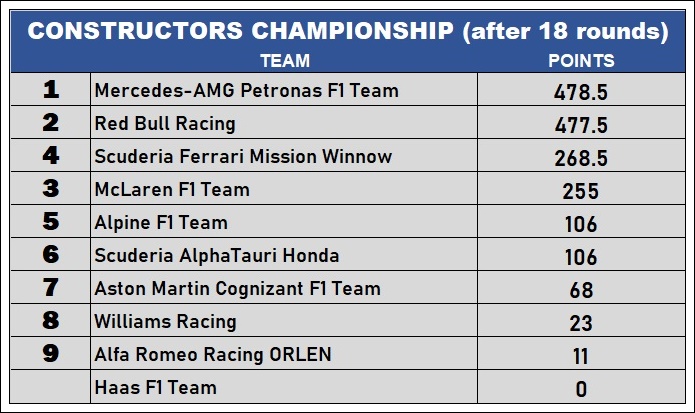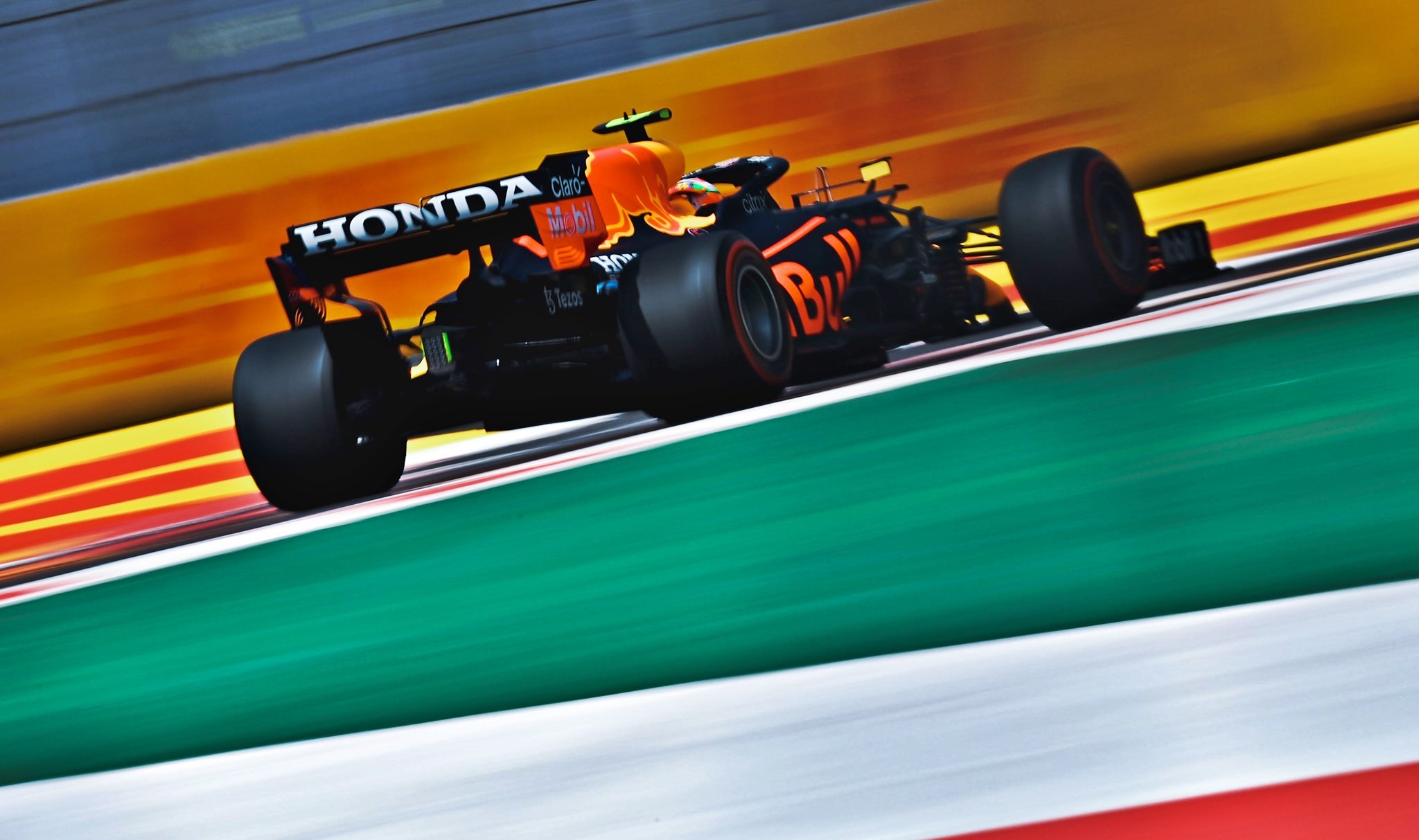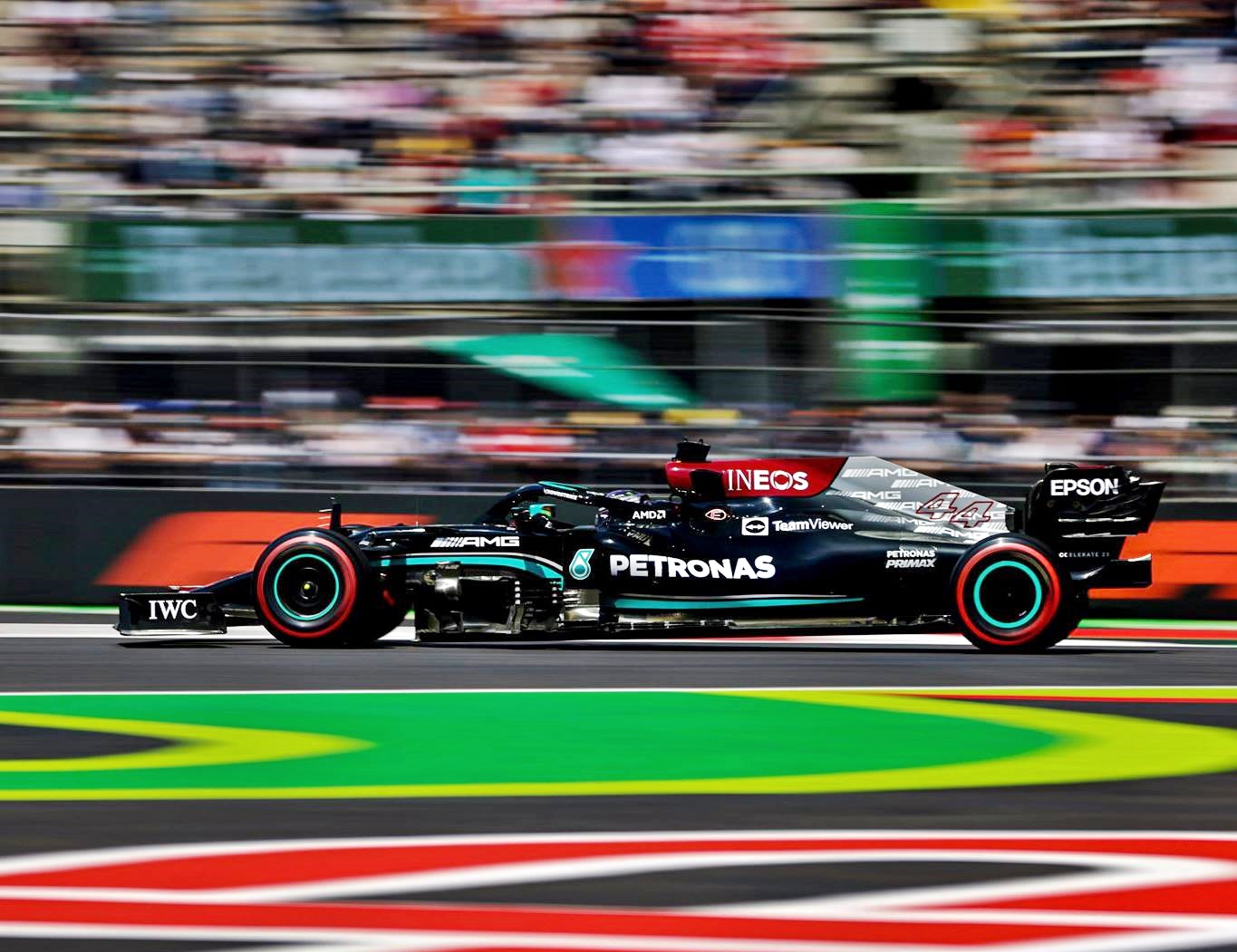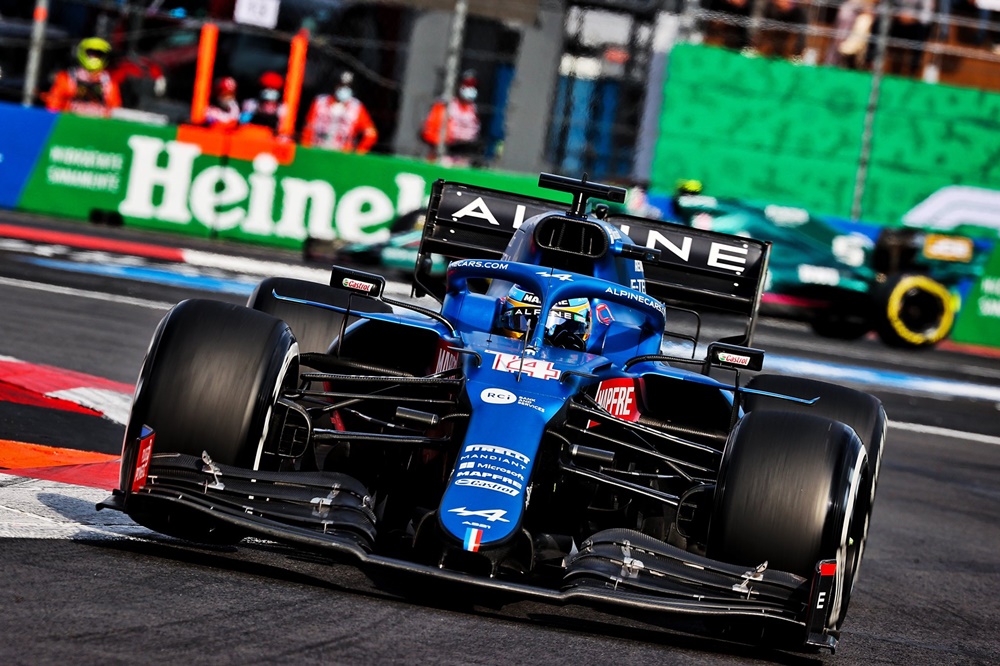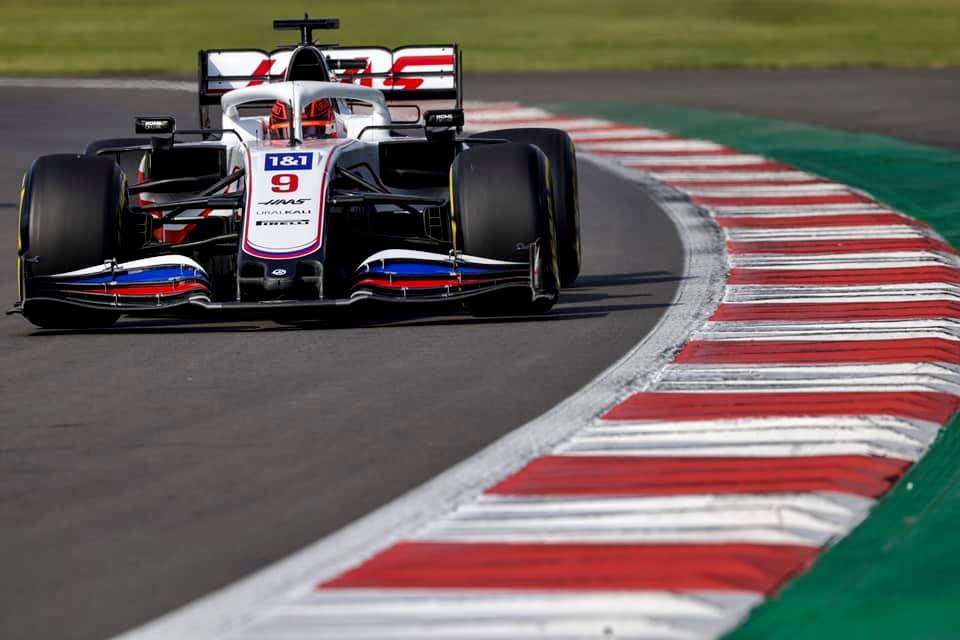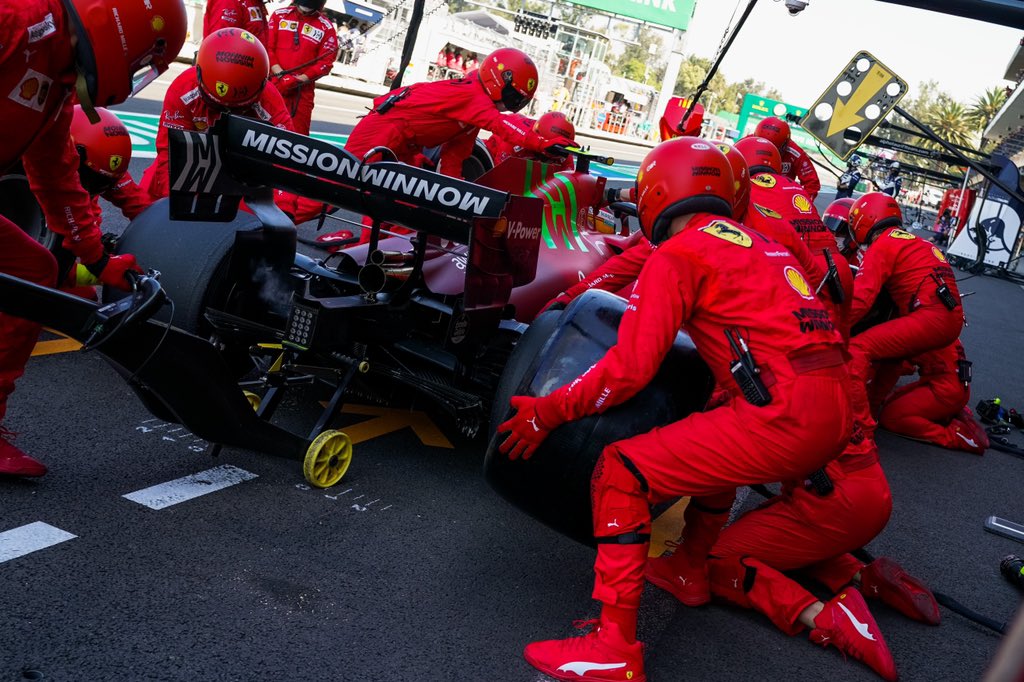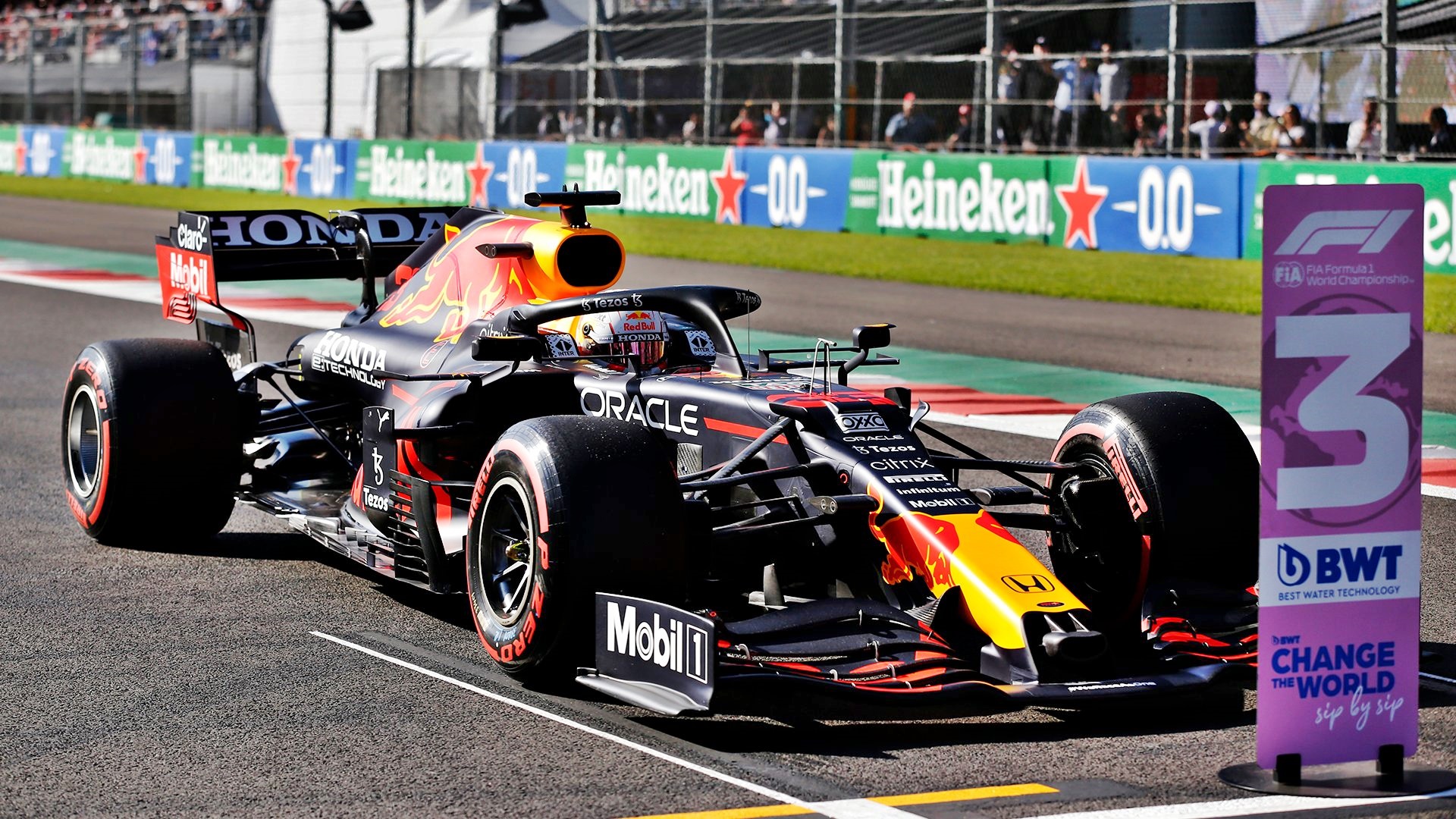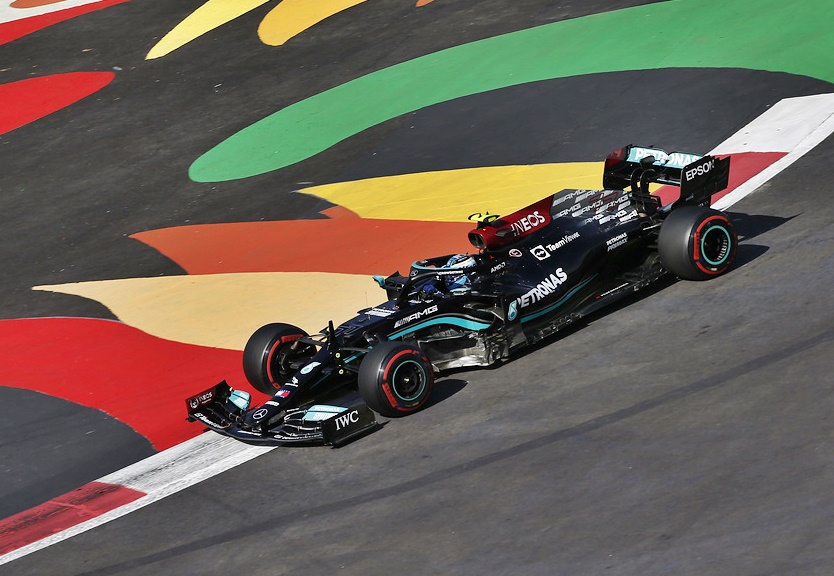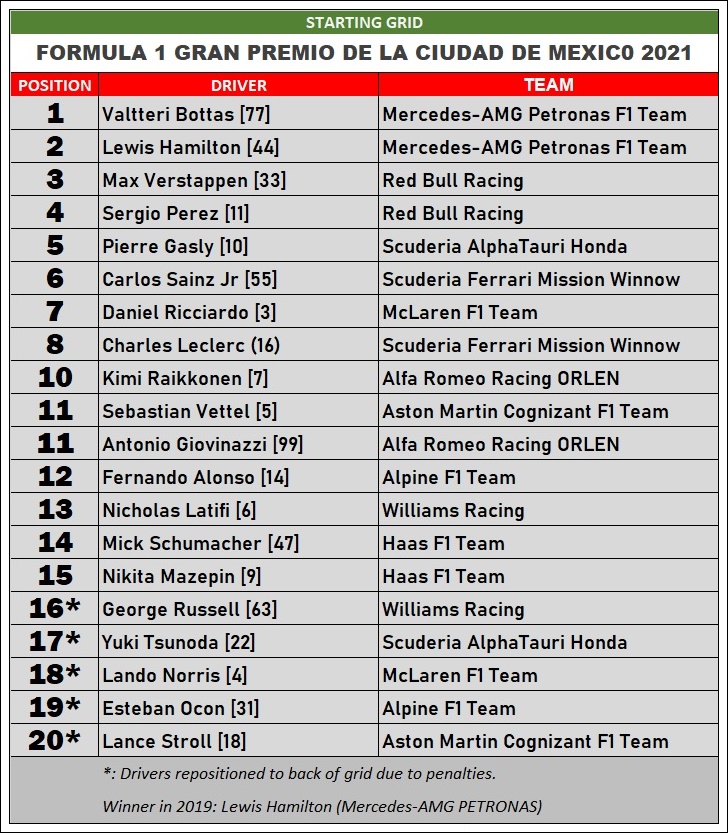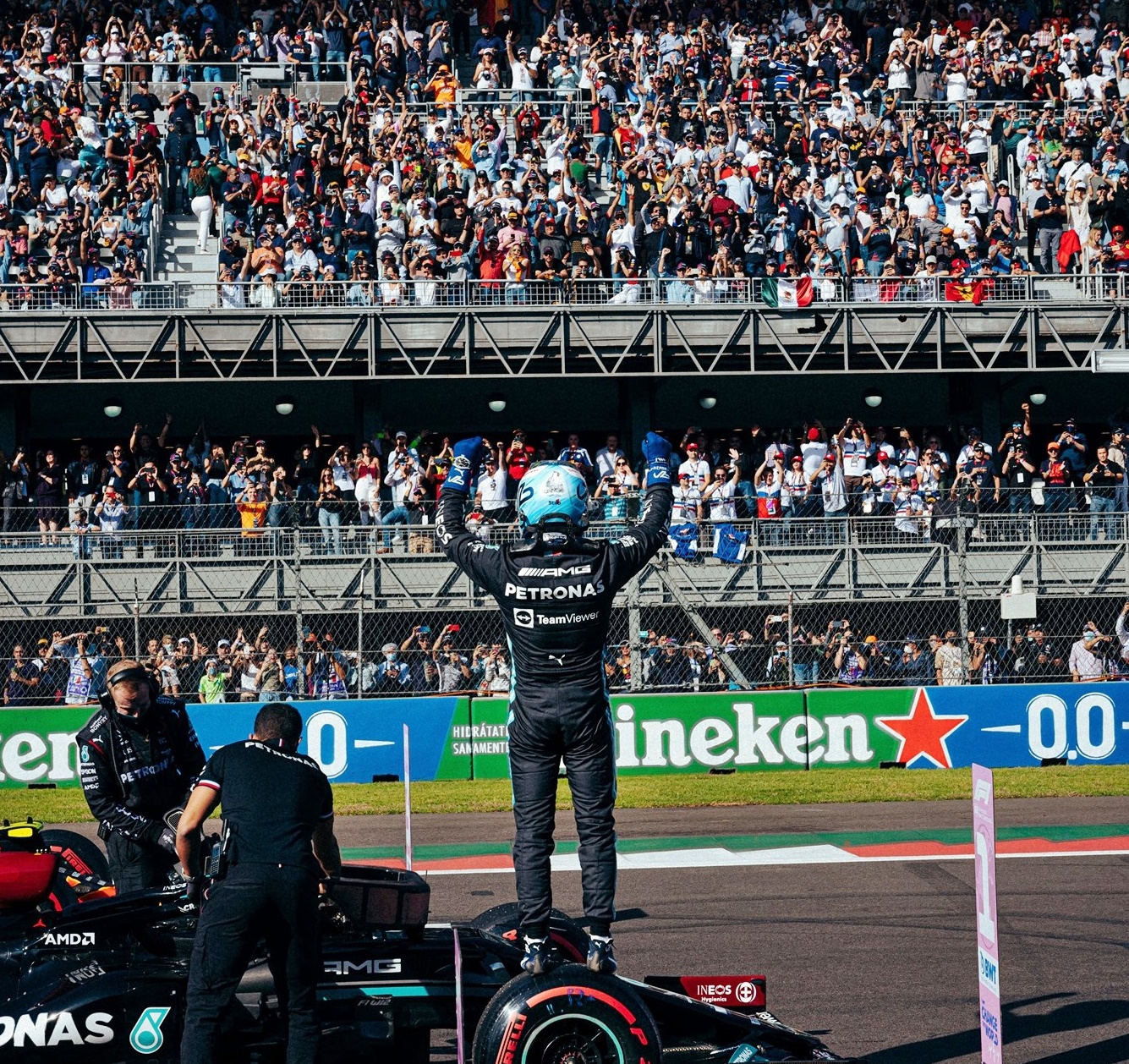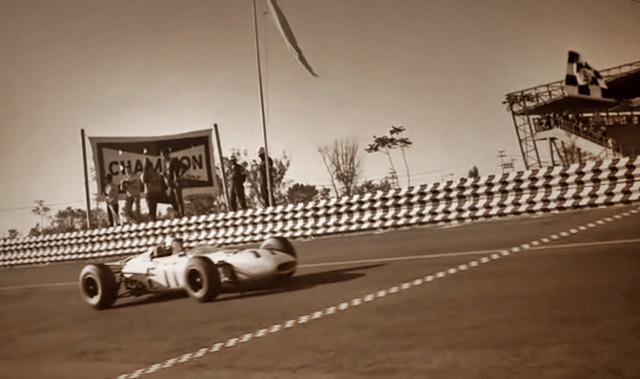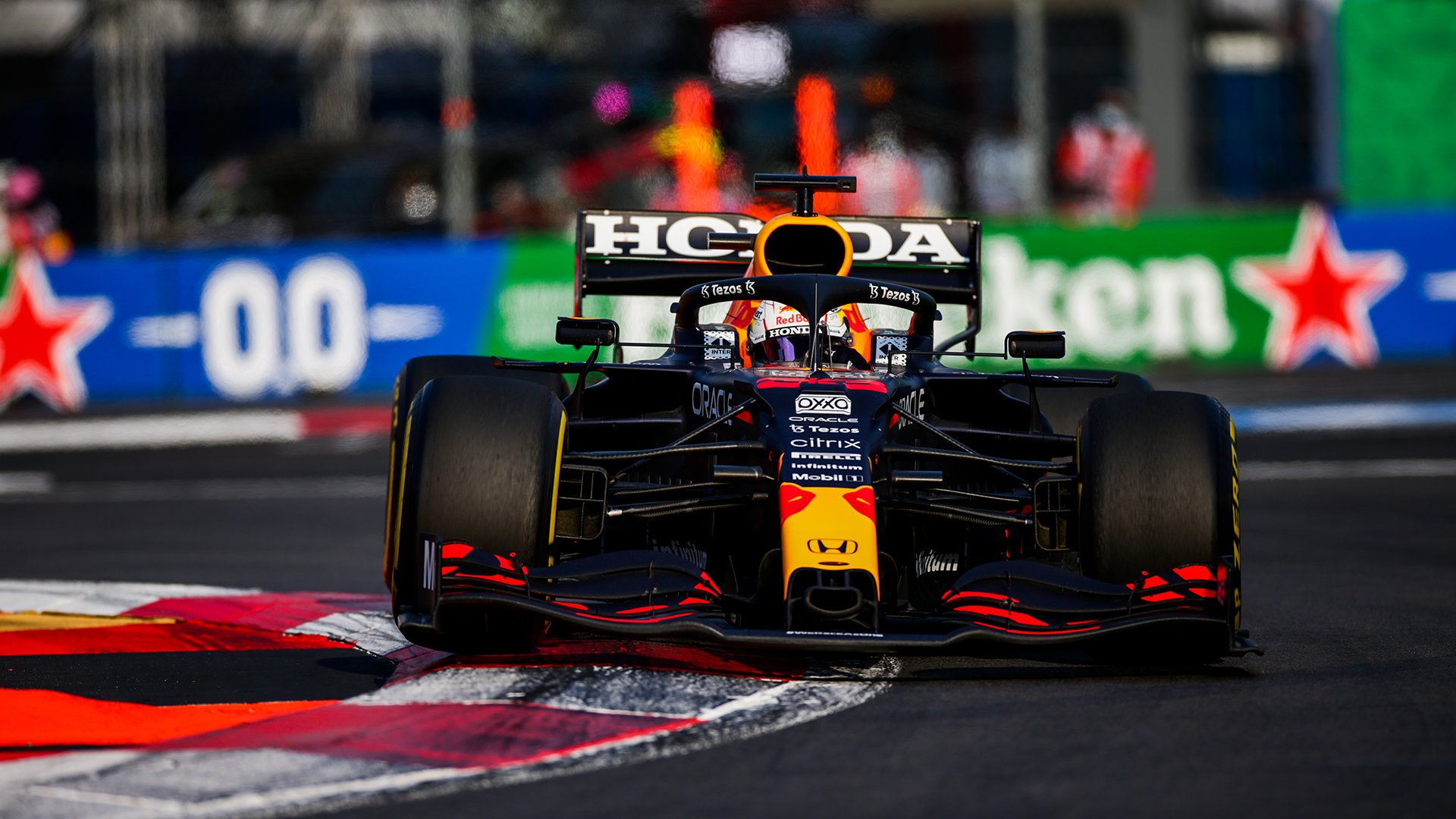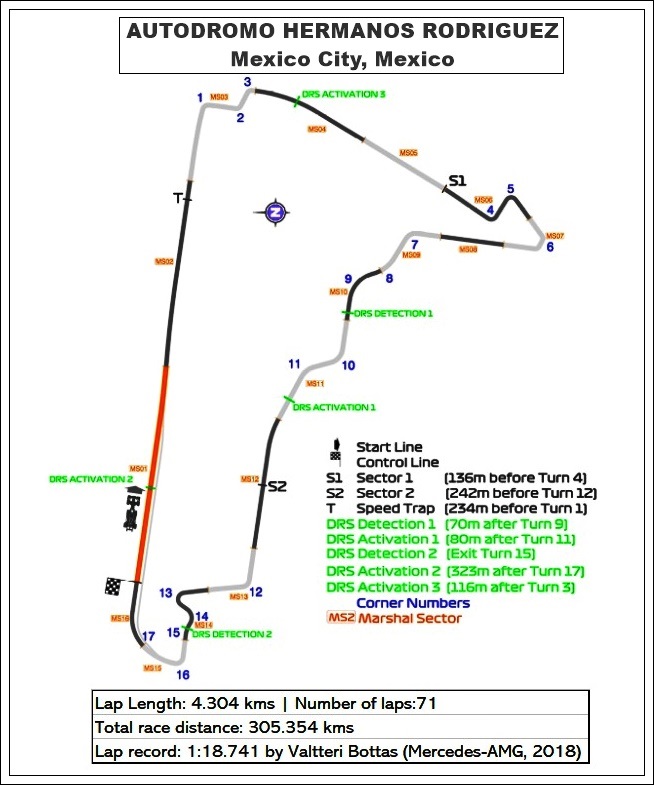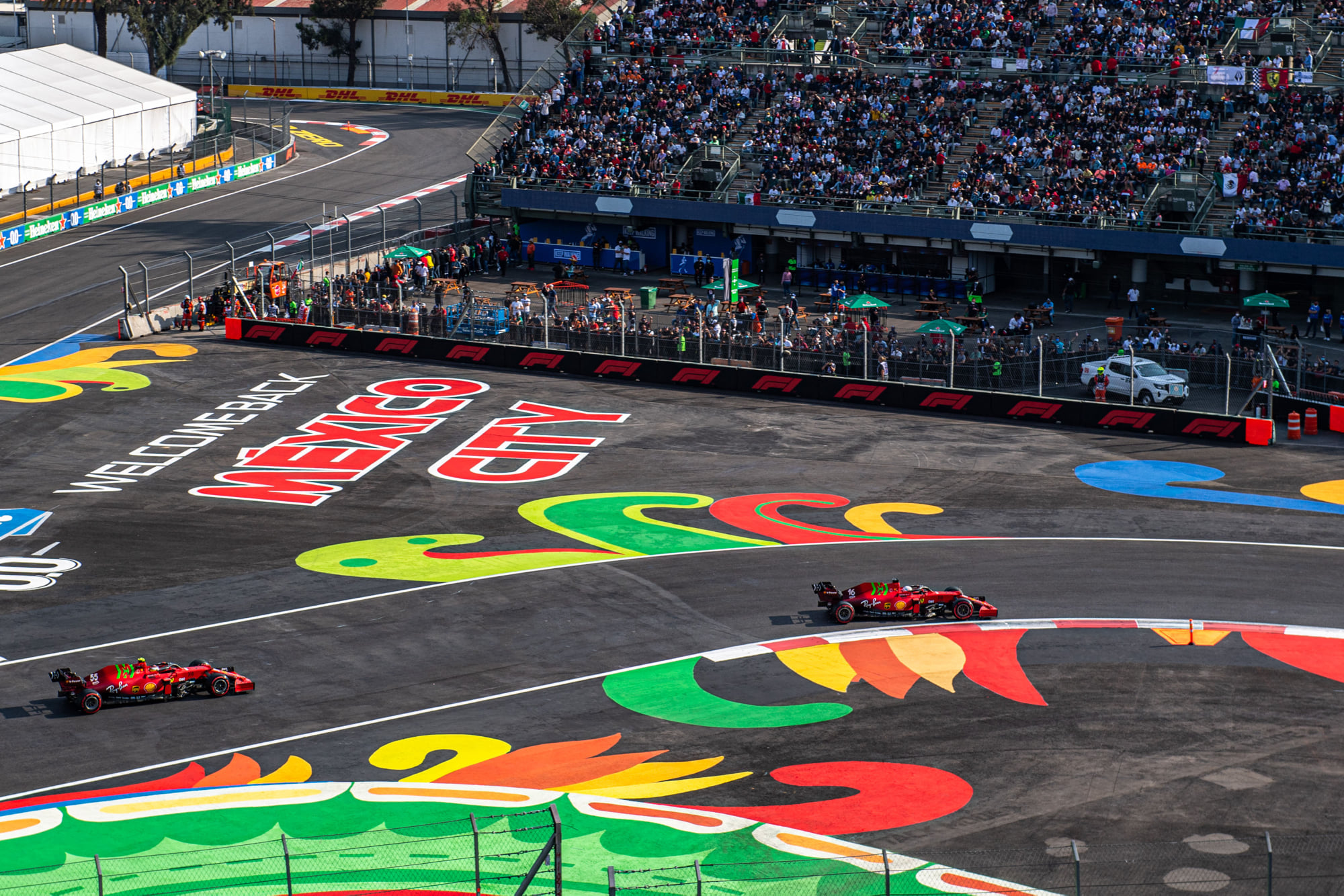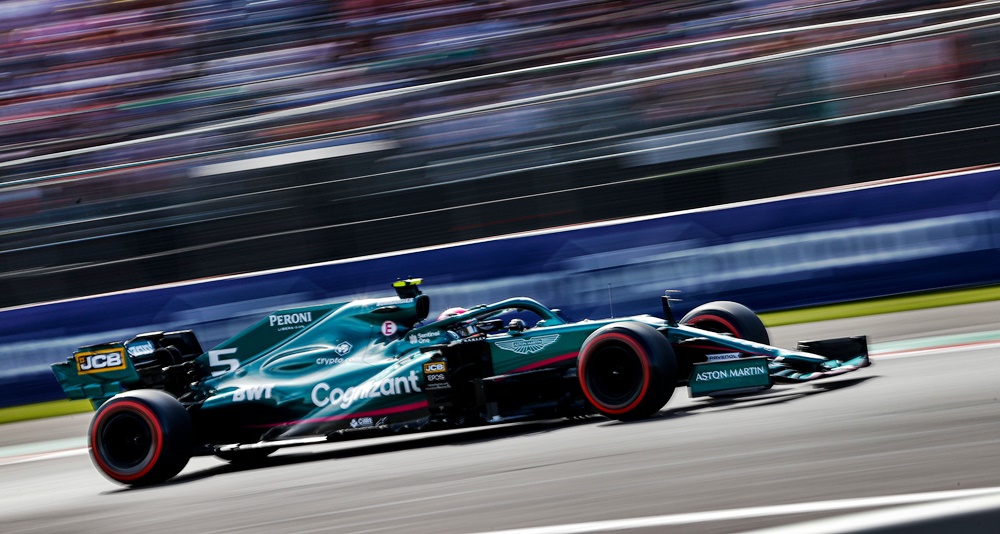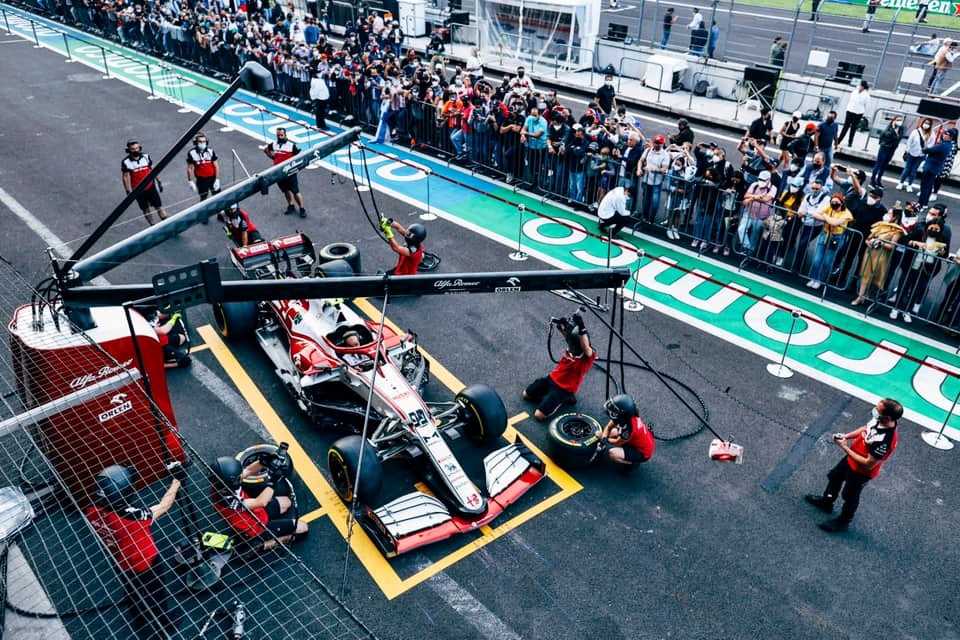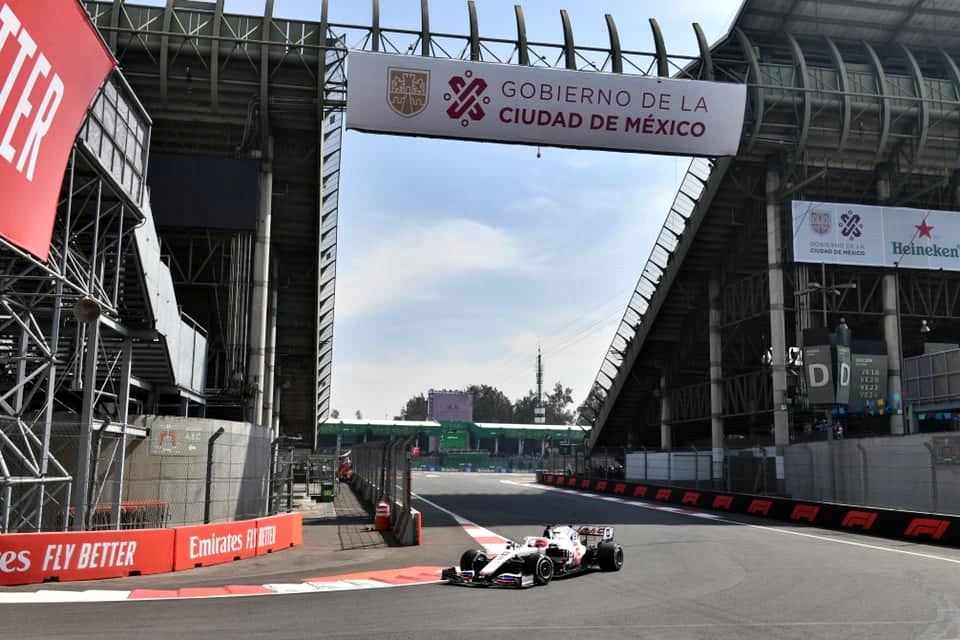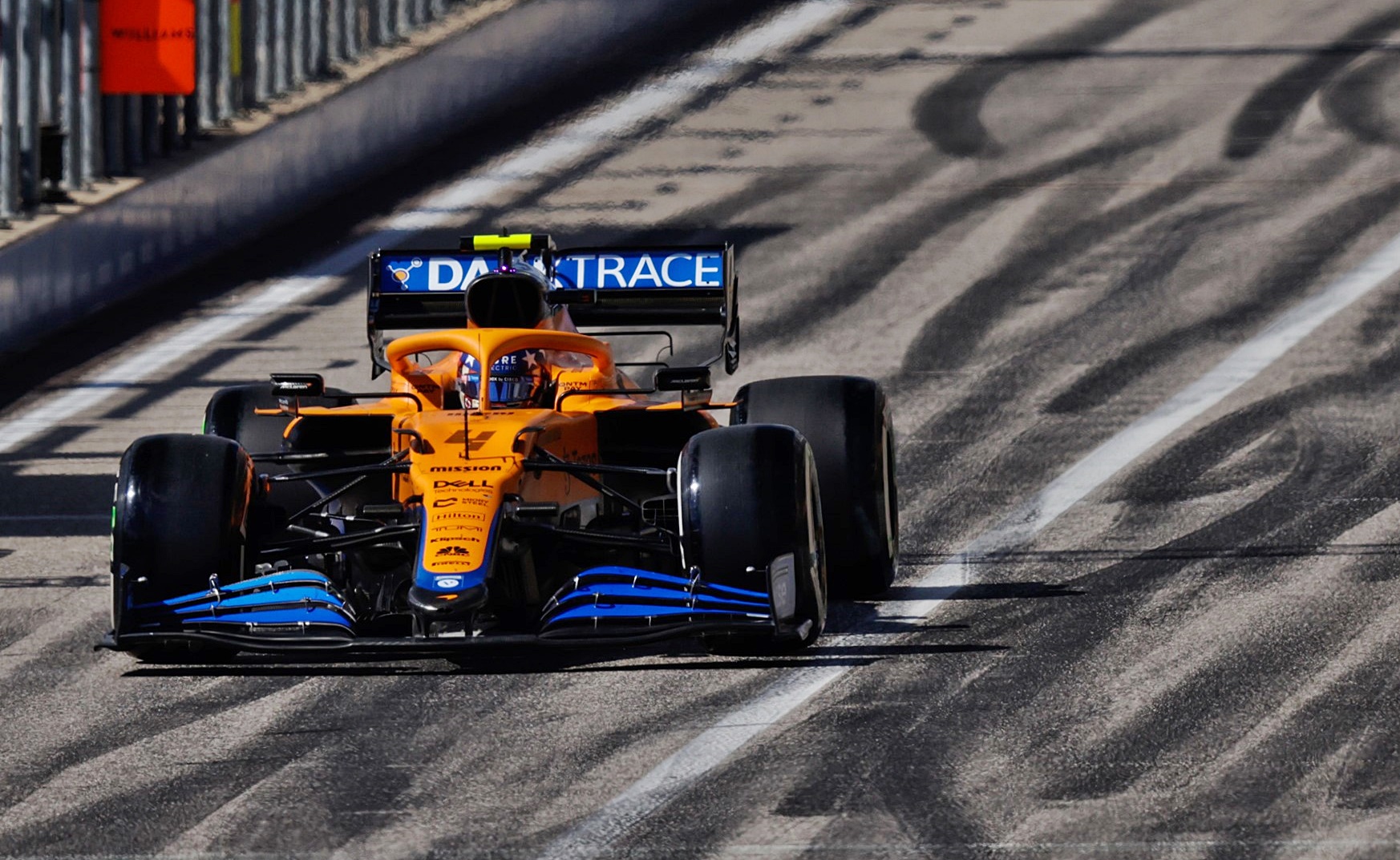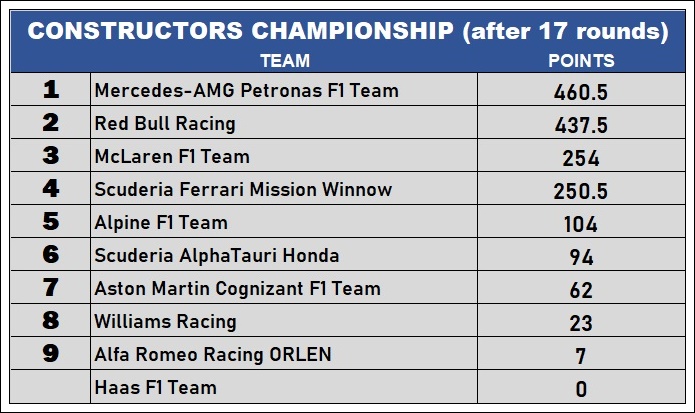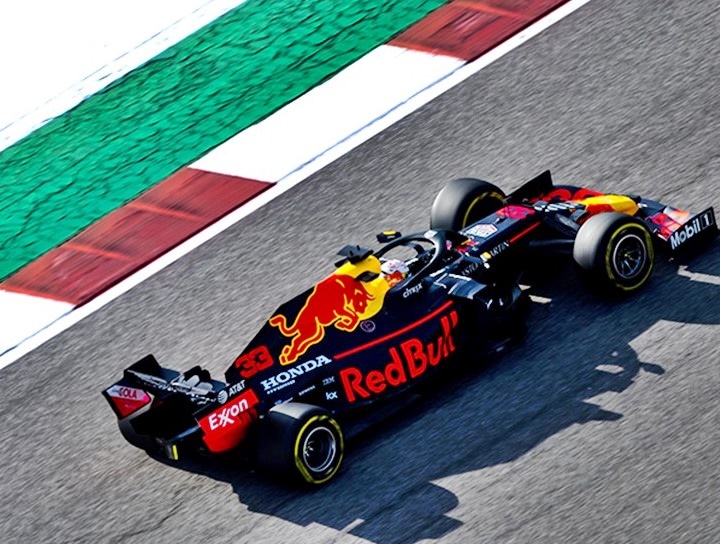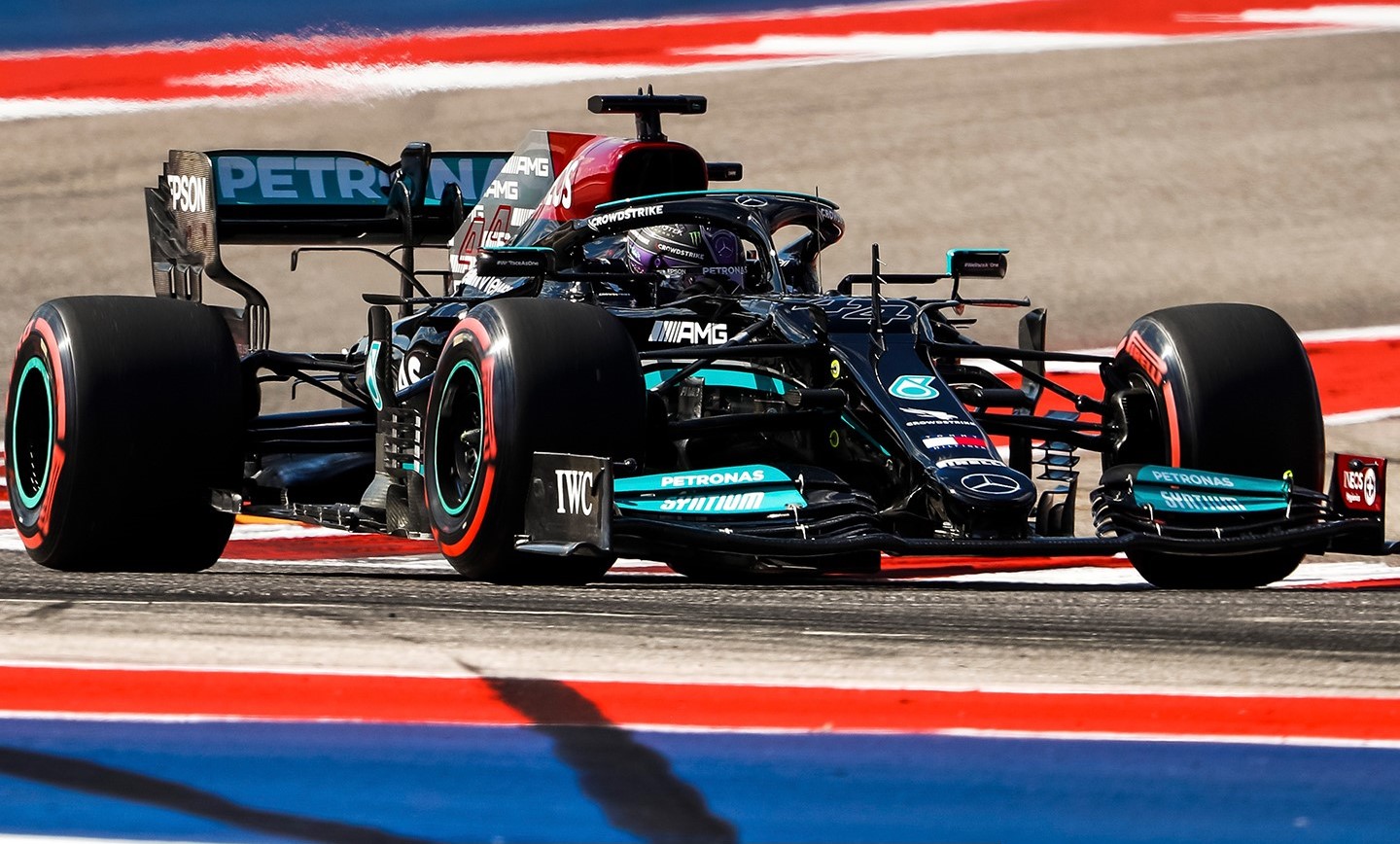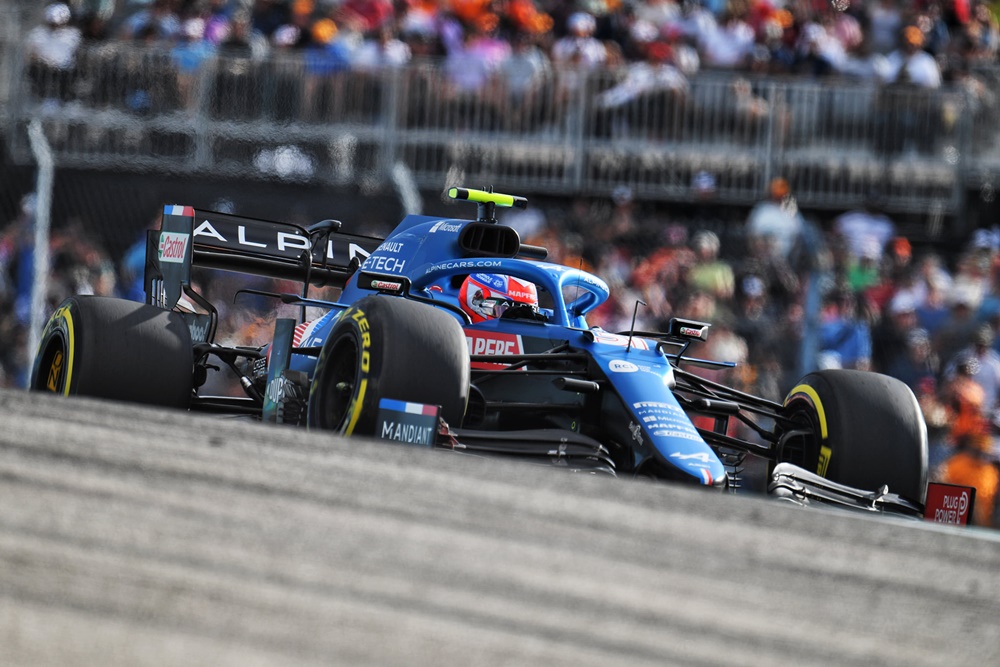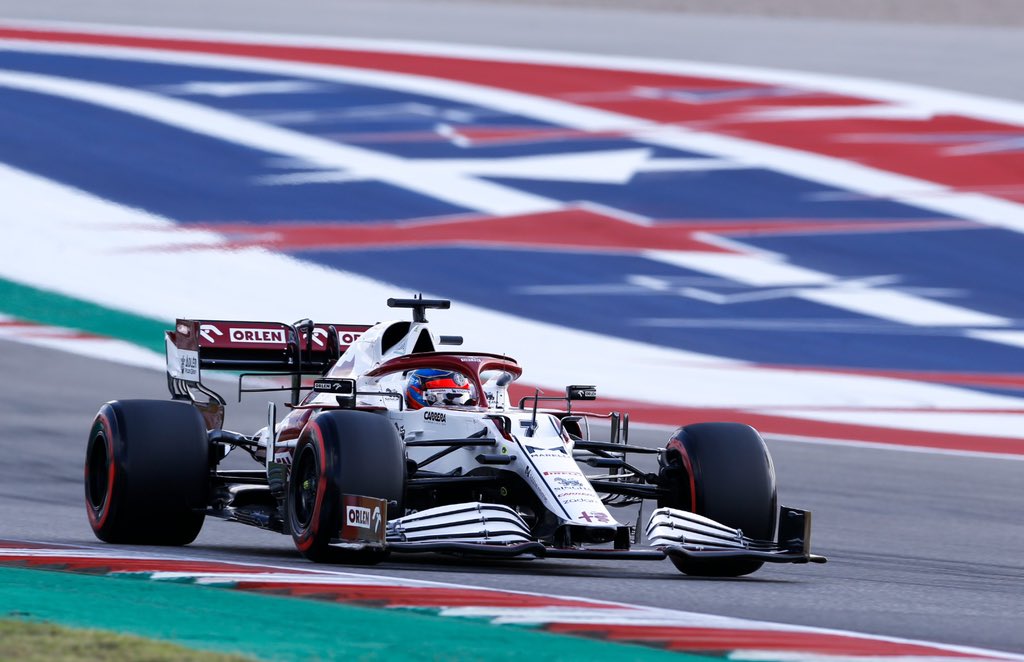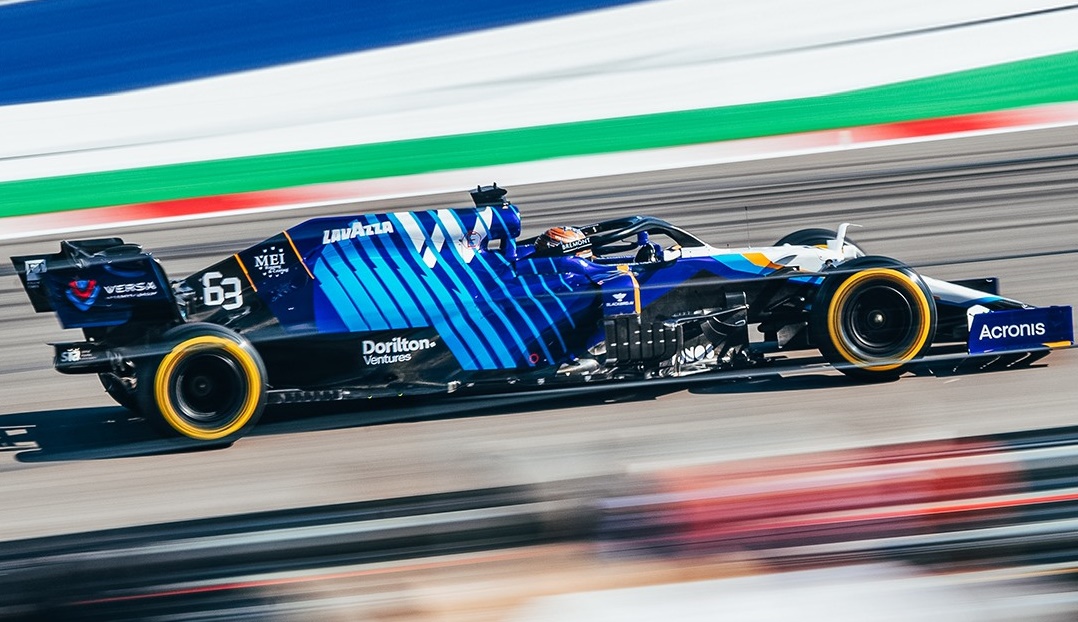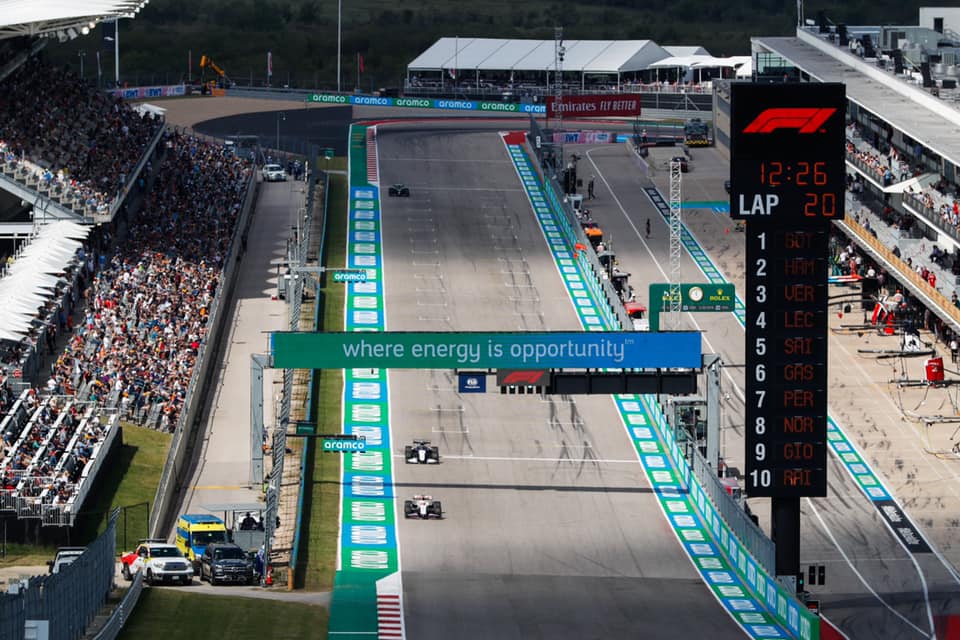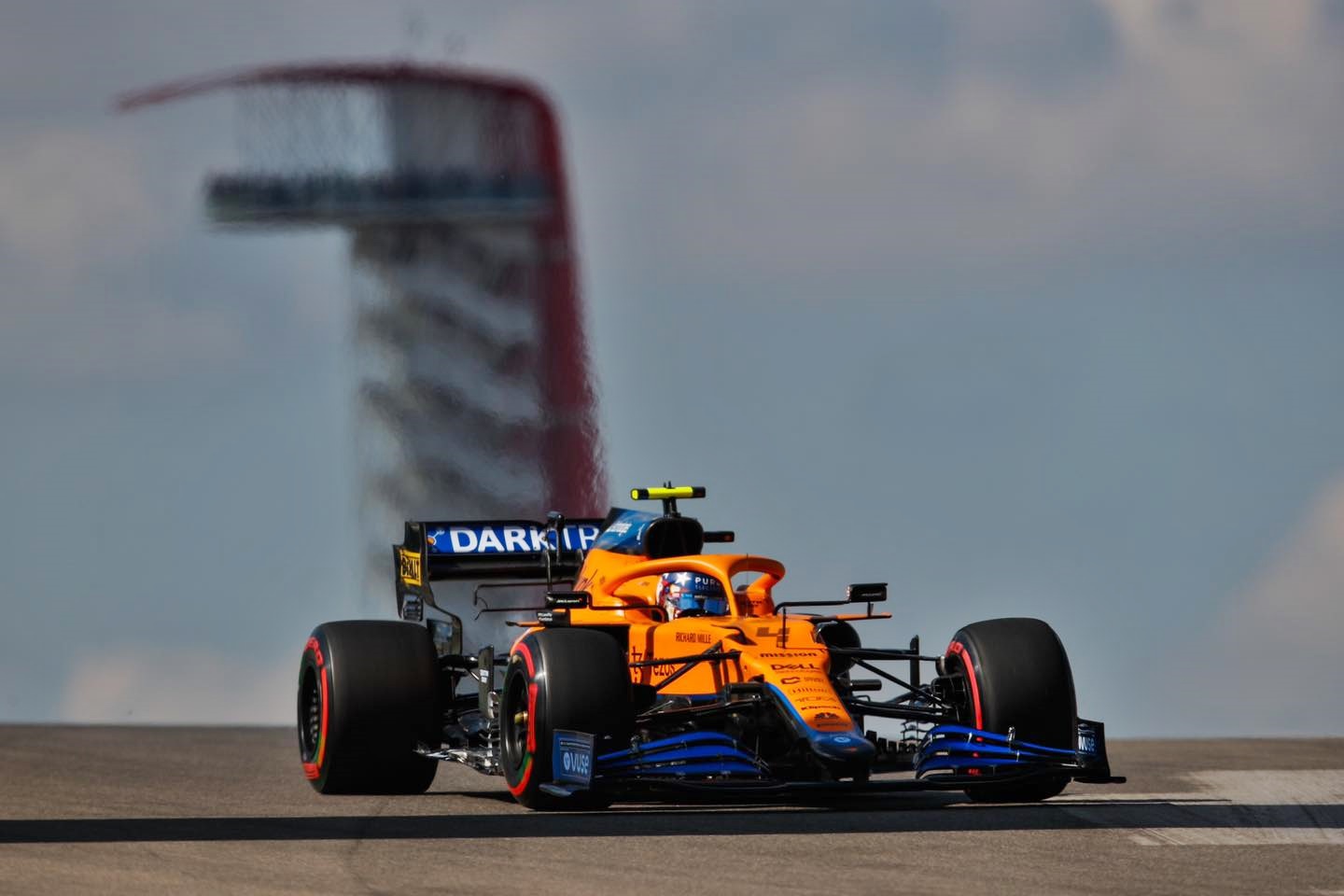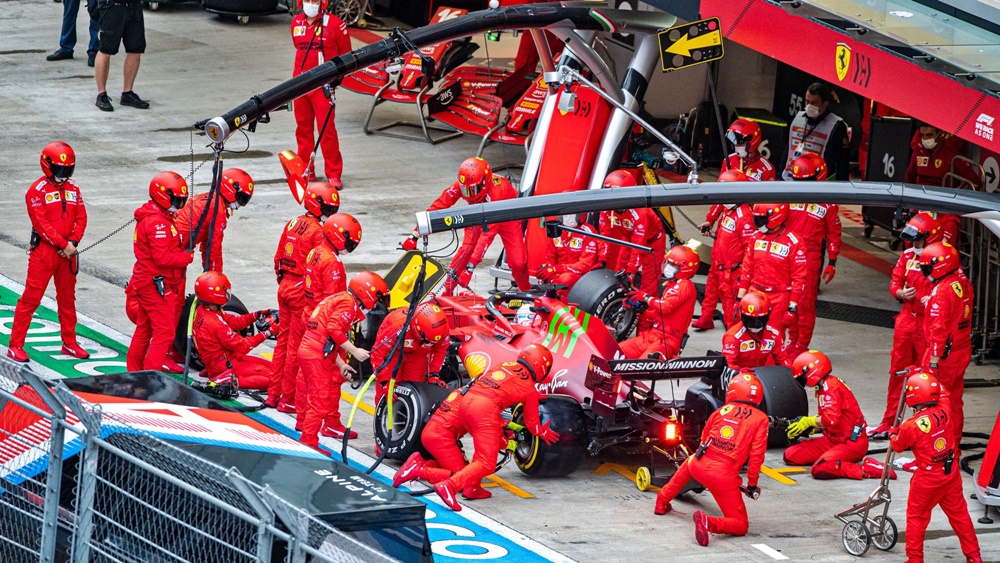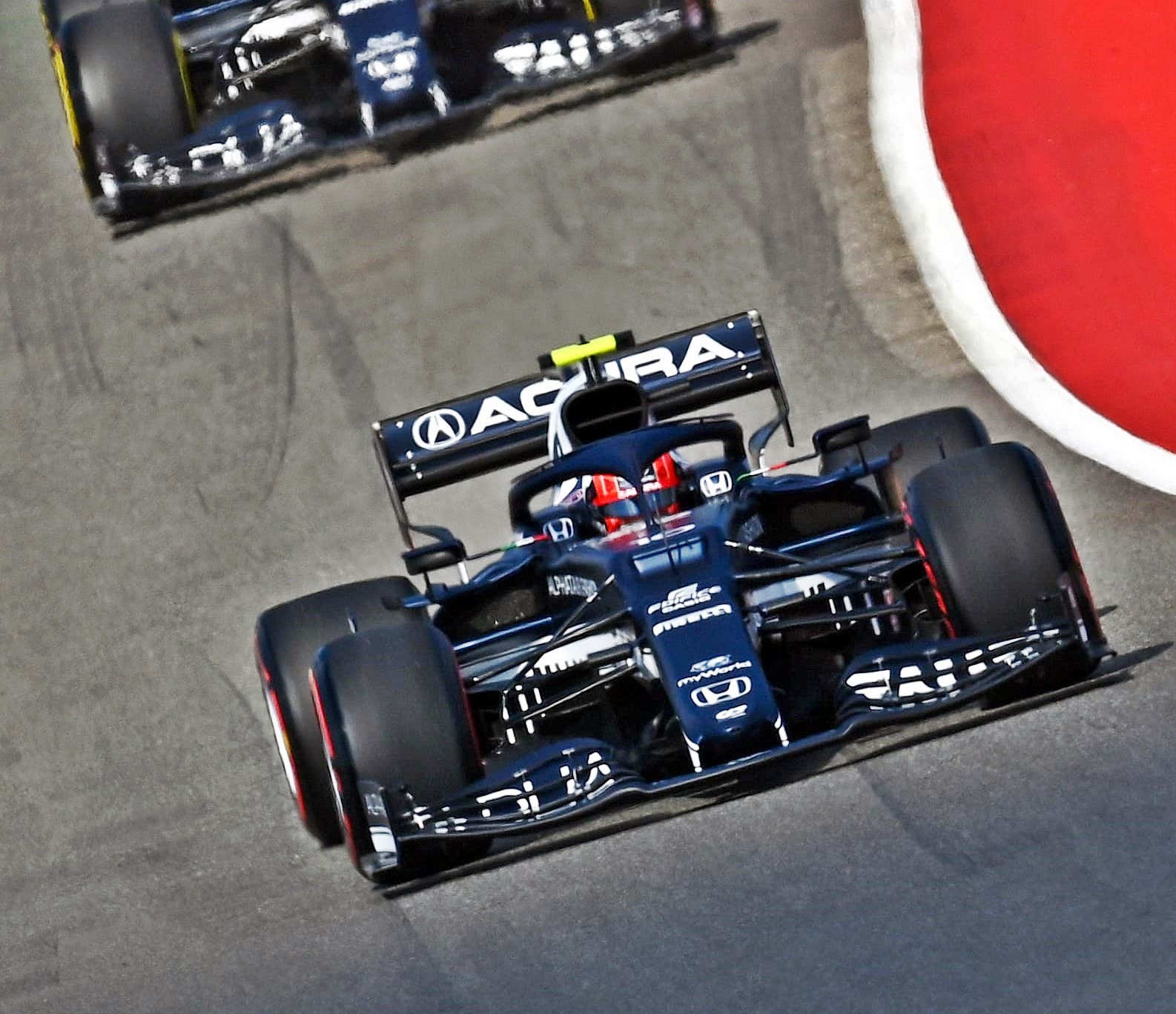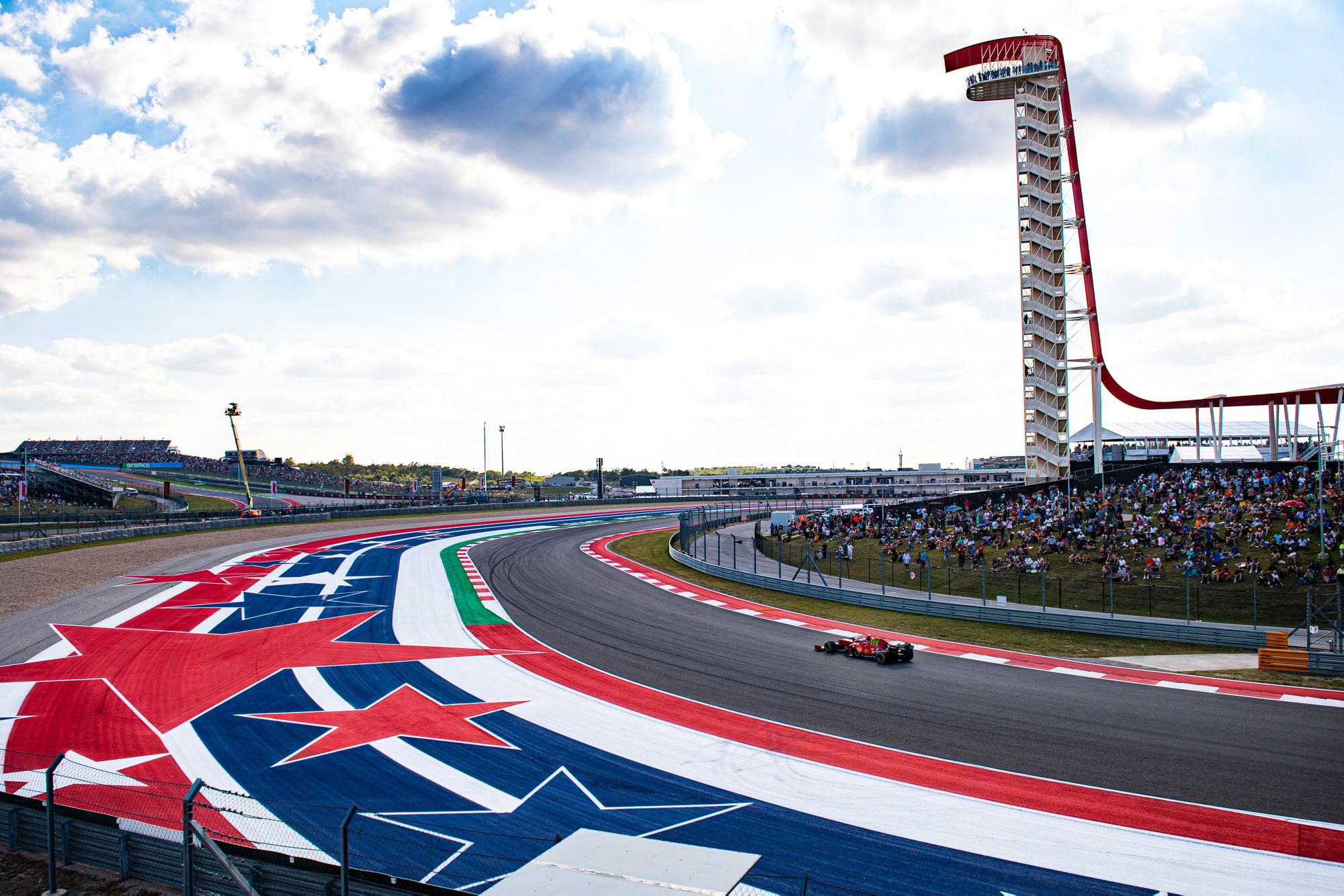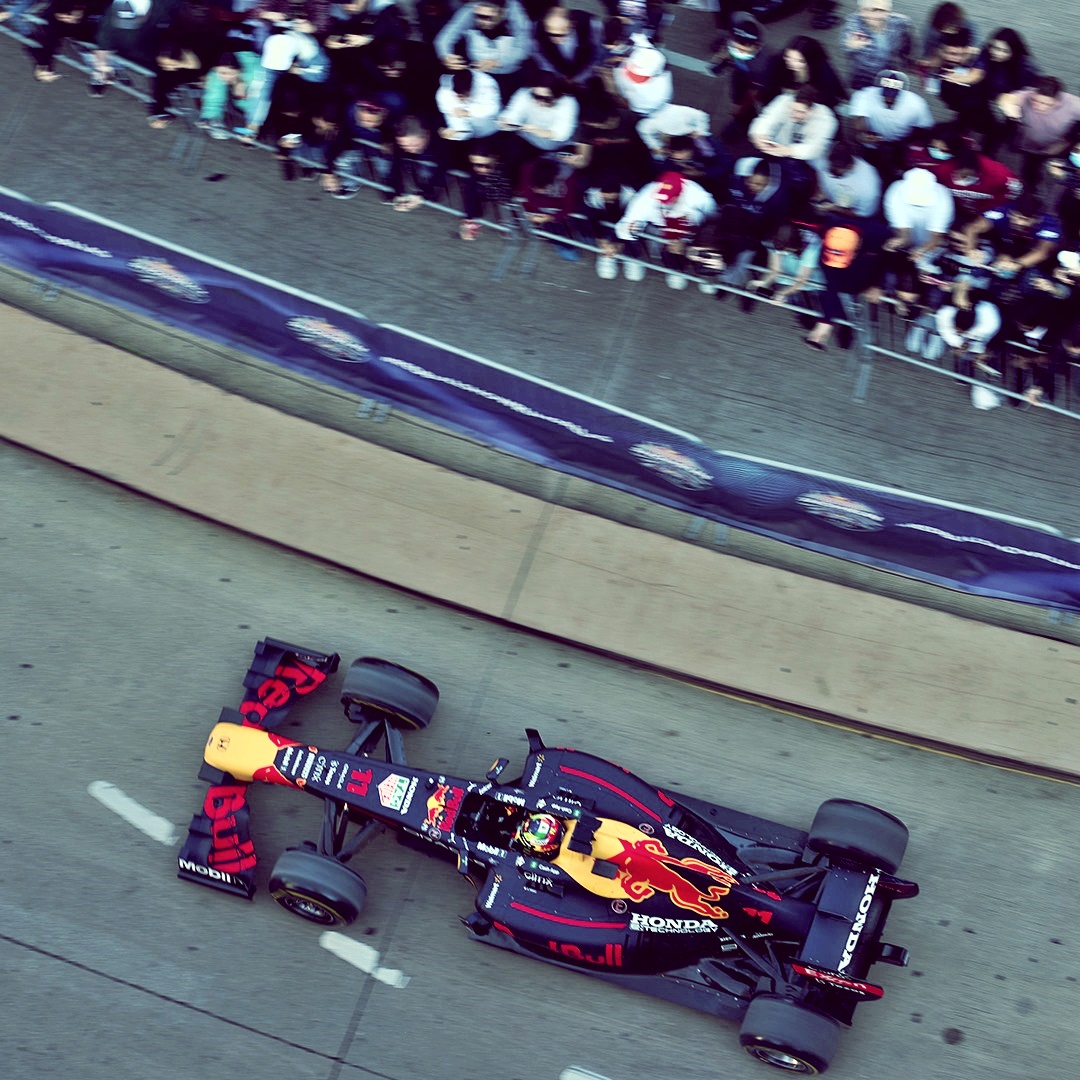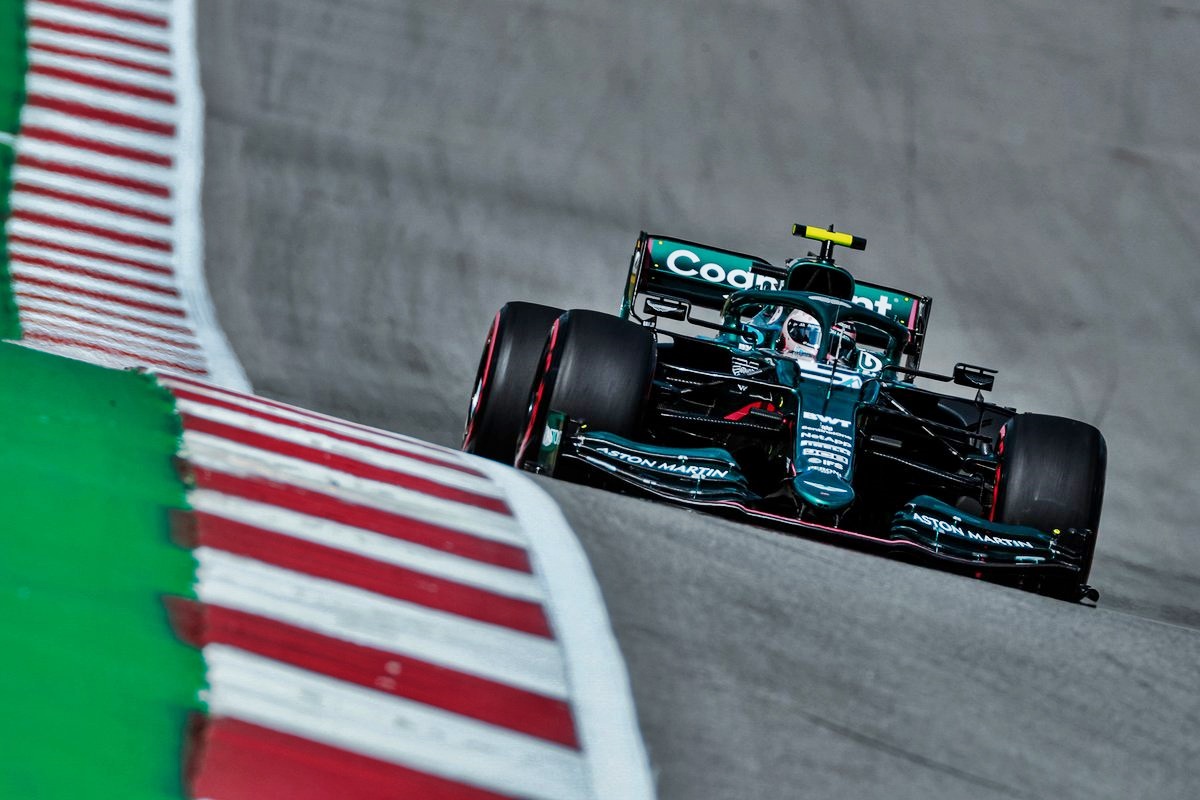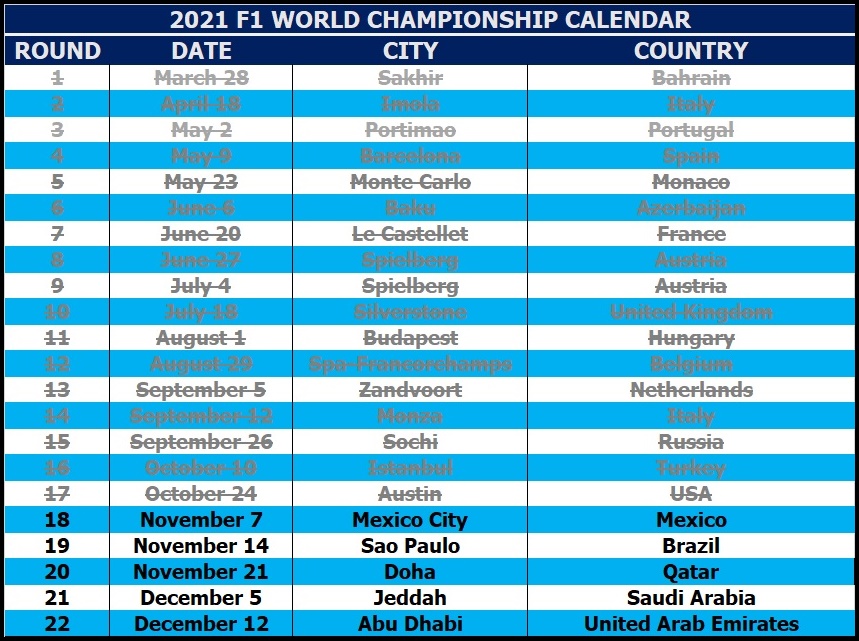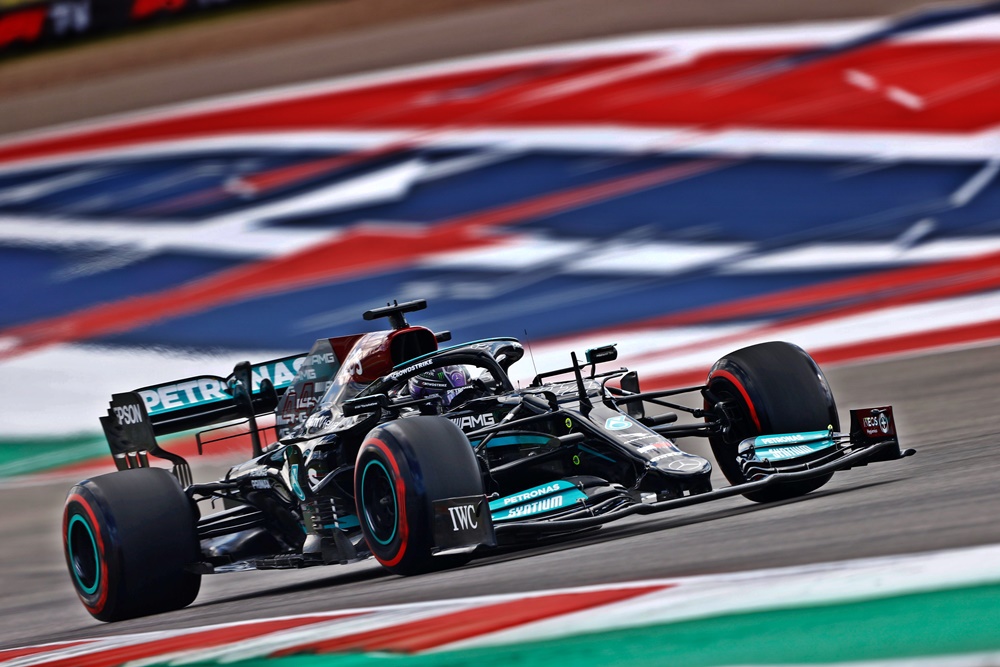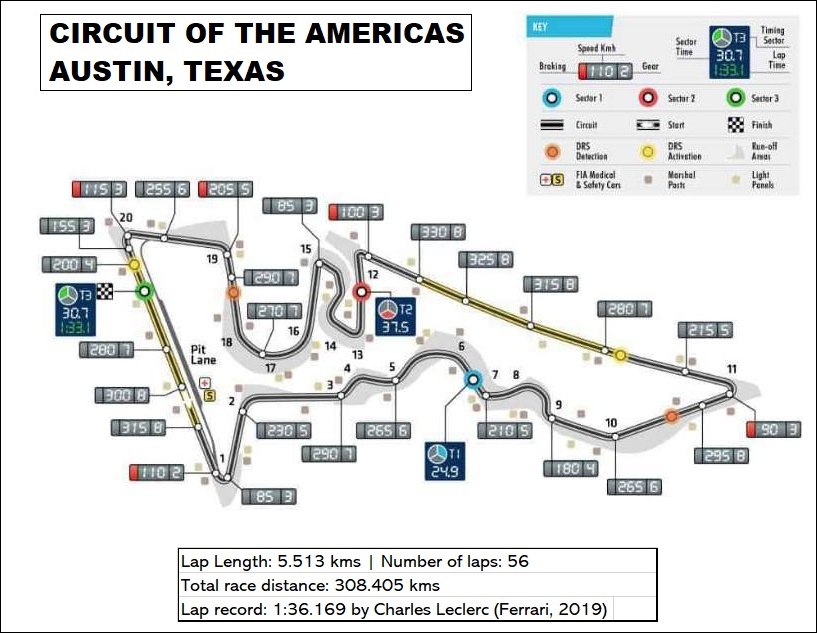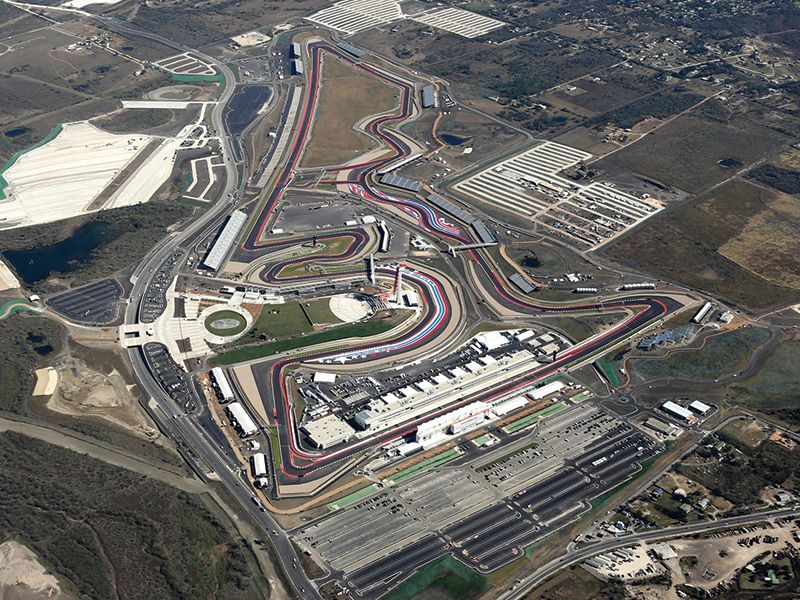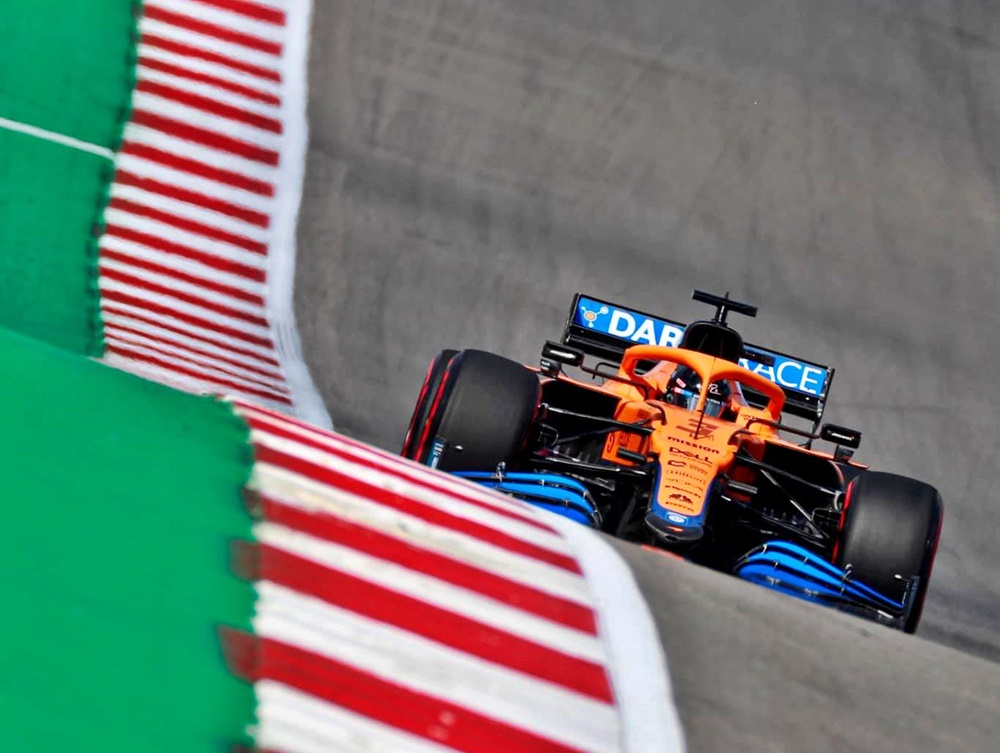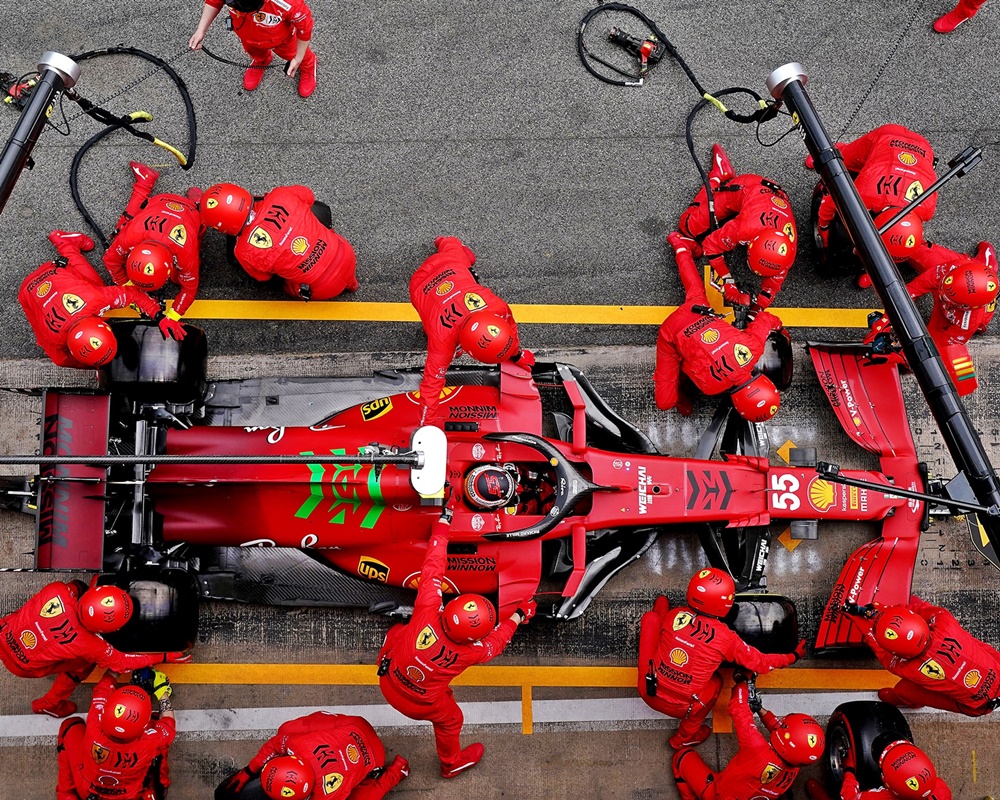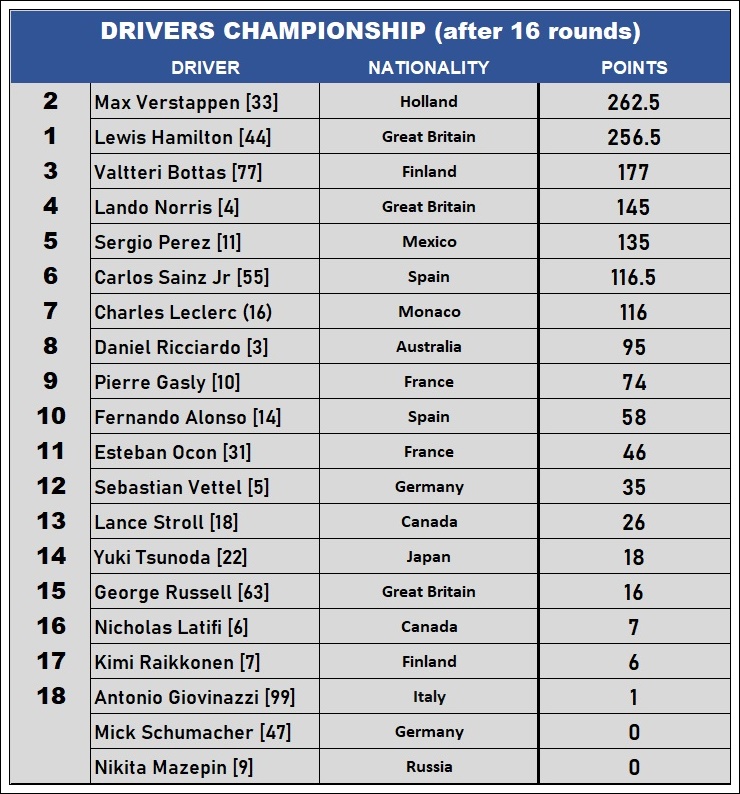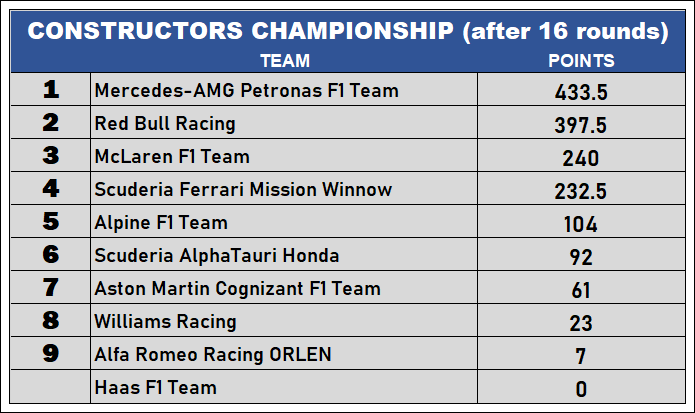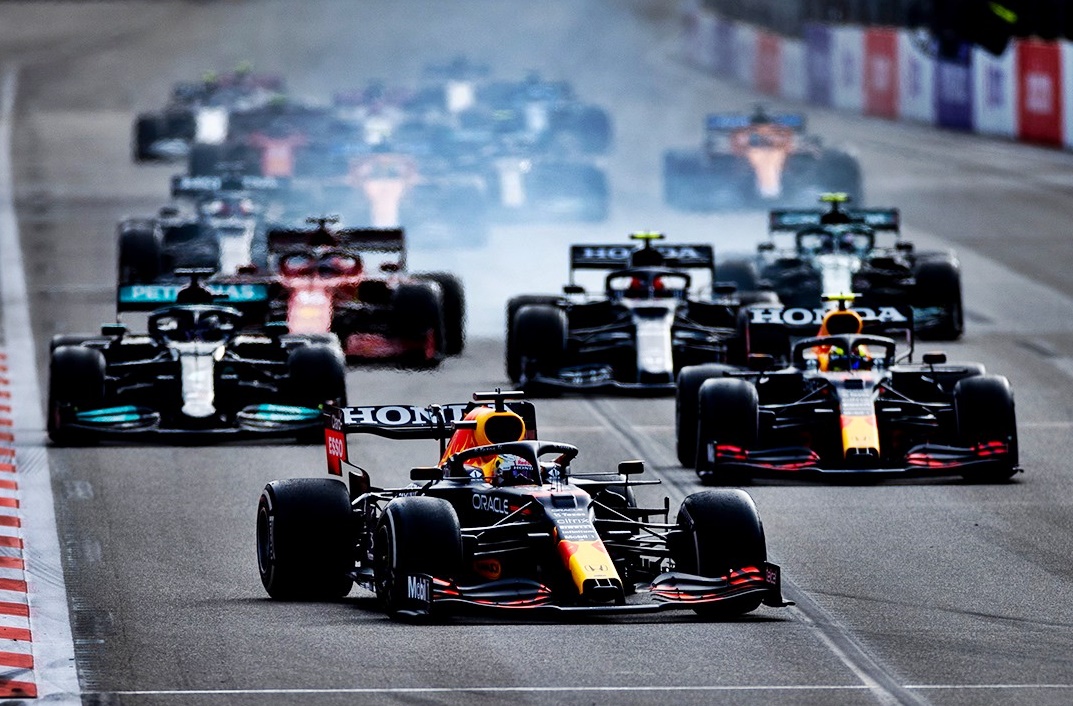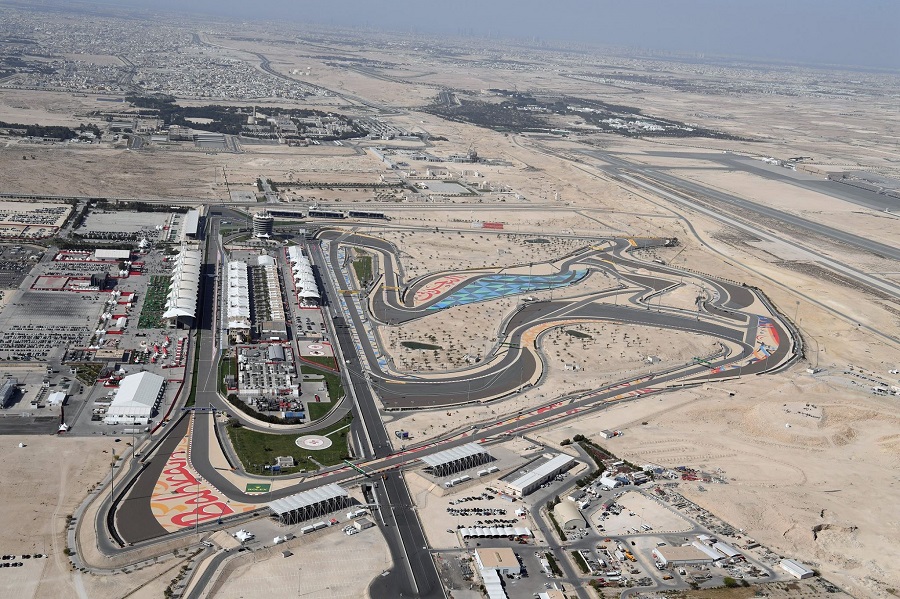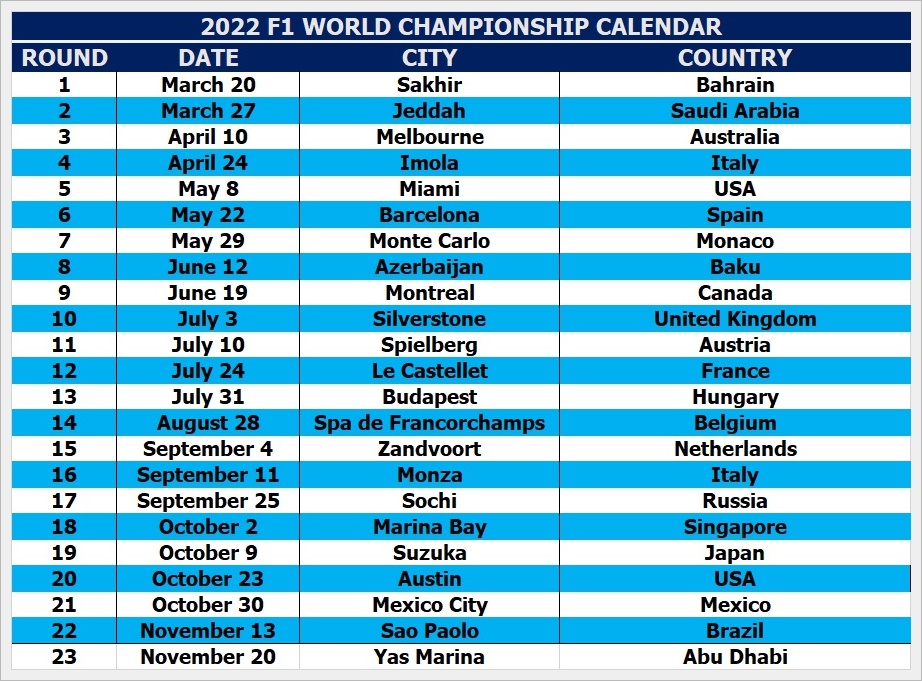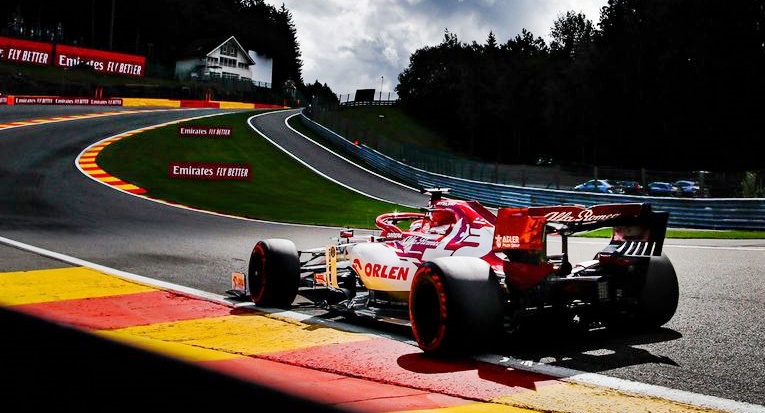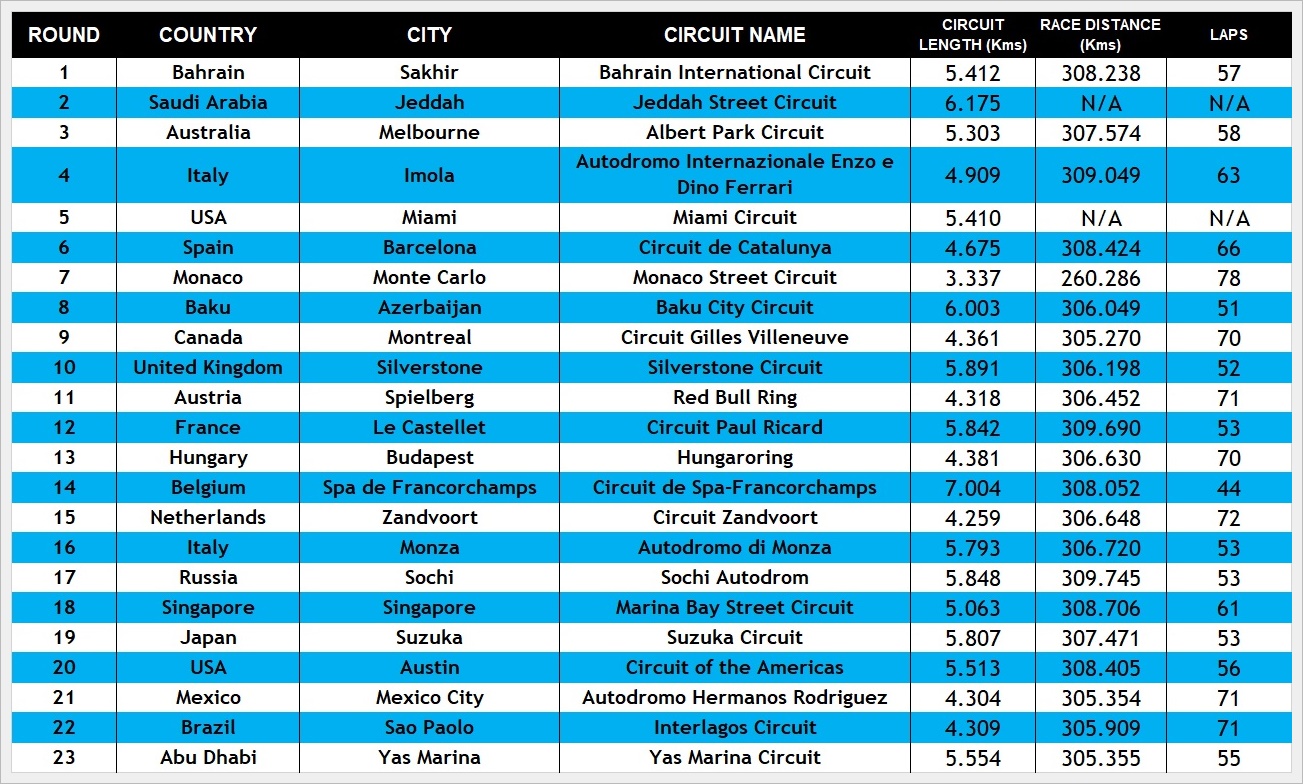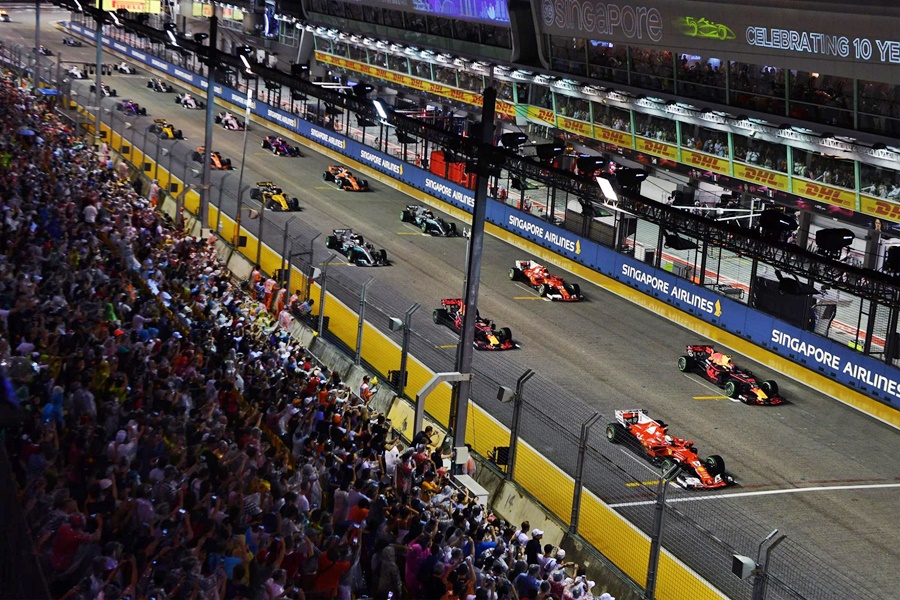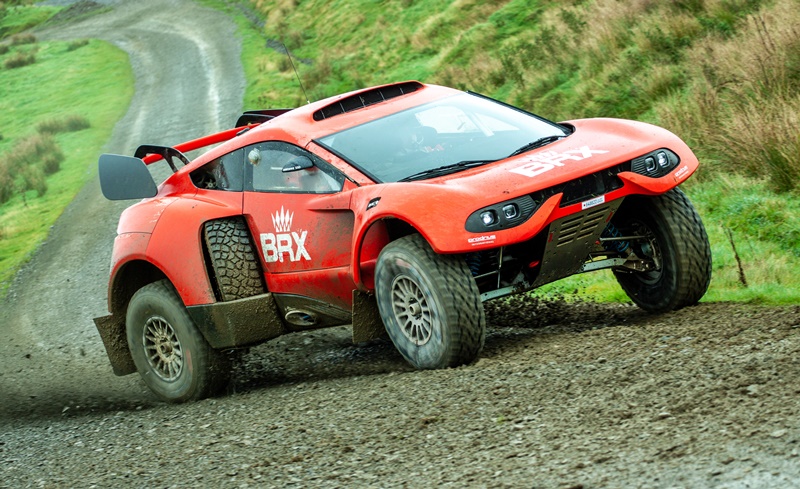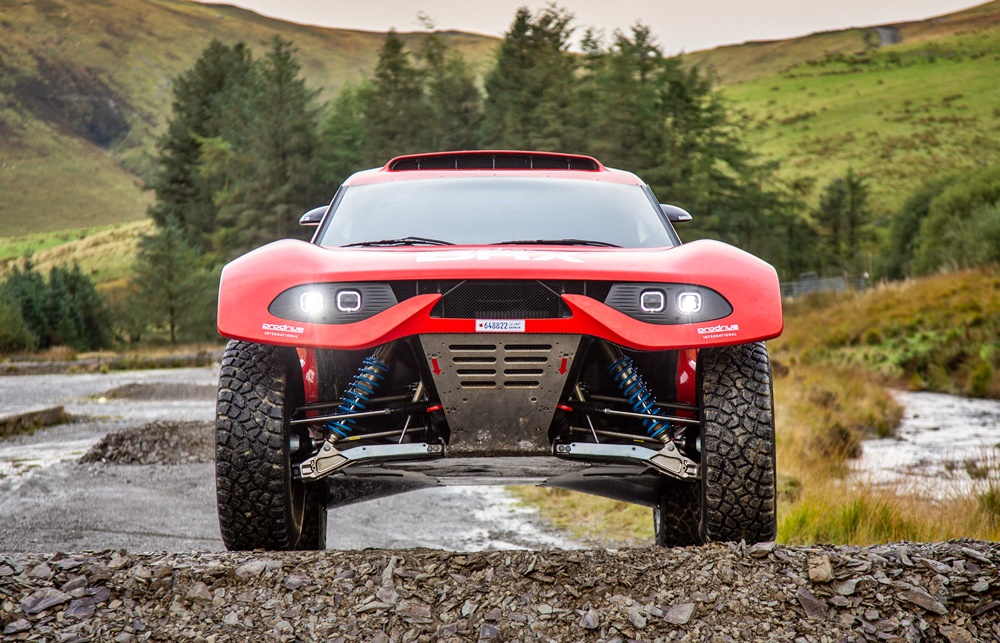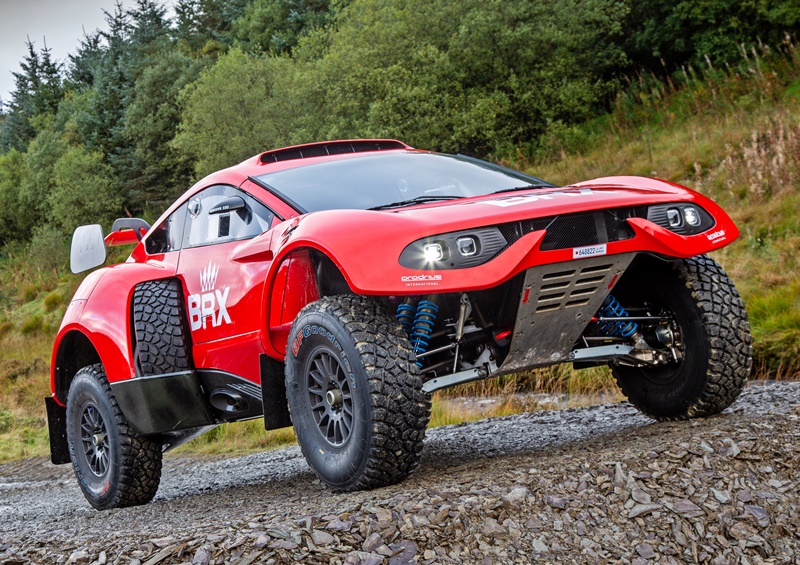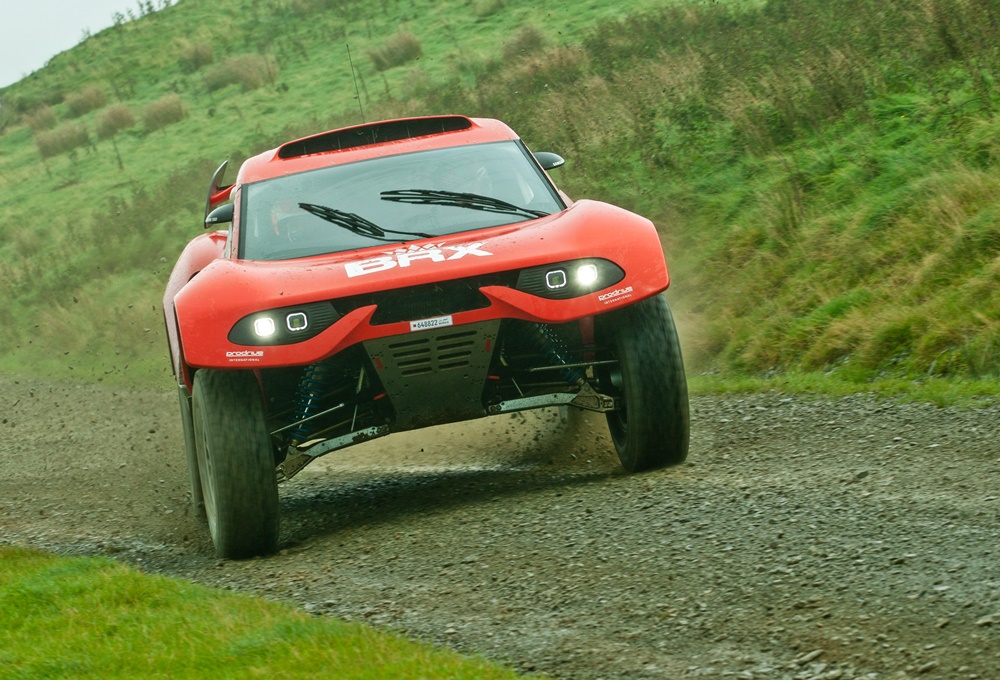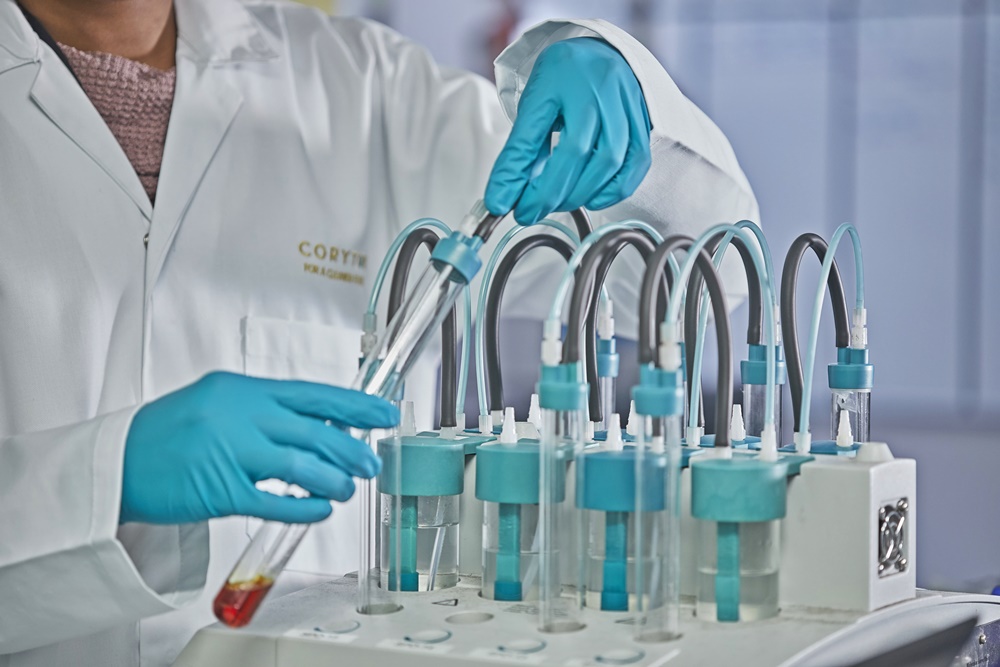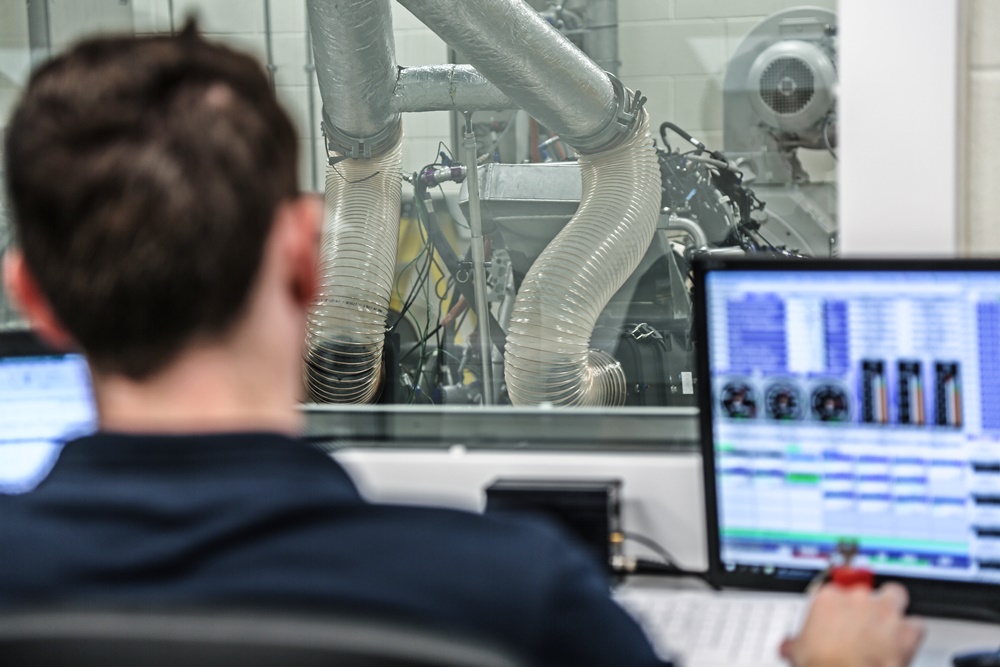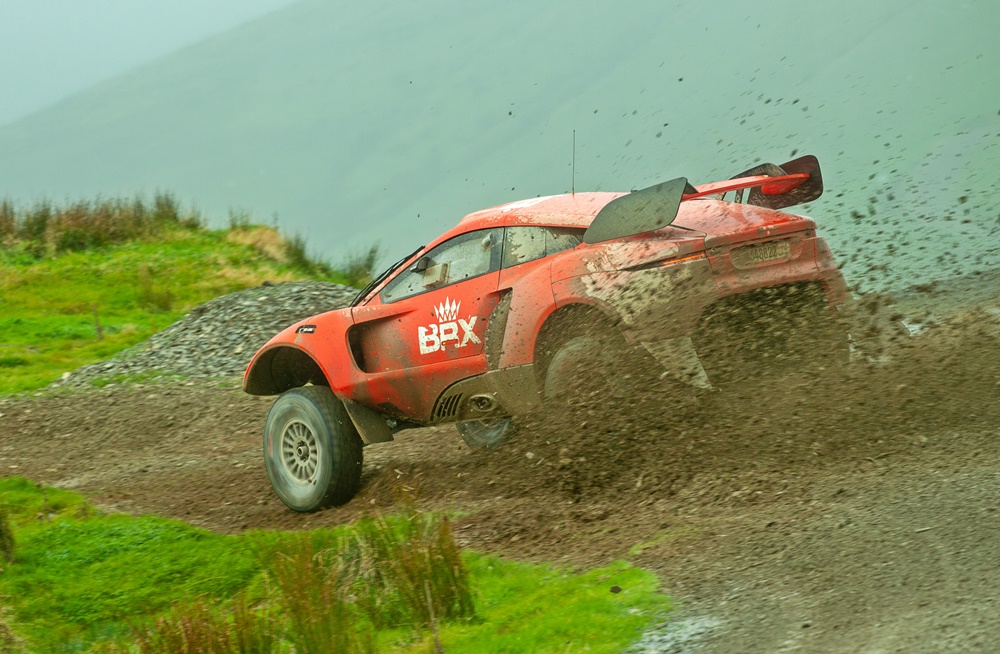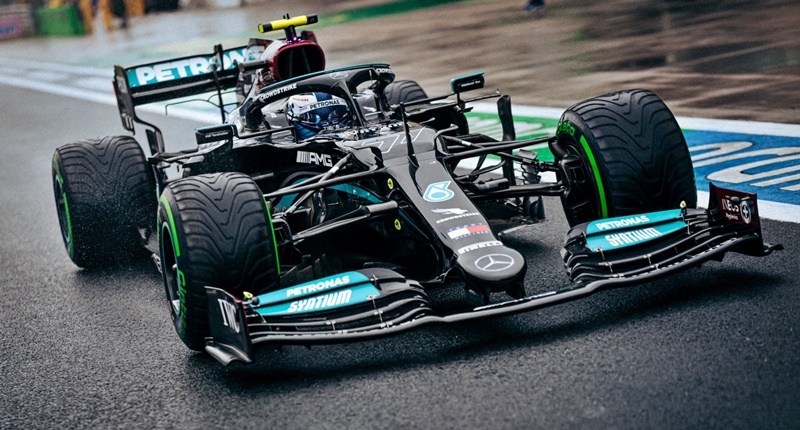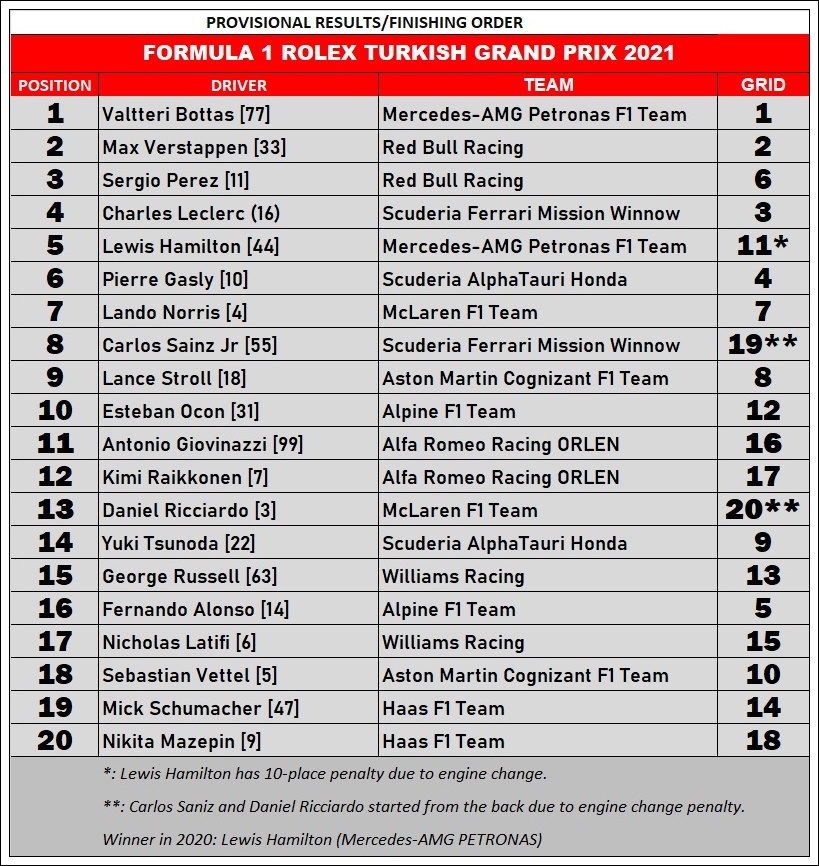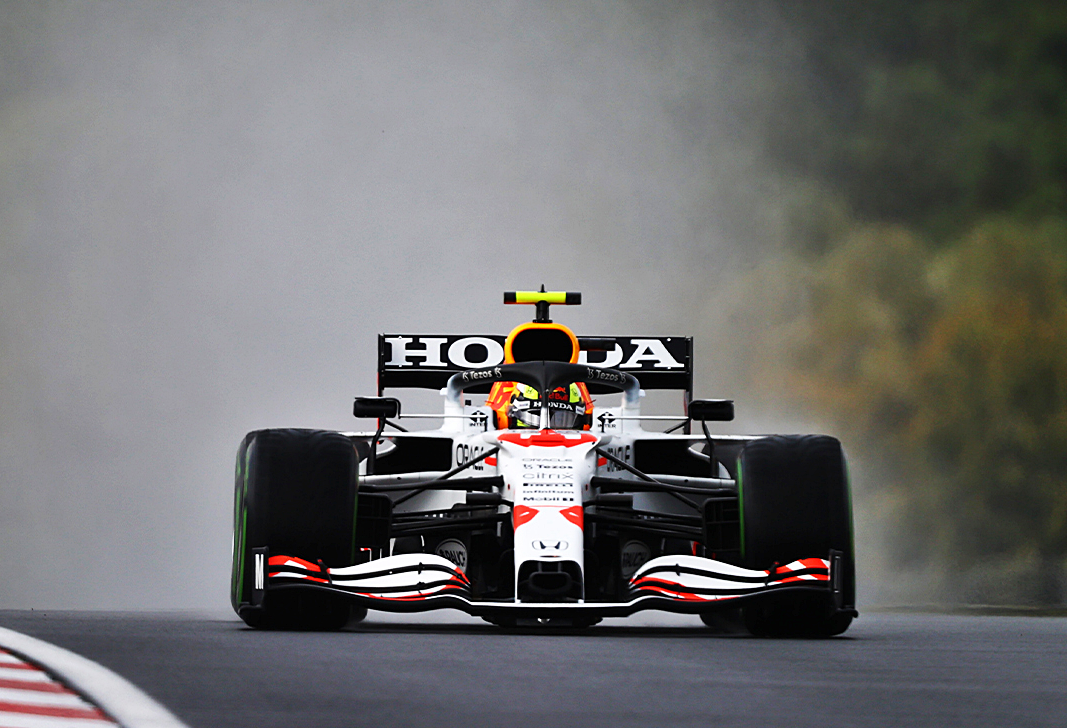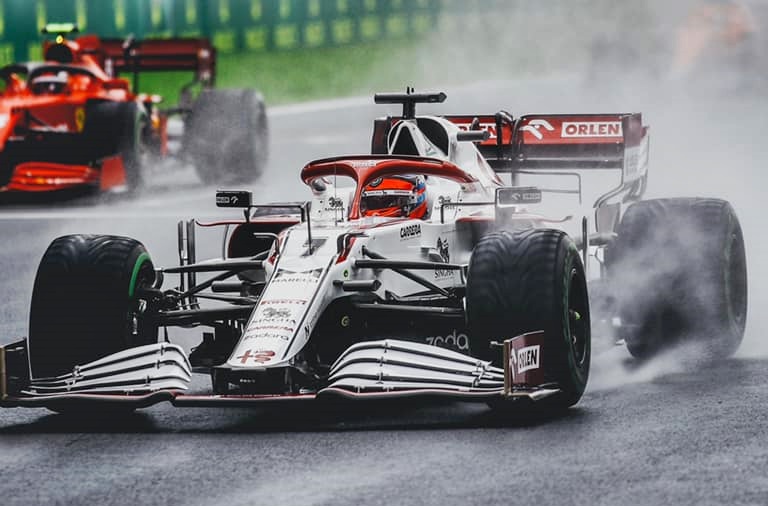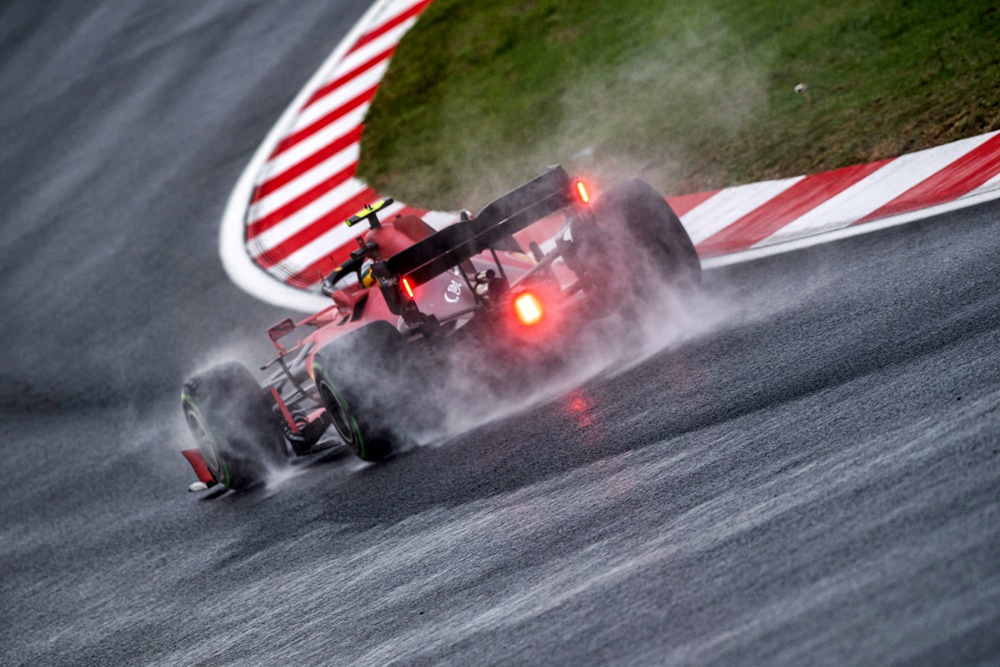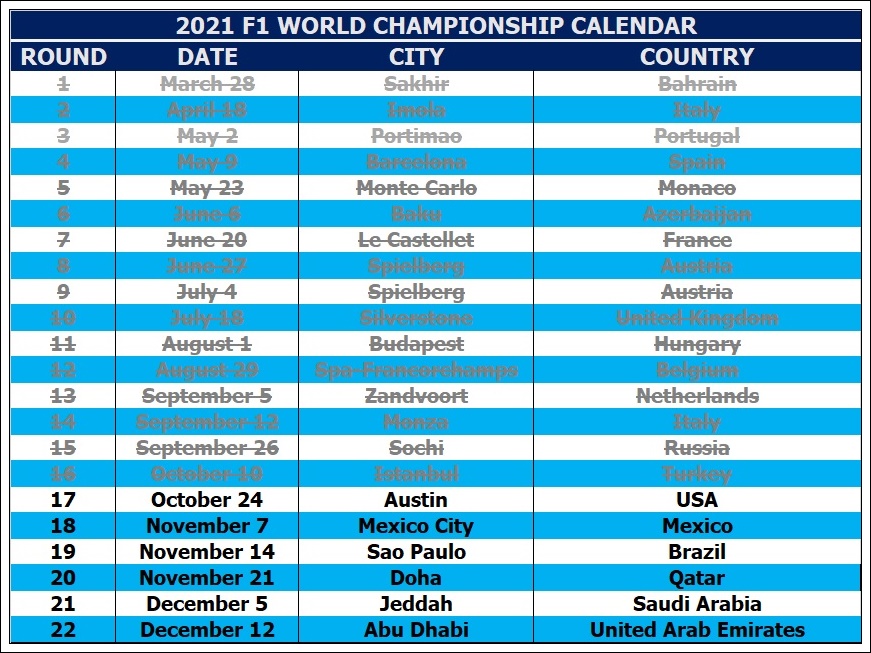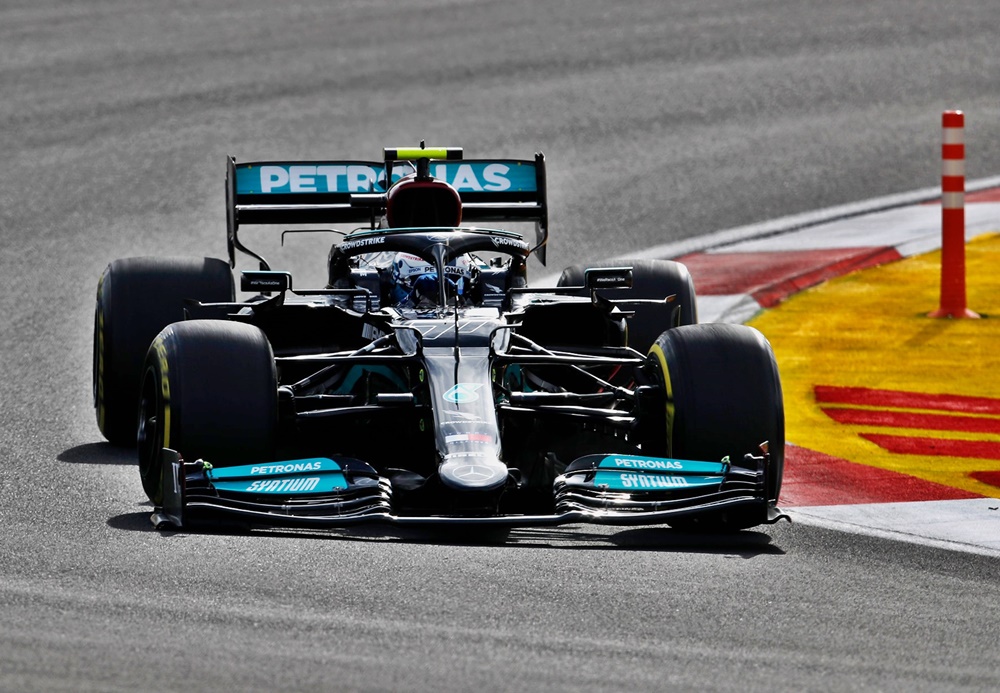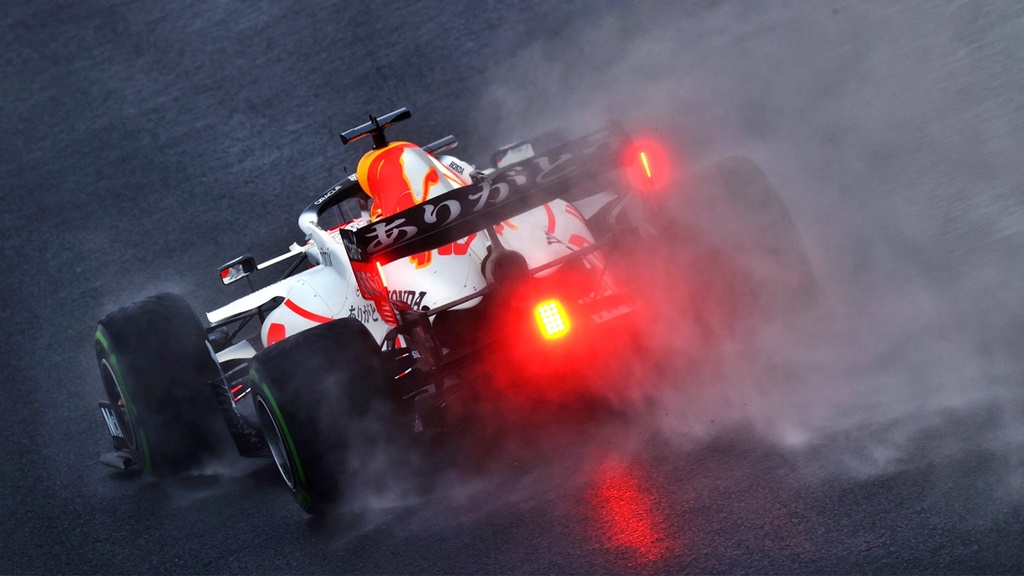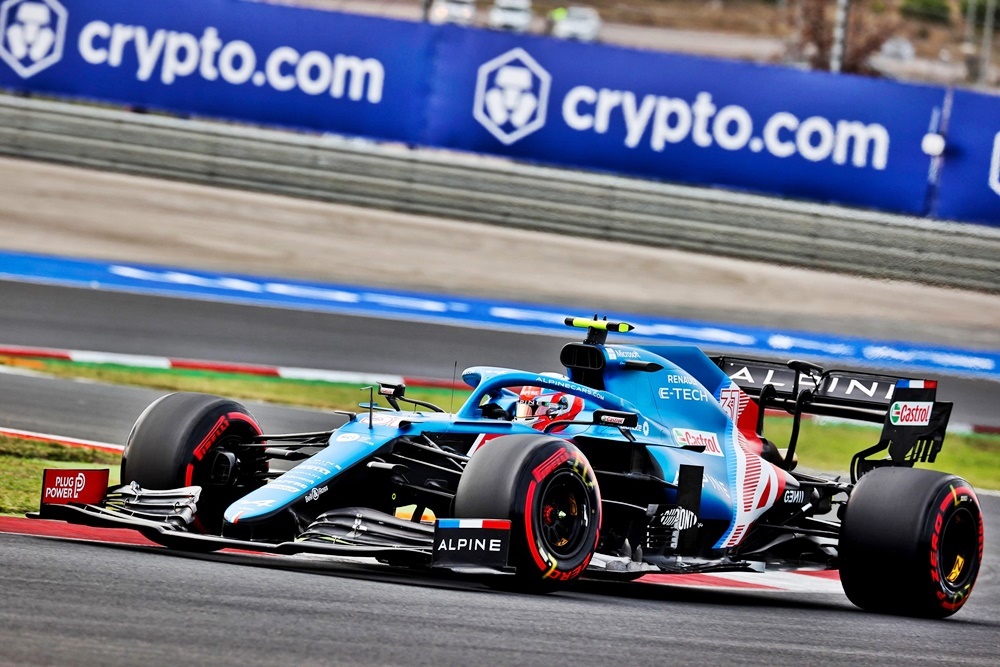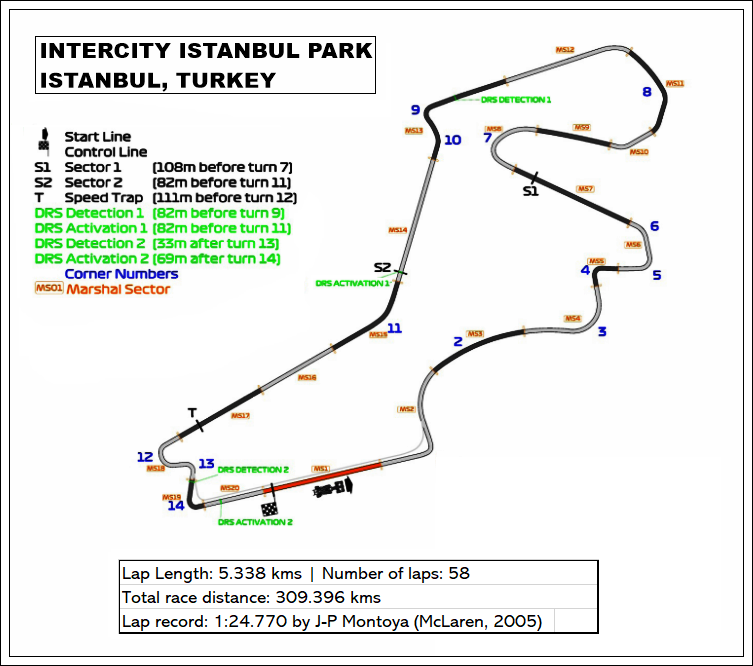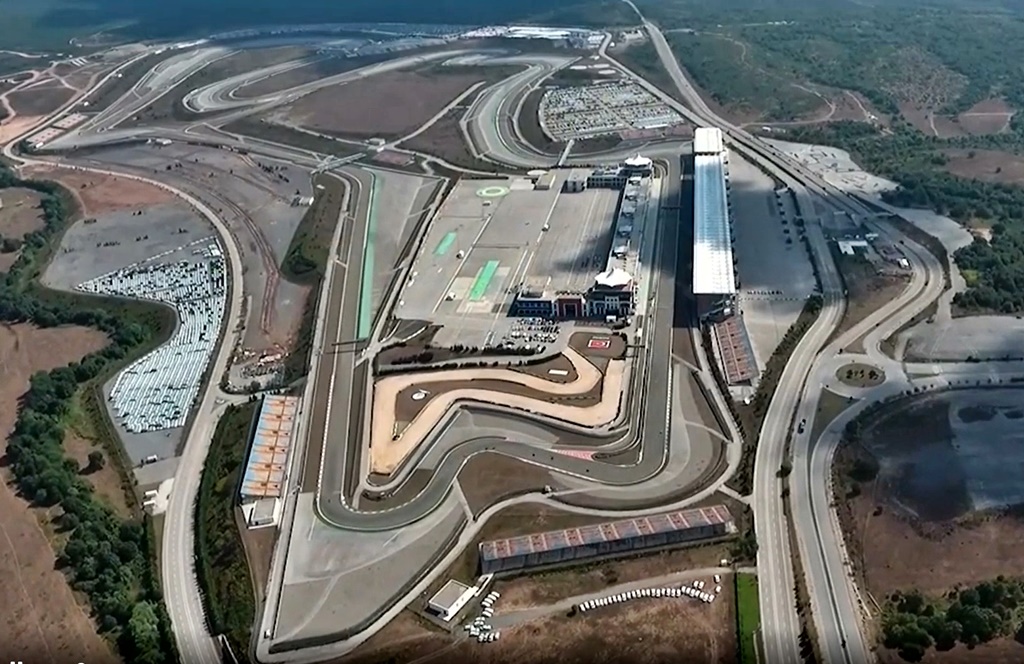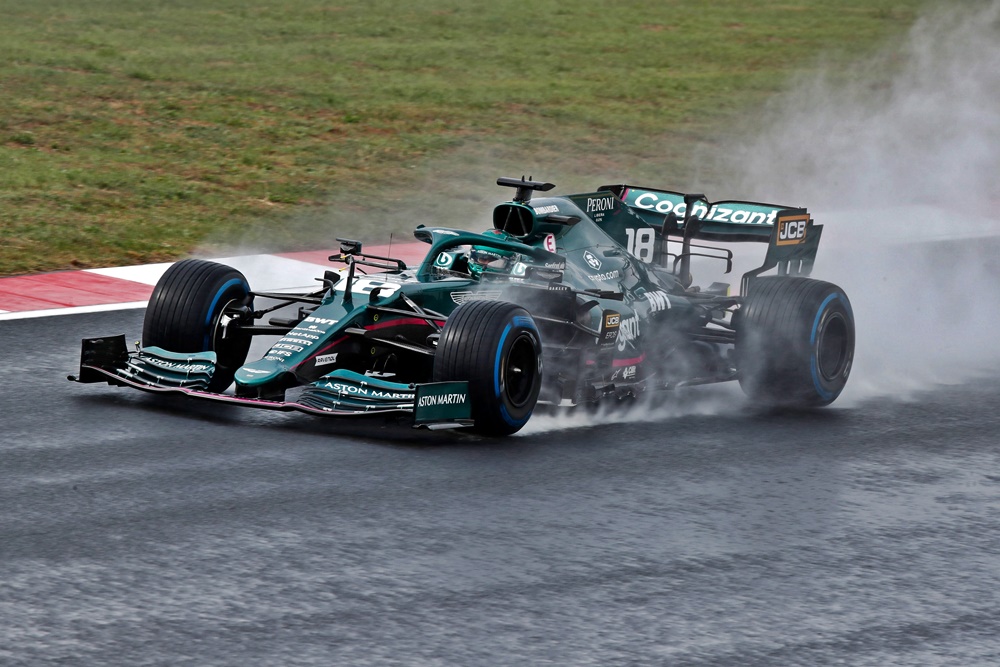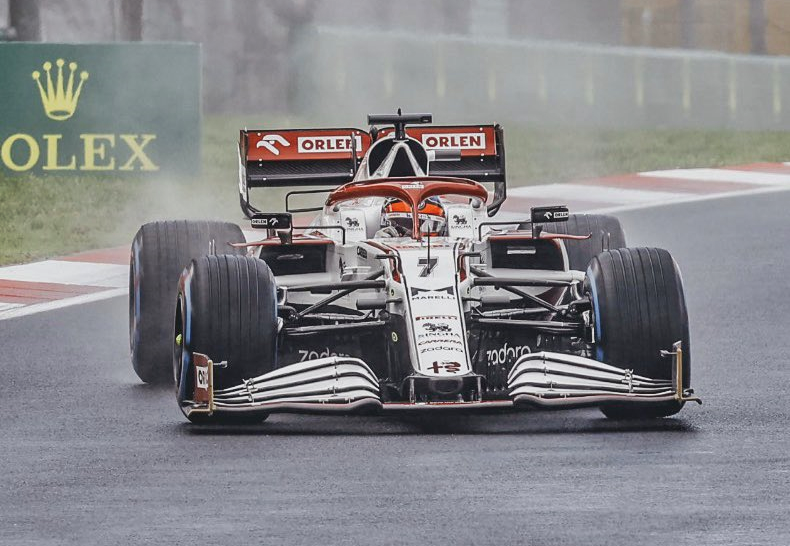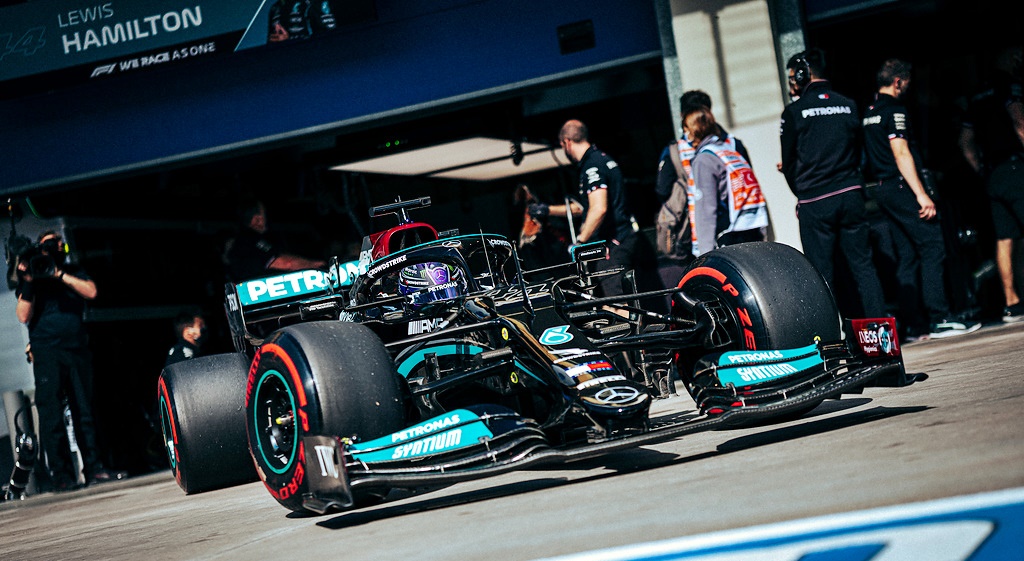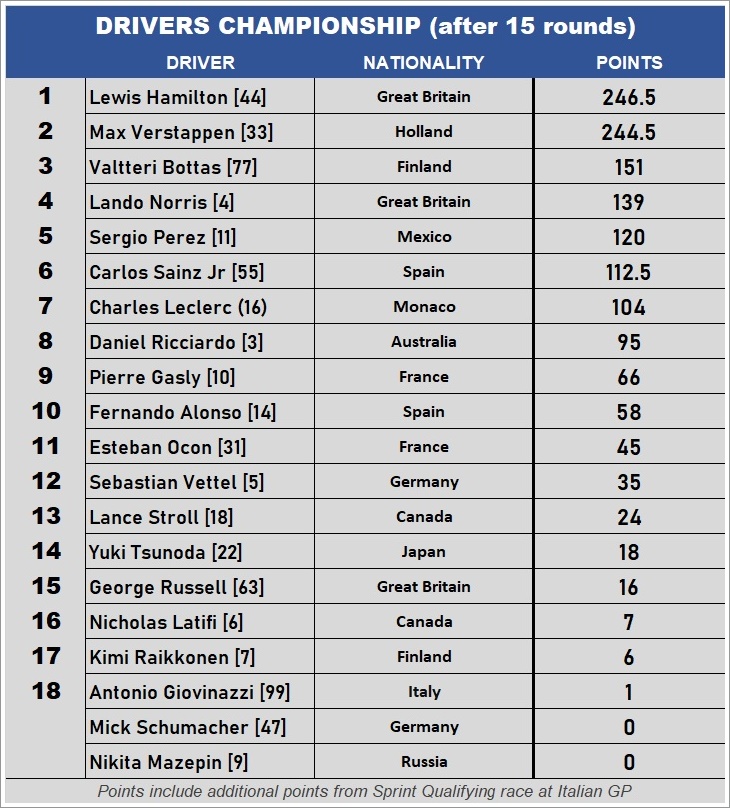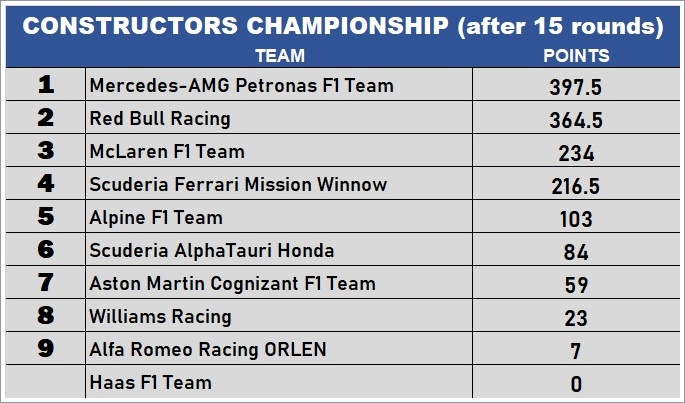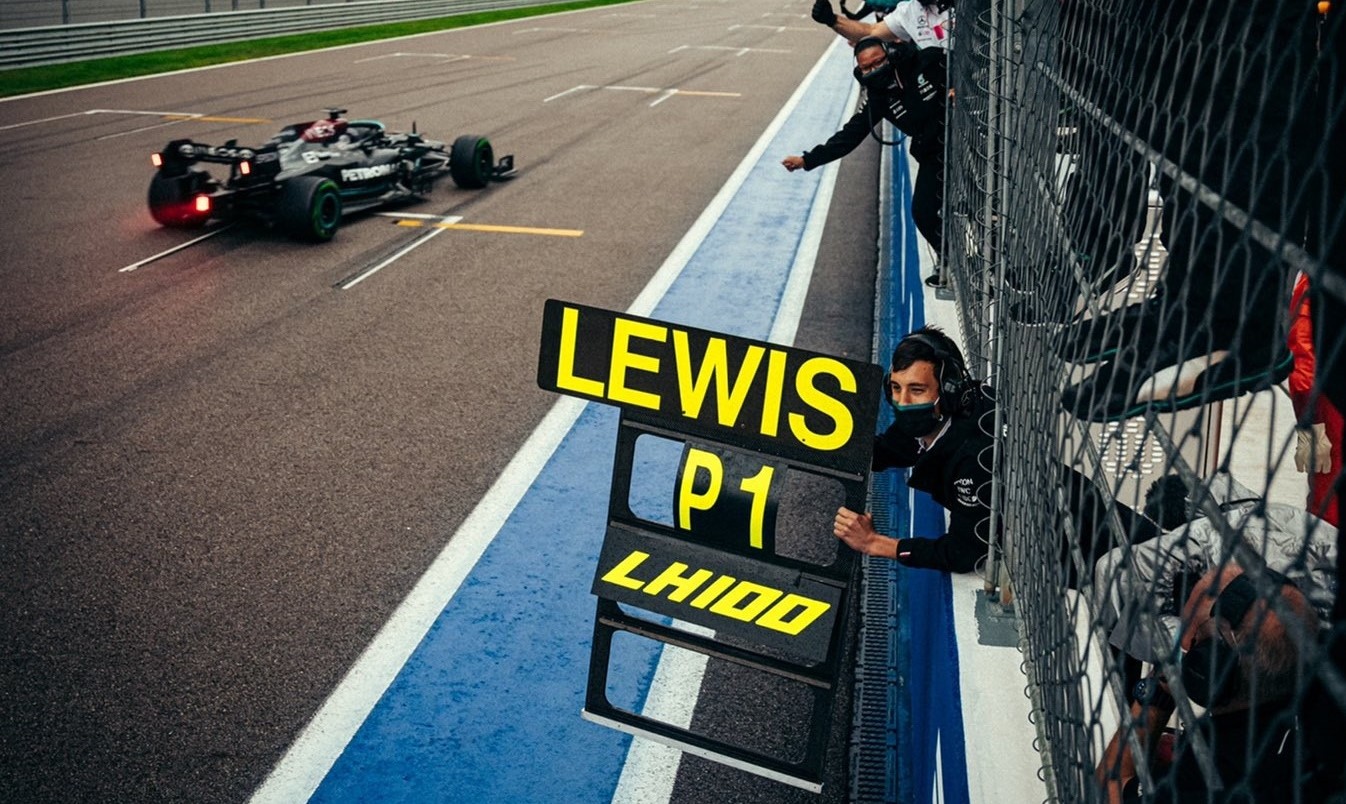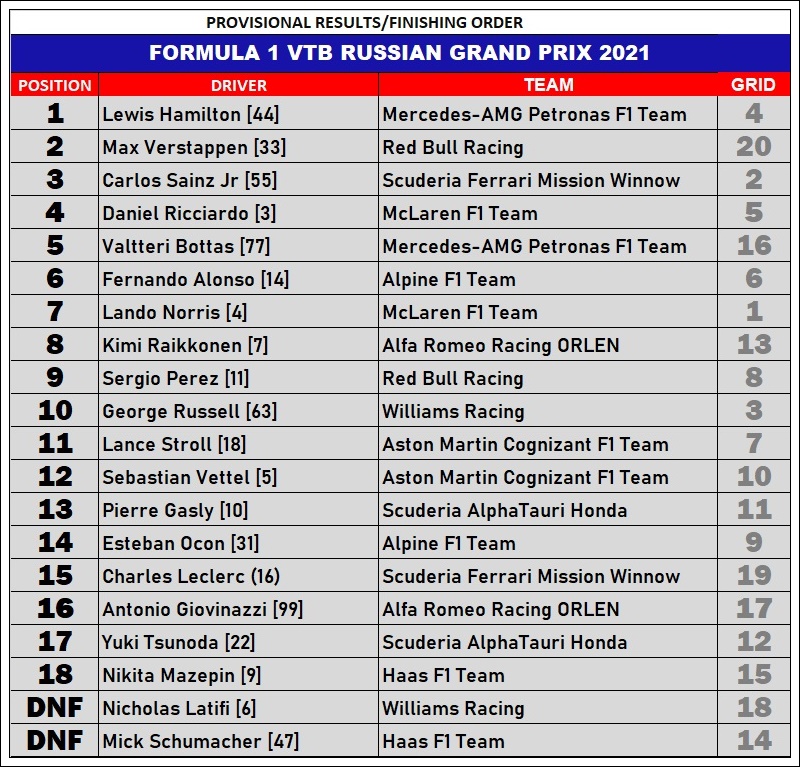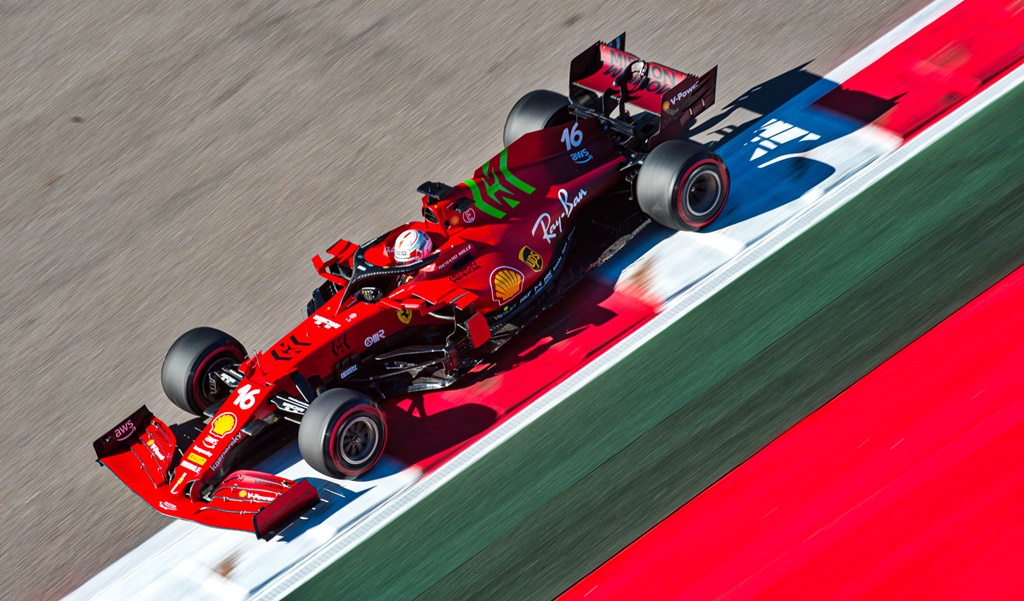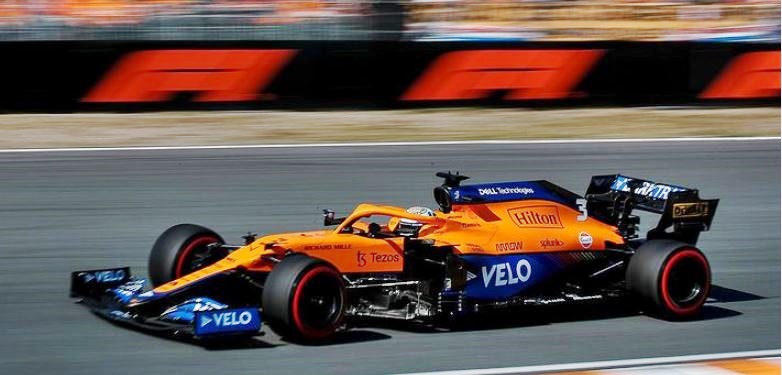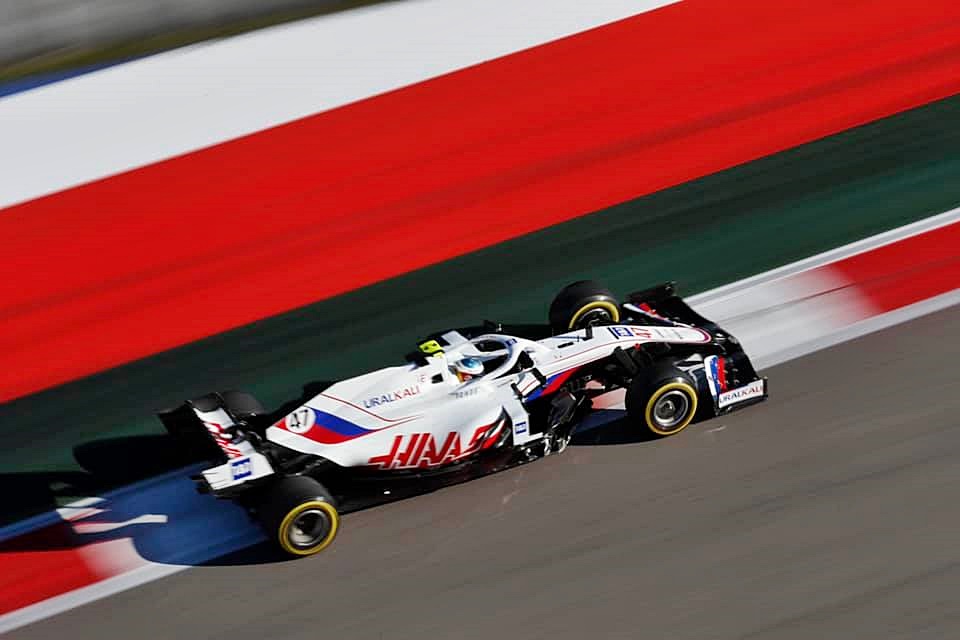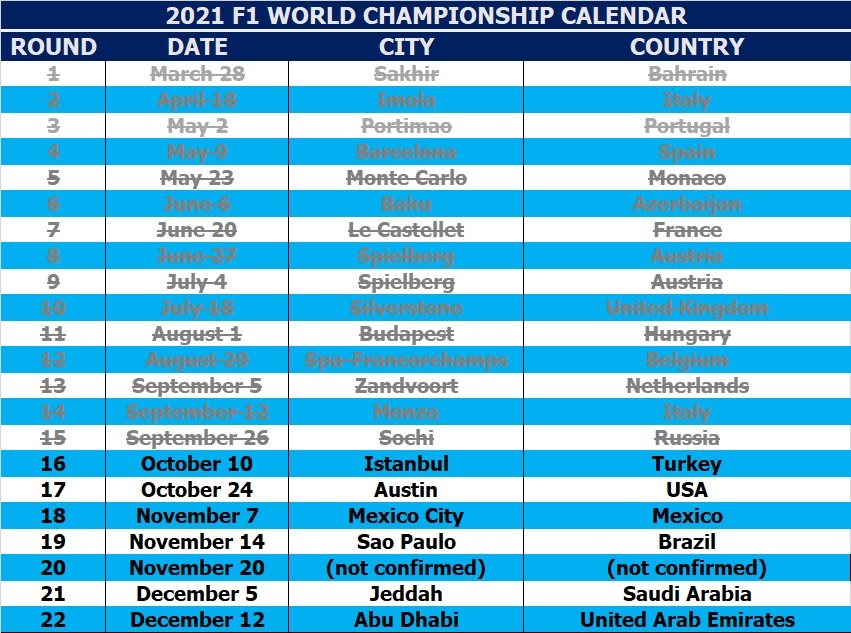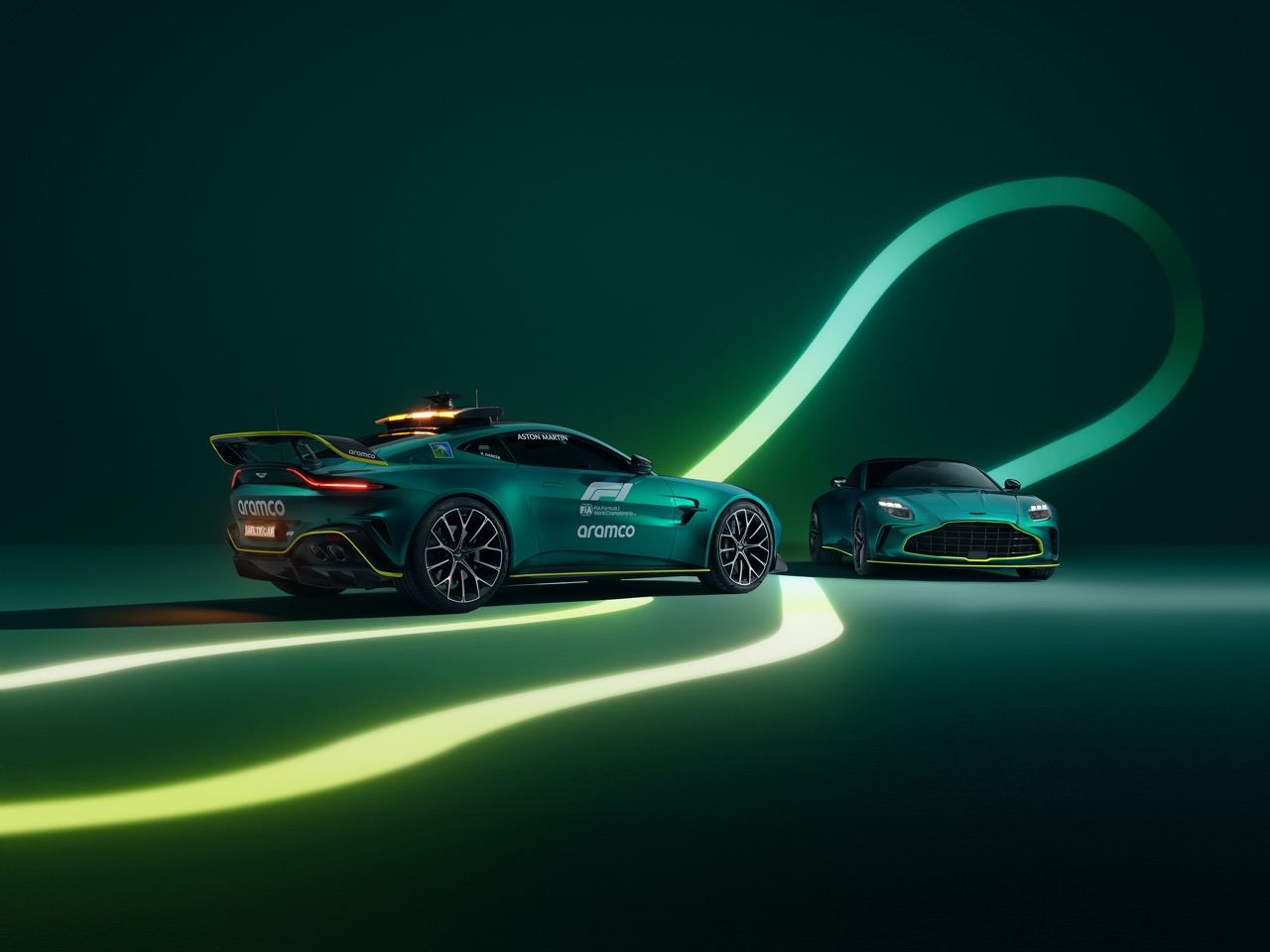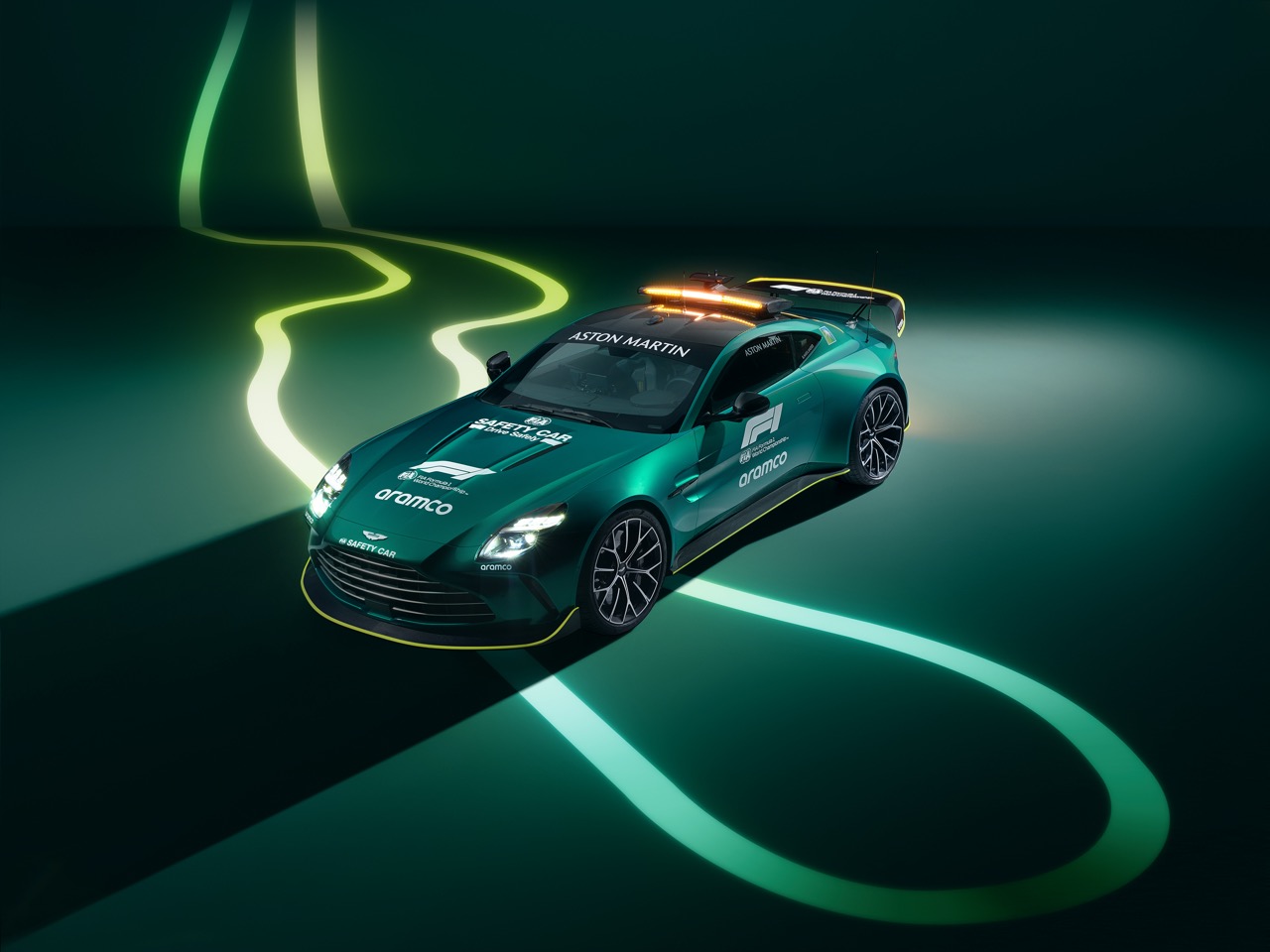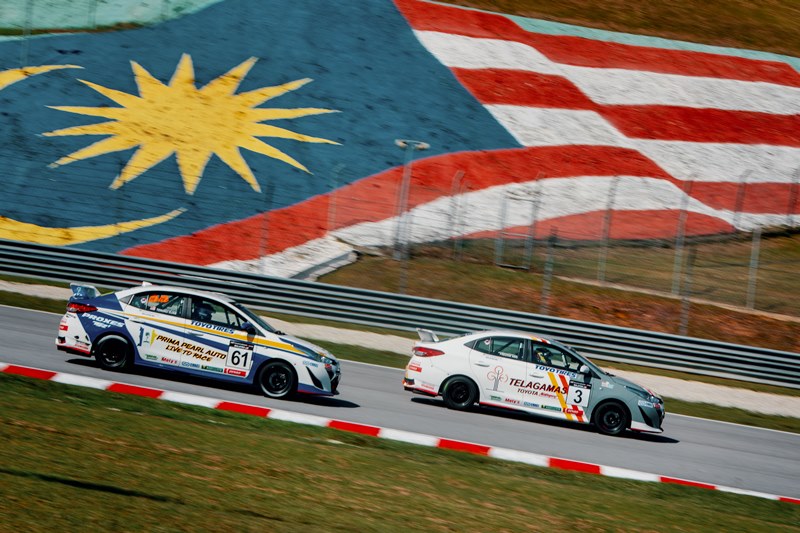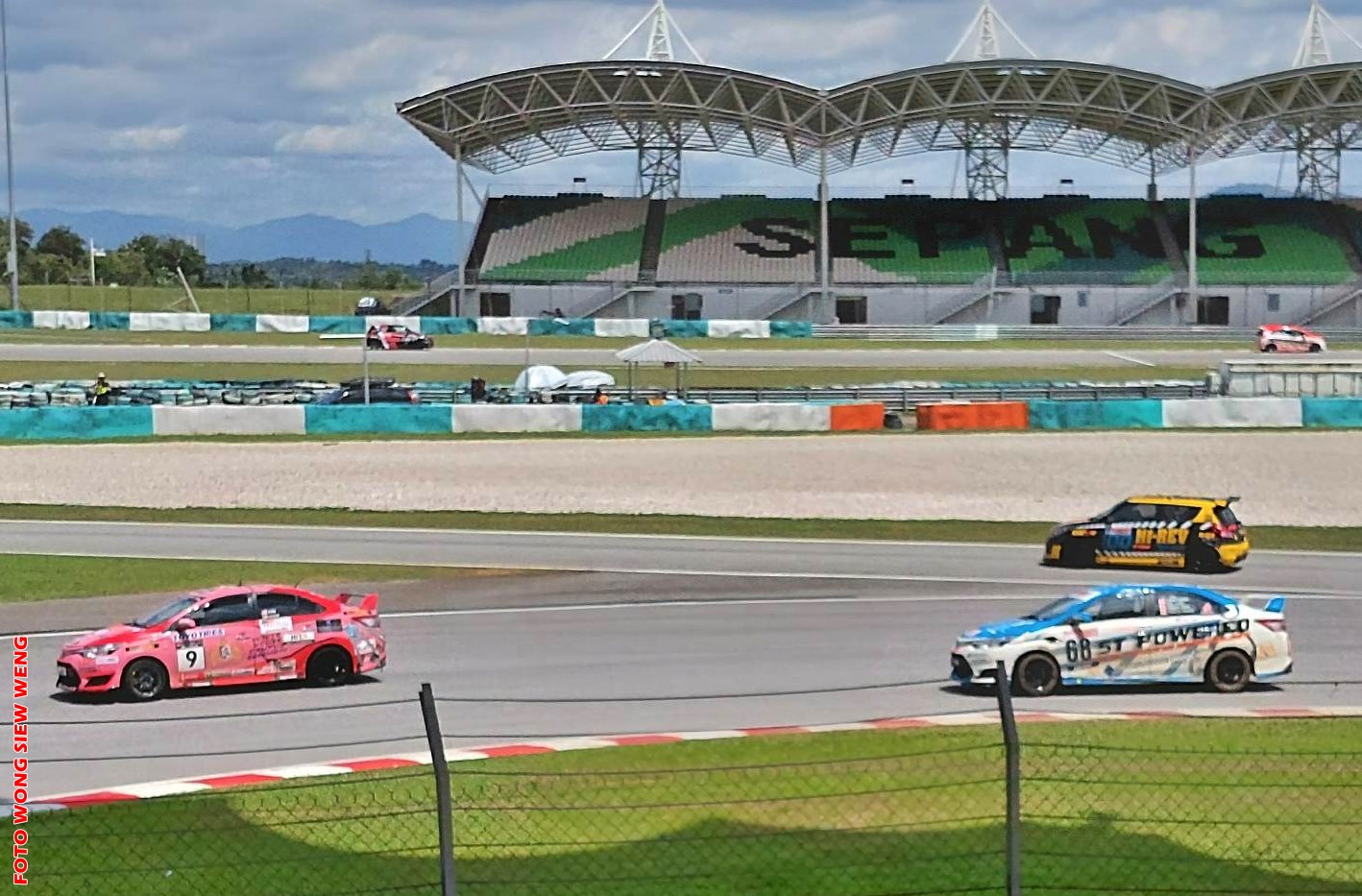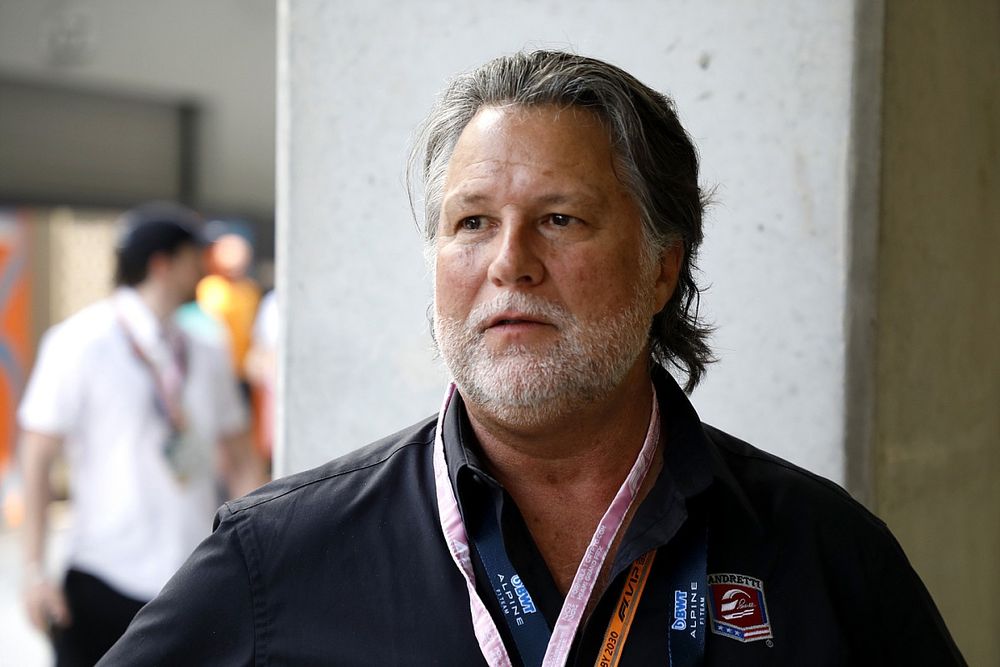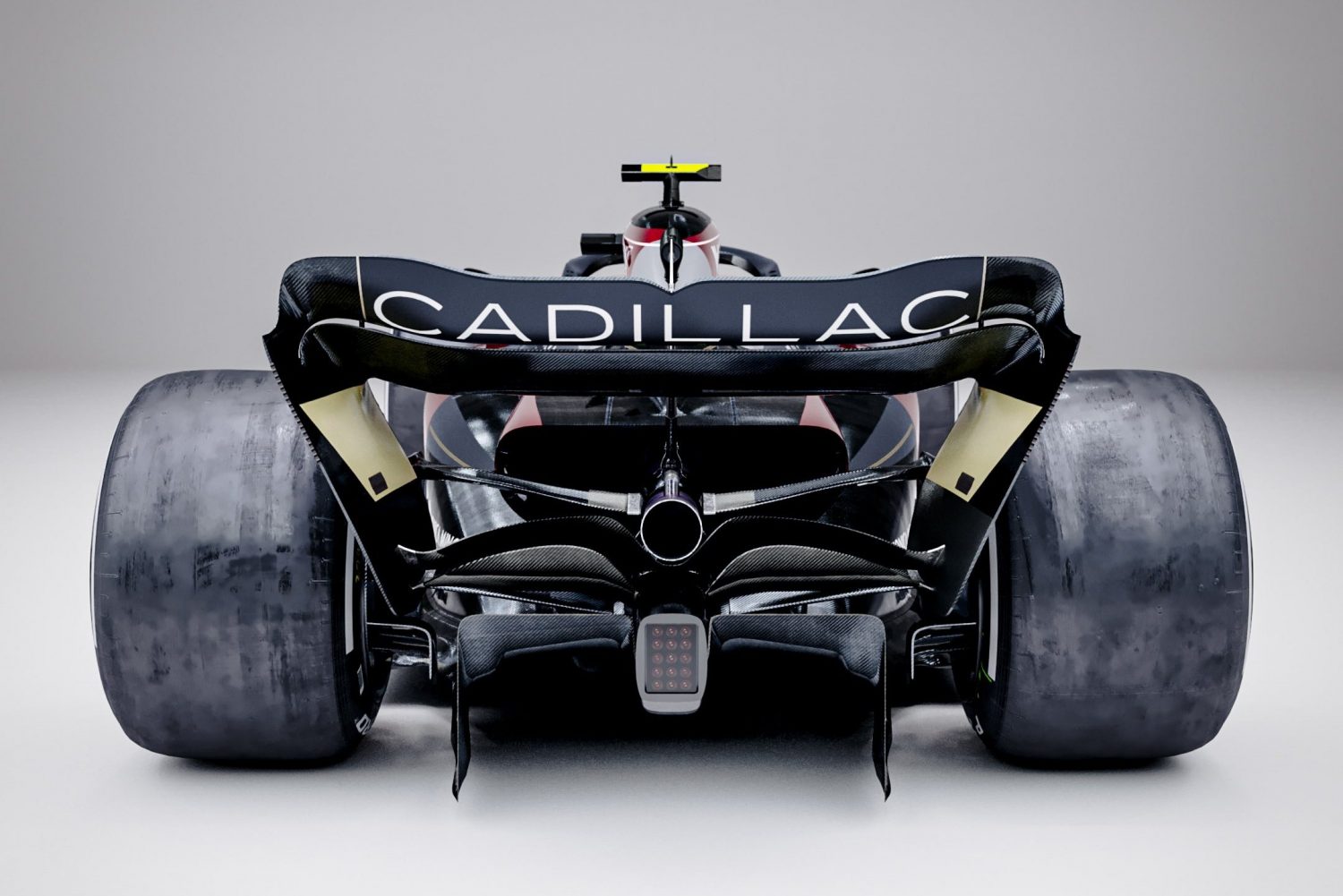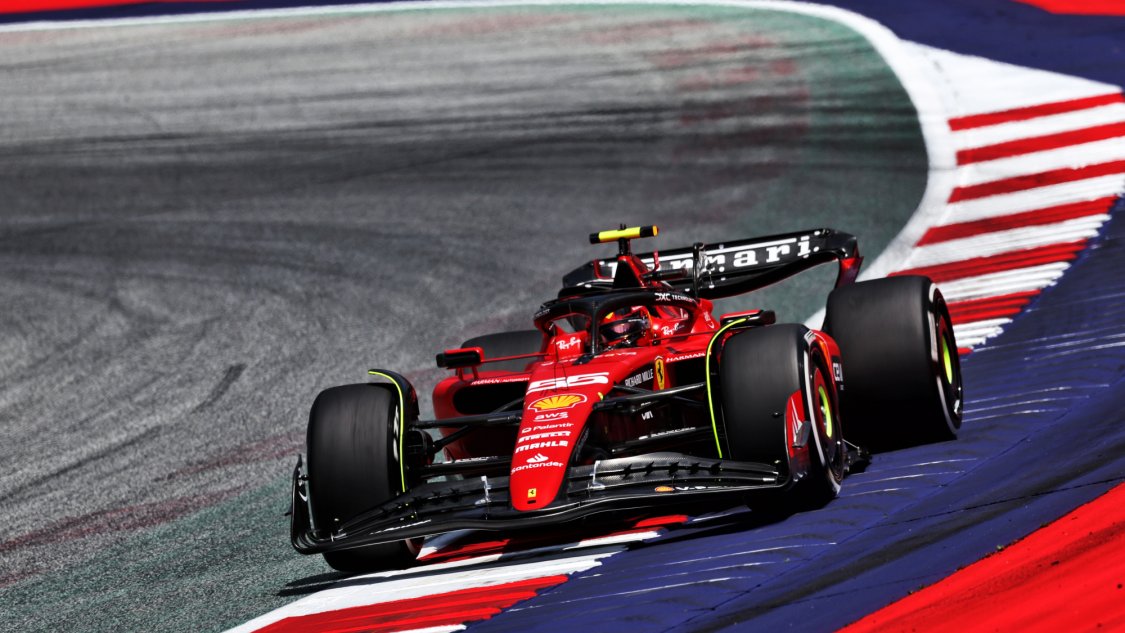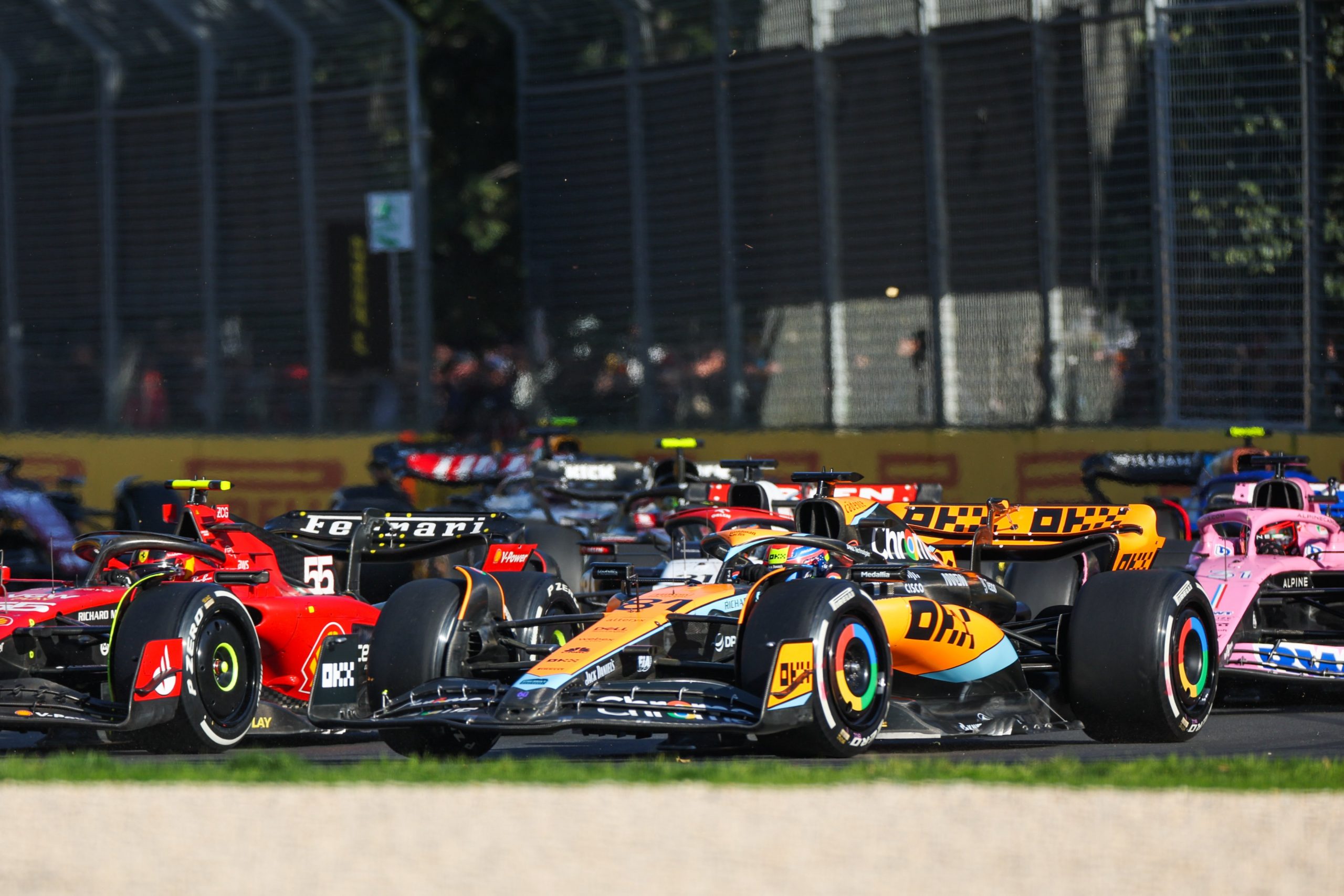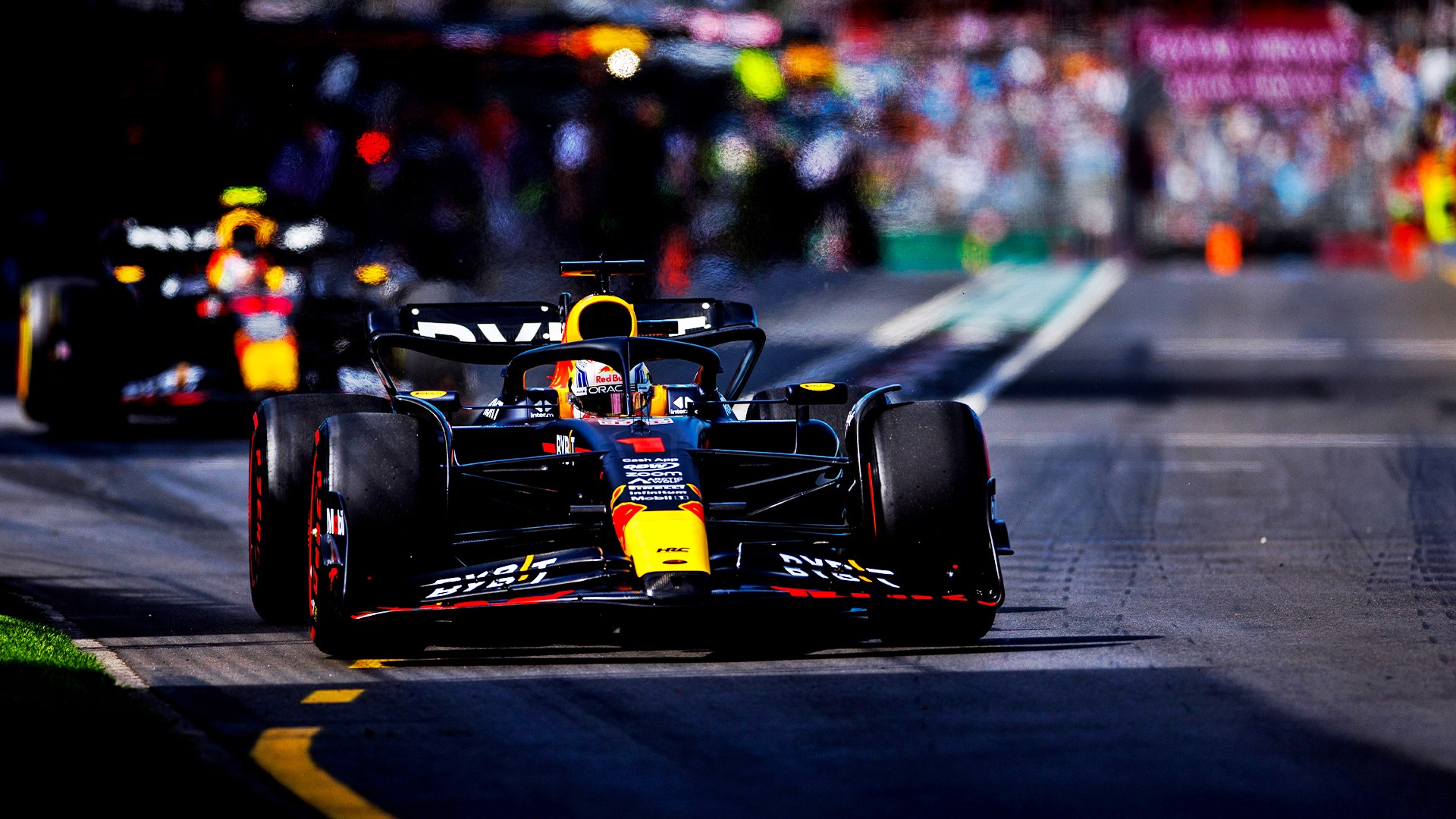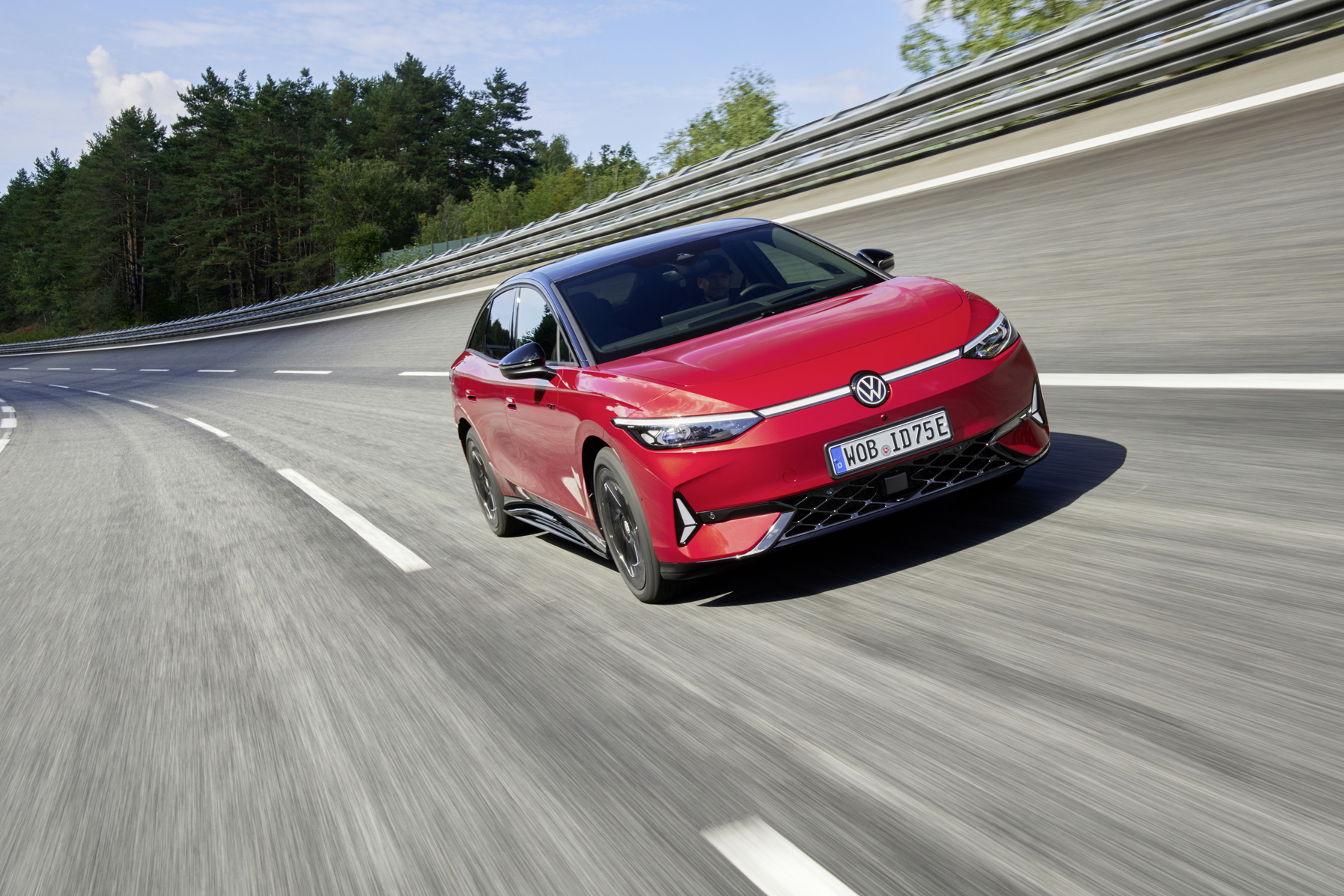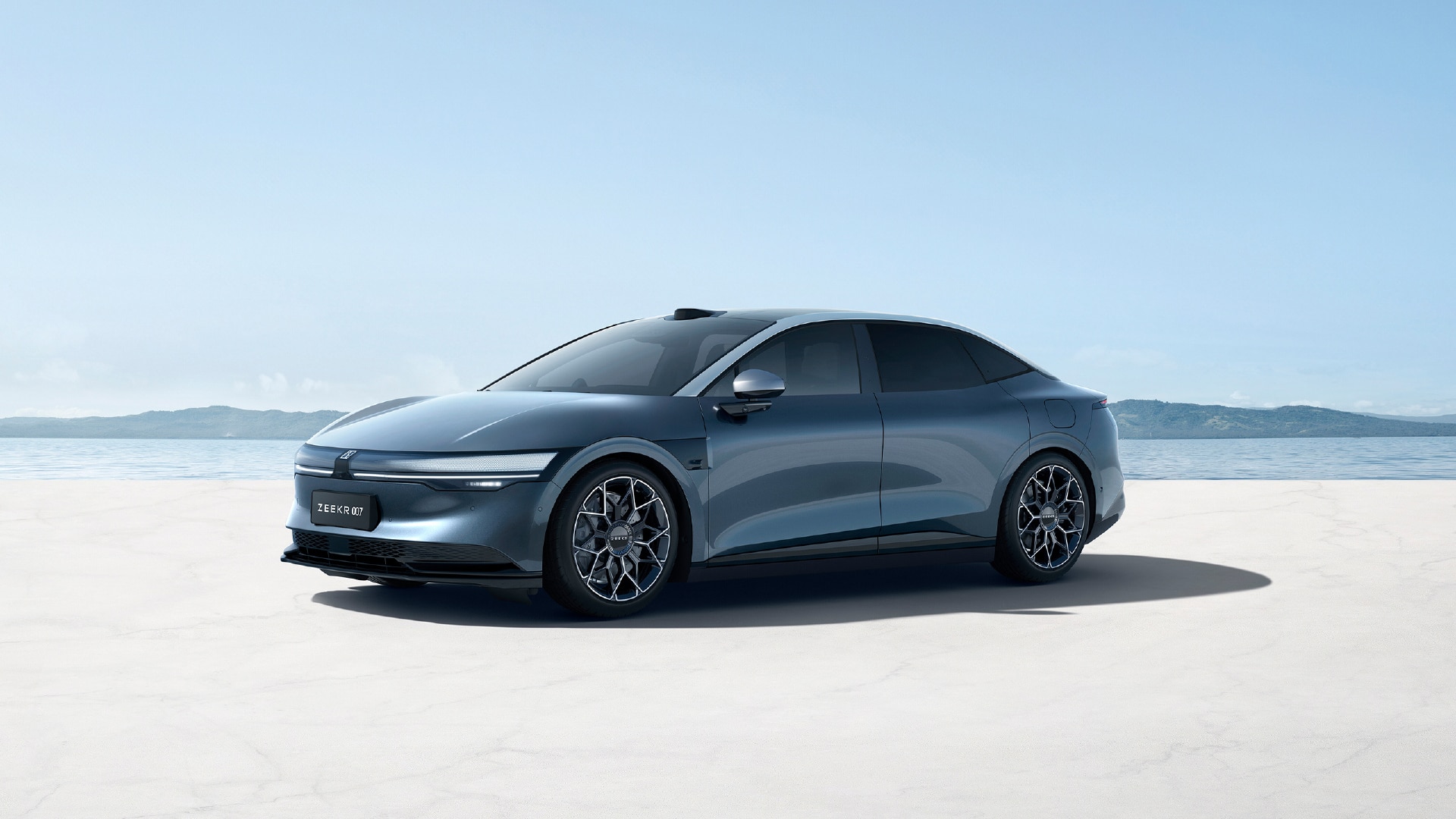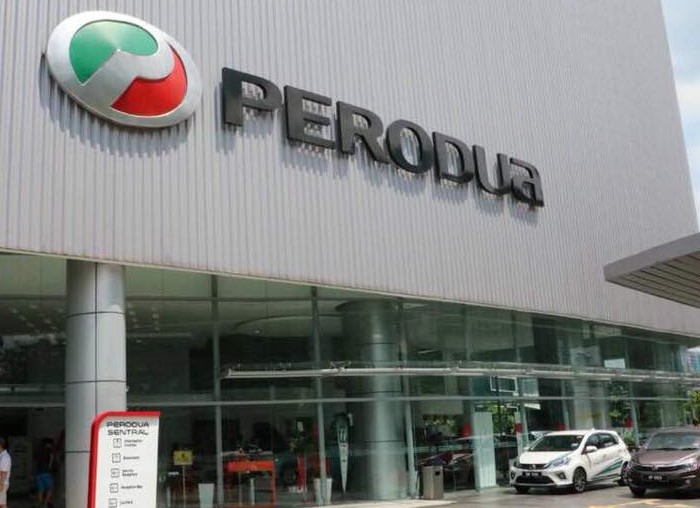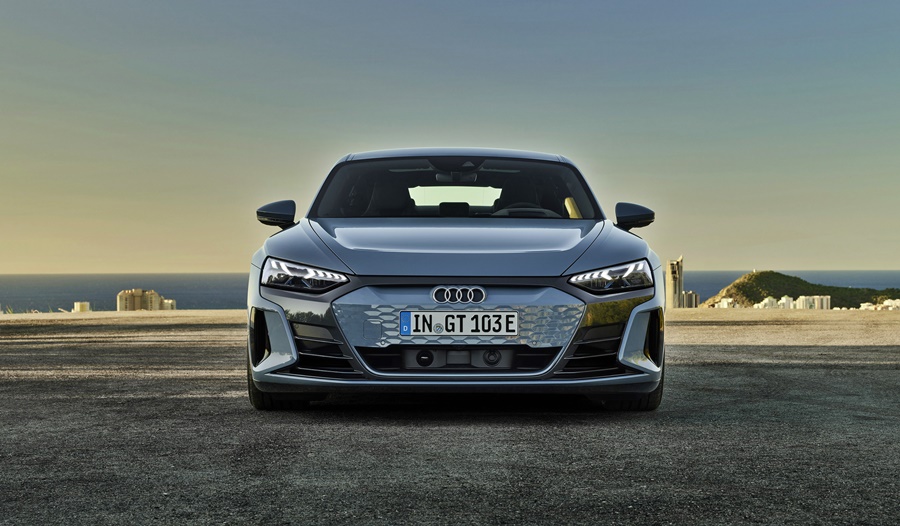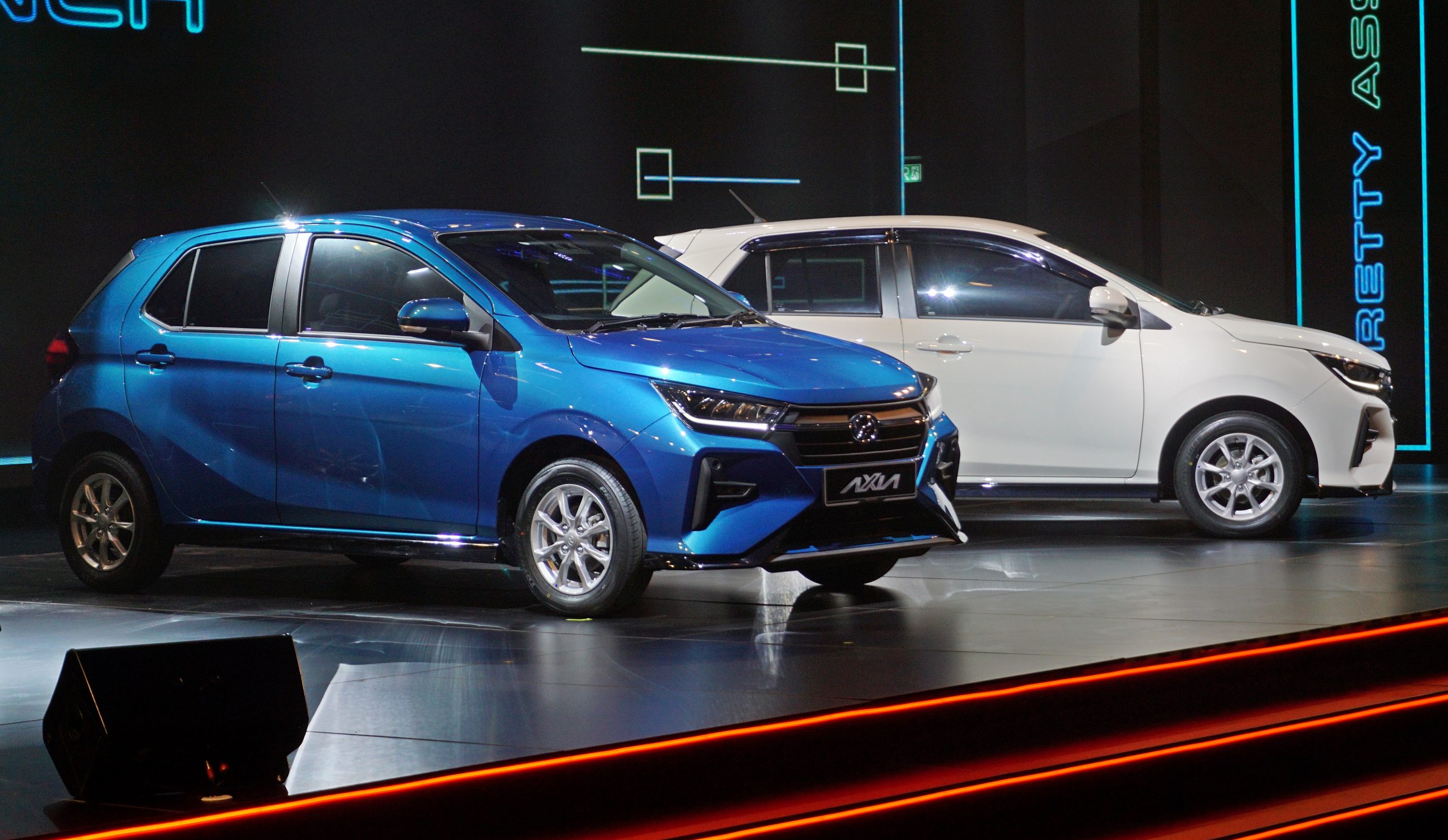Sprint Race starts at 4:30 pm in Brazil/3:30 am in Malaysia (Sunday) GP race starts 2:00 pm in Brazil/1:00 am in Malaysia (Monday)
After last weekend in Mexico City, the F1 teams continued 7,500 kms south to Brazil for Round 19 of the 2021 Formula 1 World Championship. This will be the last of the three rounds in the western hemisphere which started in Texas on October 25. This round is known as the Sao Paulo Grand Prix and is held at the Autodromo Jose Carlos Pace, usually referred to as Interlagos.
There was no race held last year due to the pandemic, so the teams have not been at the track for longer than usual. But they are familiar with it as it has been hosting F1 rounds since 1972. The events used to be called the Brazilian Grand Prix but for some reason, the organizers and FIA now use city names instead.
The short 4.309-km circuit (almost same as the circuit in Mexico City) has a tight layout which the drivers will go around for 71 laps. Its undulating sequence of mostly medium and low-speed corners have always presented tough technical challenges. It is also one of the relatively few circuits run anti-clockwise on the calendar. The short lap (around 1 minute 10 seconds) means that traffic can be an issue and there’s also a high safety car probability, so any race strategy needs to bear that in mind.
In 2019, when the last GP was held, Red Bull’s Max Verstappen won with a 3-stop strategy, following 2 Safety Car appearances at the end of the race. There were 3 different strategies in the top 4, with McLaren’s Carlos Sainz (fourth at the flag) stopping just once from last on the grid. Without the Safety Cars, a 2-stop strategy would have been the favoured tactic.
“Interlagos is an old-school track that keeps drivers and tyres busy and often produces some dramatic races, as we saw last time,” said Pirelli’s Mario Isola, adding that the weather is another variable factor and it can be very hot or very wet. “As a result, this year’s more versatile tyre selection should be able to cope with all the wide-ranging demands of the race and provide some different strategies.”
For this round, as in the British GP in July and the Italian GP in September, there is also a sprint race to offer additional excitement for spectators and also a different challenge for the teams. The Sprint Qualifying Race, which was well received by the drivers, is 100 kms long. Being run over a shorter distance, drivers will be flat out from start to finish, with no pit stops needed. The best effort will be necessary as the finishing order will determine the starting positions for the main race, so there is a chance to improve on the position gained in Qualifying. There are also points for the top 3 finishers of the race.
In Qualifying, Lewis Hamilton took pole position for the Sprint Race to be held on Saturday afternoon in Brazil. But because of an engine change, he will get a 5-place grid penalty for the main race on Sunday. Verstappen, who was 4/10ths of a second slower will start in second, with Valtteri Bottas in third and Serio Perez in fourth on the grid.
However, there is more tension at this time at Interlagos as both Hamilton and Verstappen have been referred to the Race Stewards for different matters. In Hamilton’s case, there is an alleged technical infringement regarding the rear wing on his car.
Verstappen could be in trouble relating to the FIA’s International Sporting Code concerning rules on working on the cars after Qualifying. Video footage shows him getting out of his car and walking to check on his own rear wing and then walking over to Hamilton’s car and also examining it and seemingly touching it. Article 2.5.1 of the Sporting Code states that ‘no operation, checking, tuning or repair is allowed’ but what sort of penalty the Red Bull driver will get remains uncertain.
At the time of writing, the rest of the world still doesn’t know the outcome but starting from the front row has proven historically important. Out of the 20 races run since 2000, 16 of them have been won by the driver who started from the front row. For Hamilton, already resigned to starting 5 places back even if he wins the Sprint Race, worse could come if the issue of the wing leads to another penalty.
As things stand after Mexico, Verstappen’s win moved him to a 19-point lead over Hamilton in the Drivers Championship. After finishing third, the other Red Bull driver, Sergio Perez, has moved closer to third-positioned Valtteri Bottas.
The double podium in Mexico for Red Bull also saw the gap narrowing to just one point in the Constructors Championship between leaders Mercedes-AMG and Red Bull Racing. The battle for third is also close after Ferrari collected a total of 18 points which moved the team ahead of McLaren with a 13.5-point advantage.





